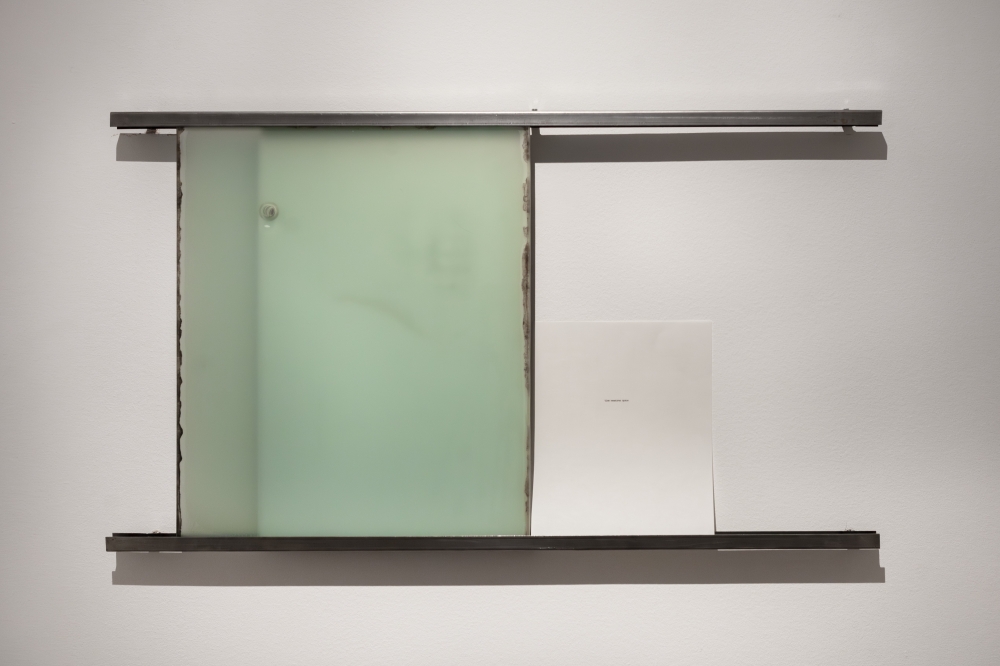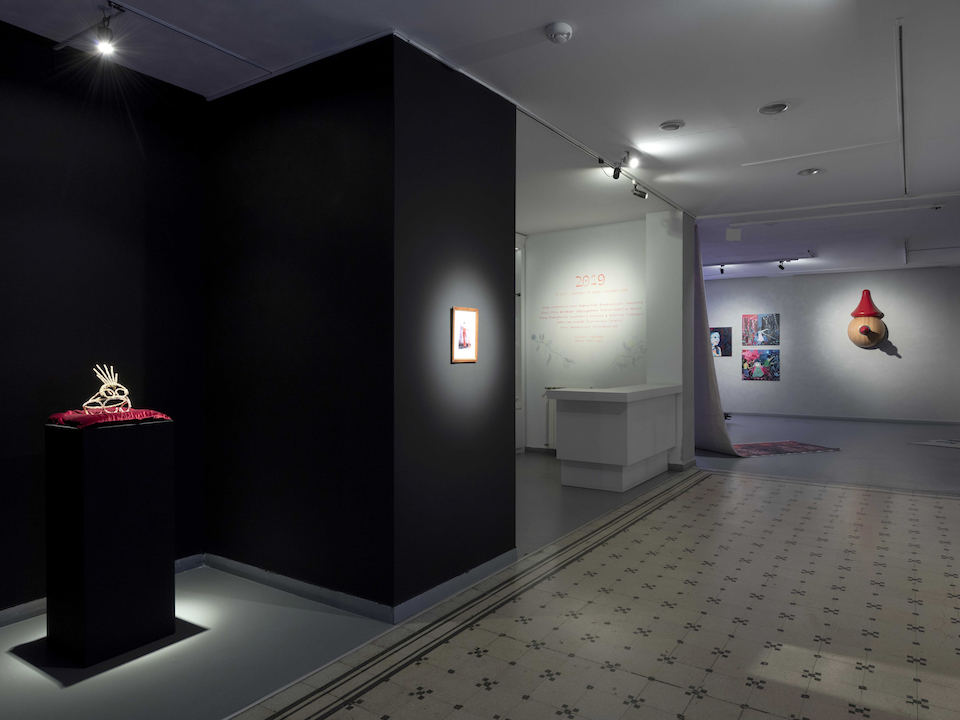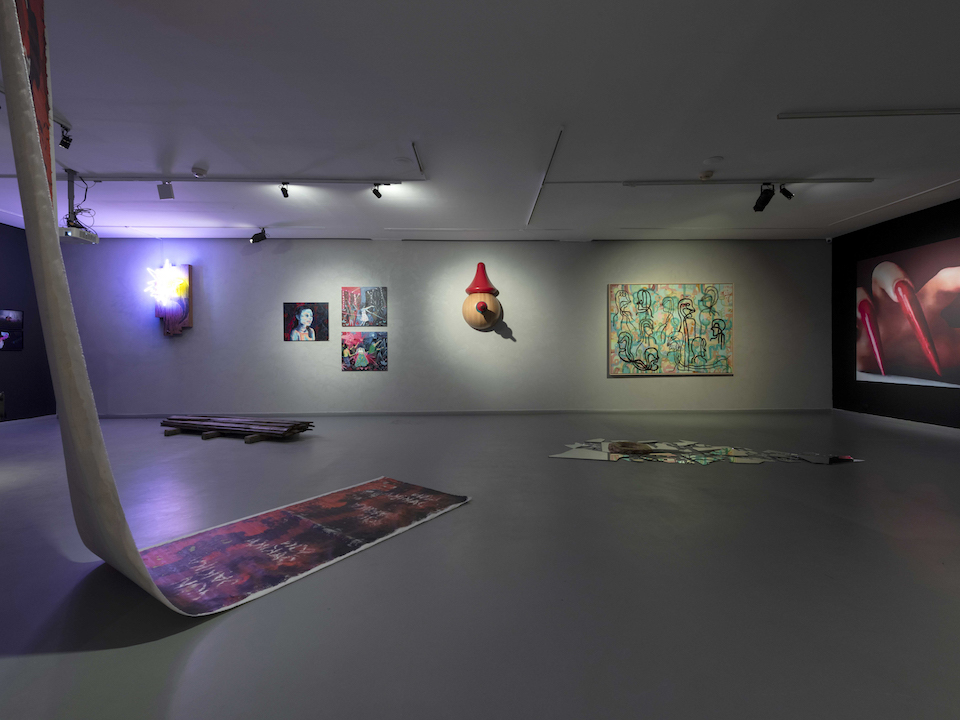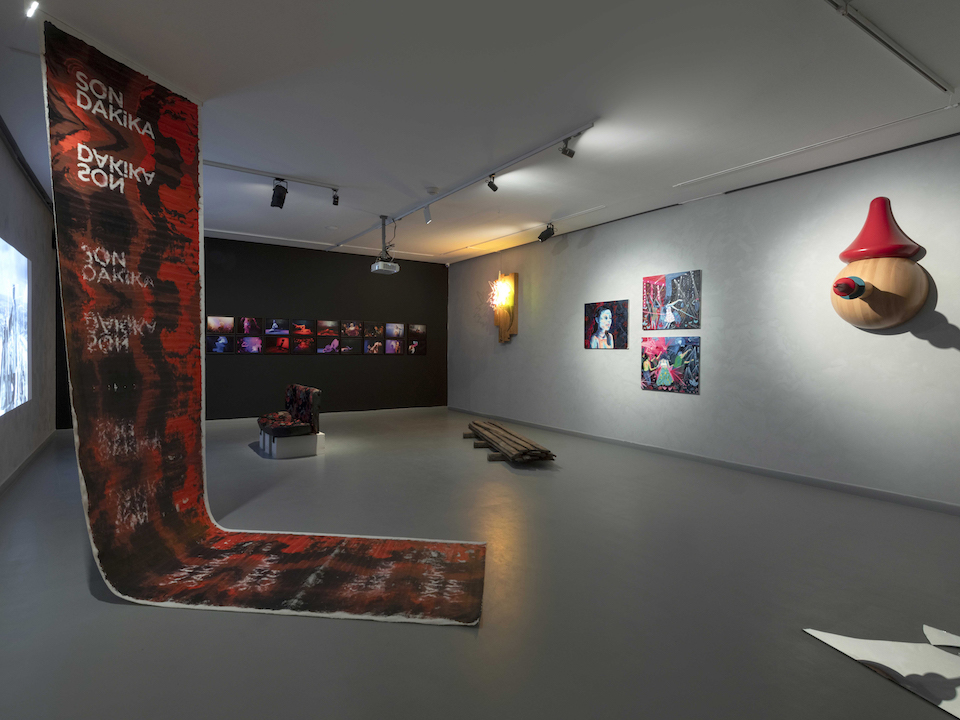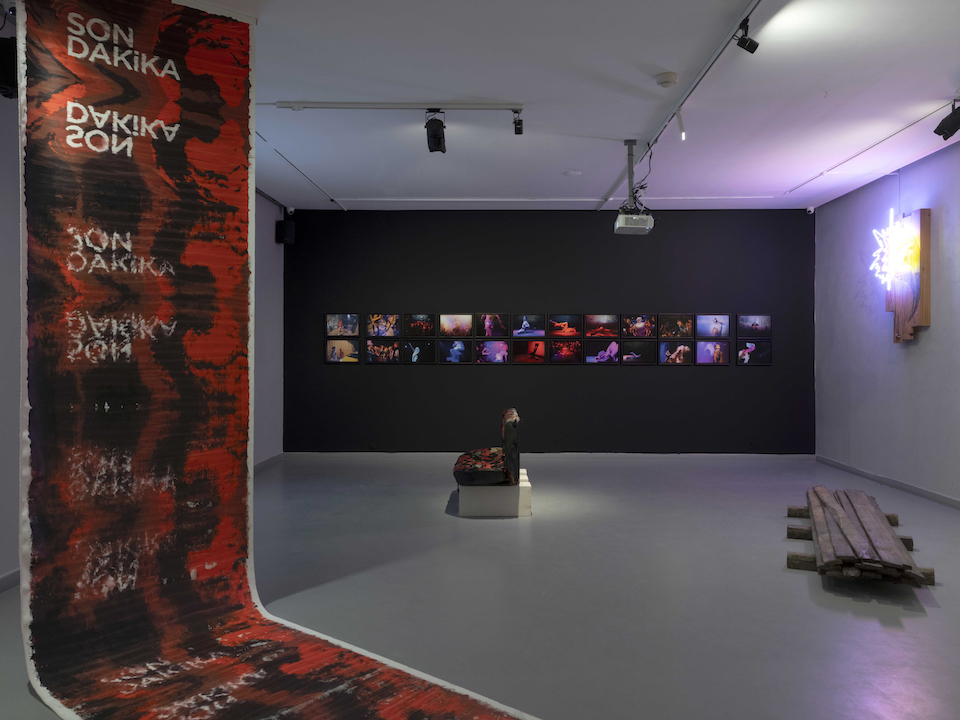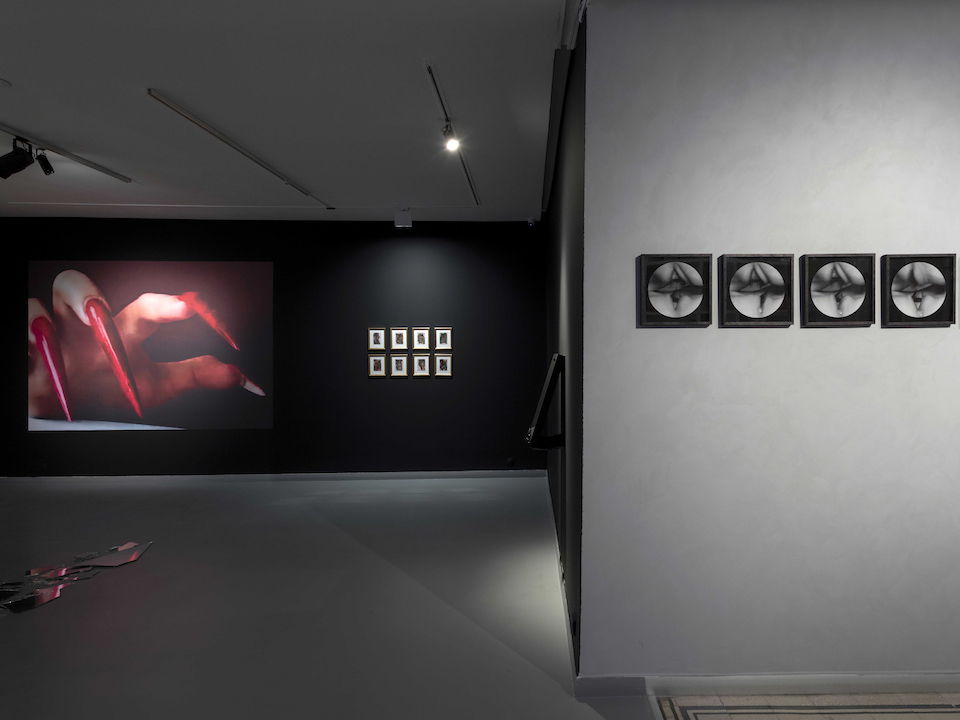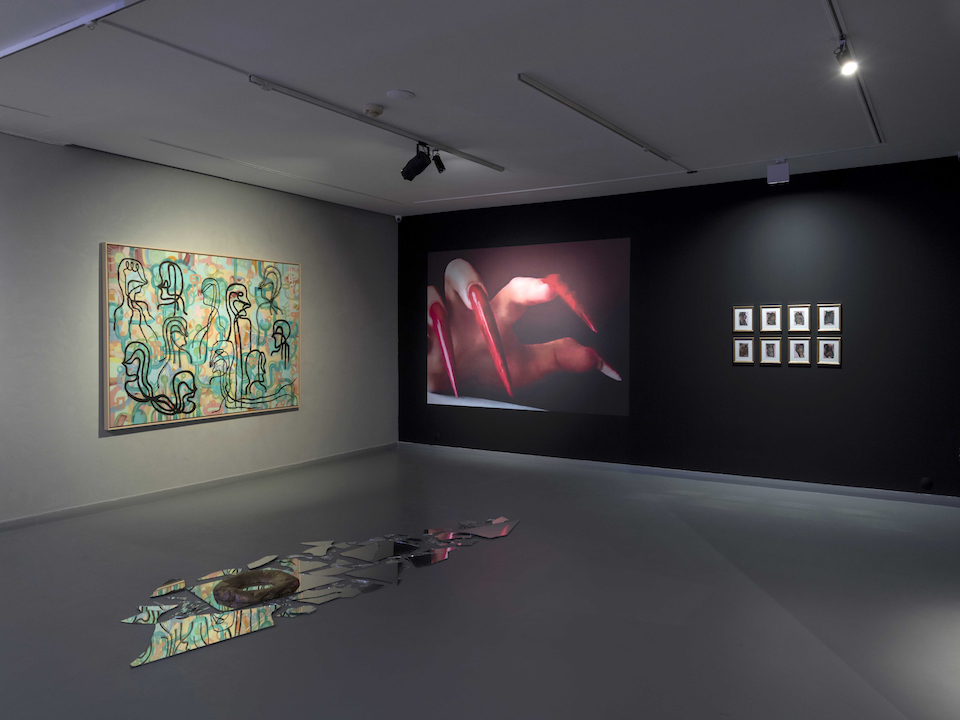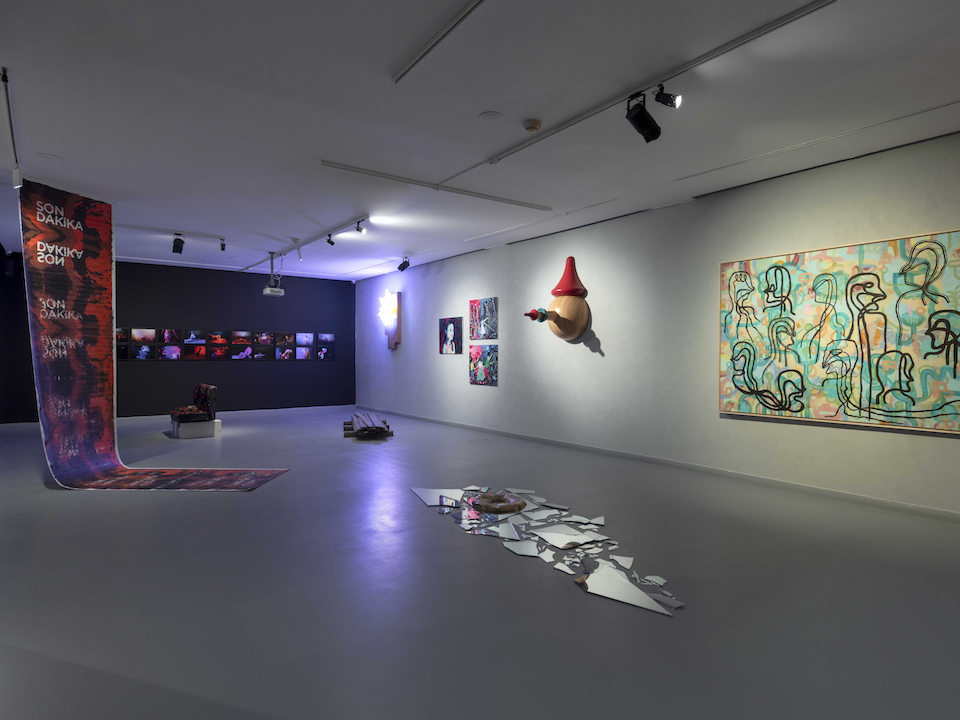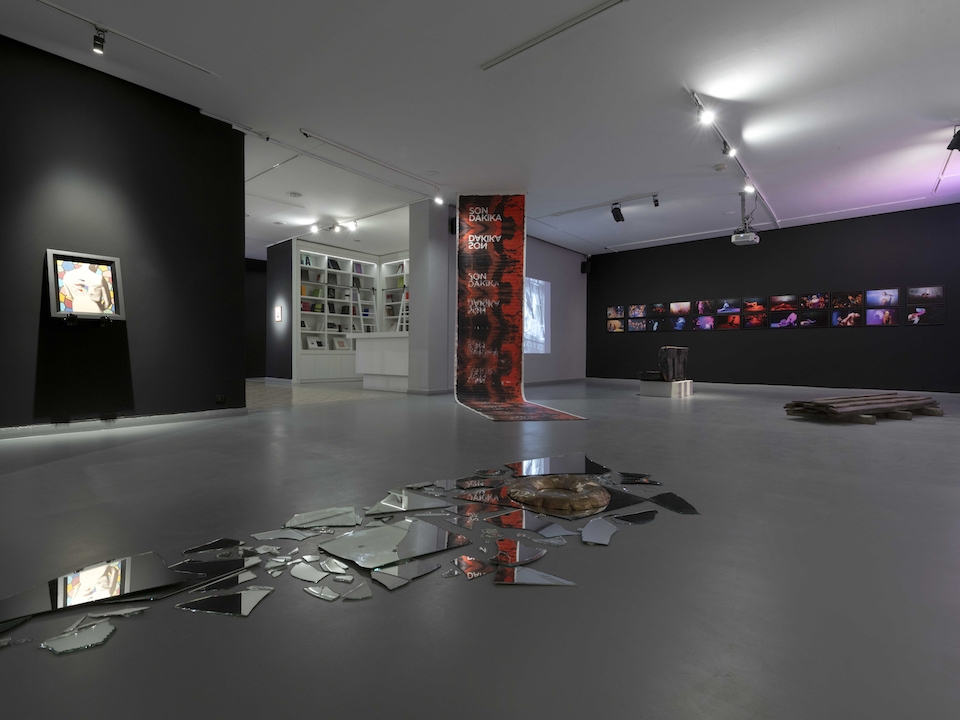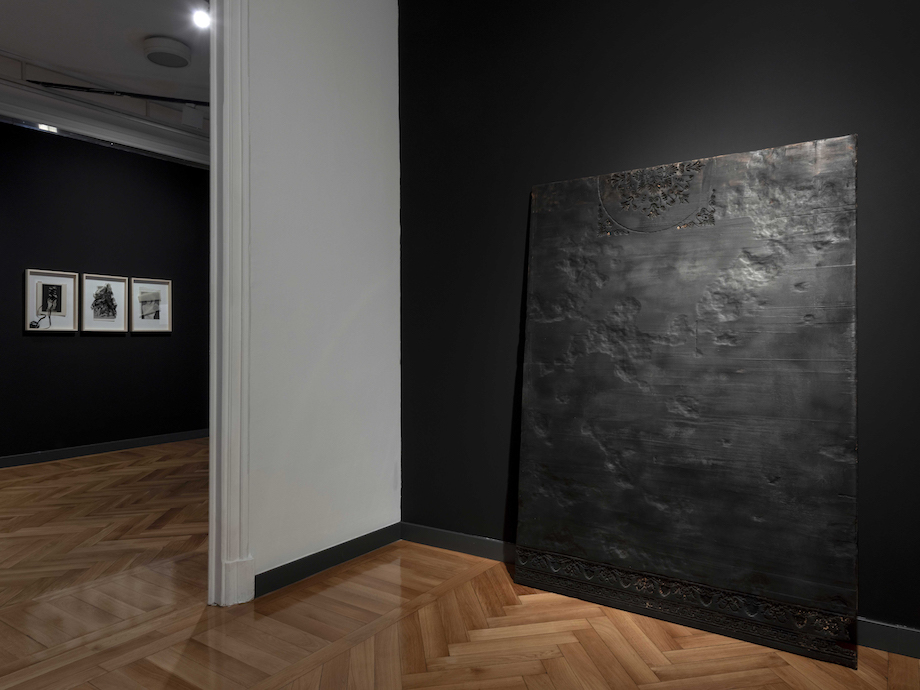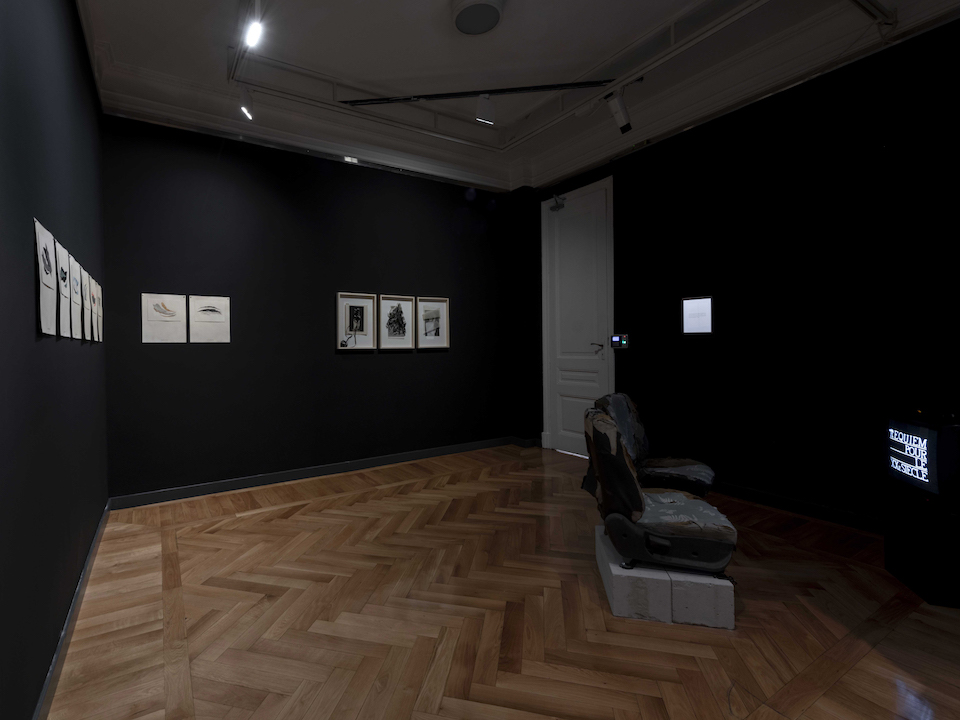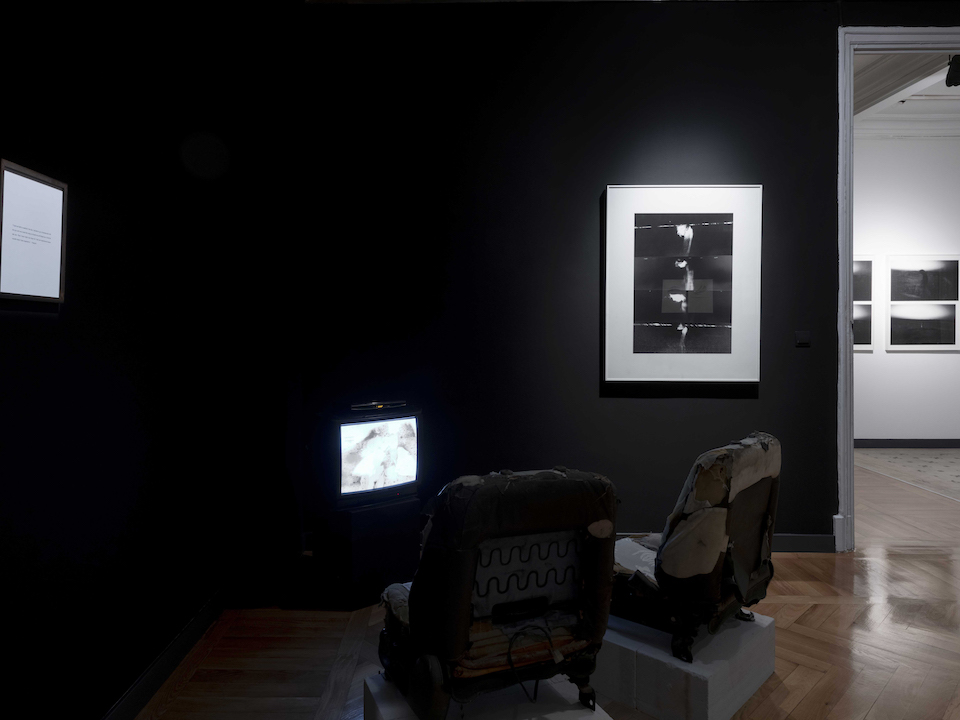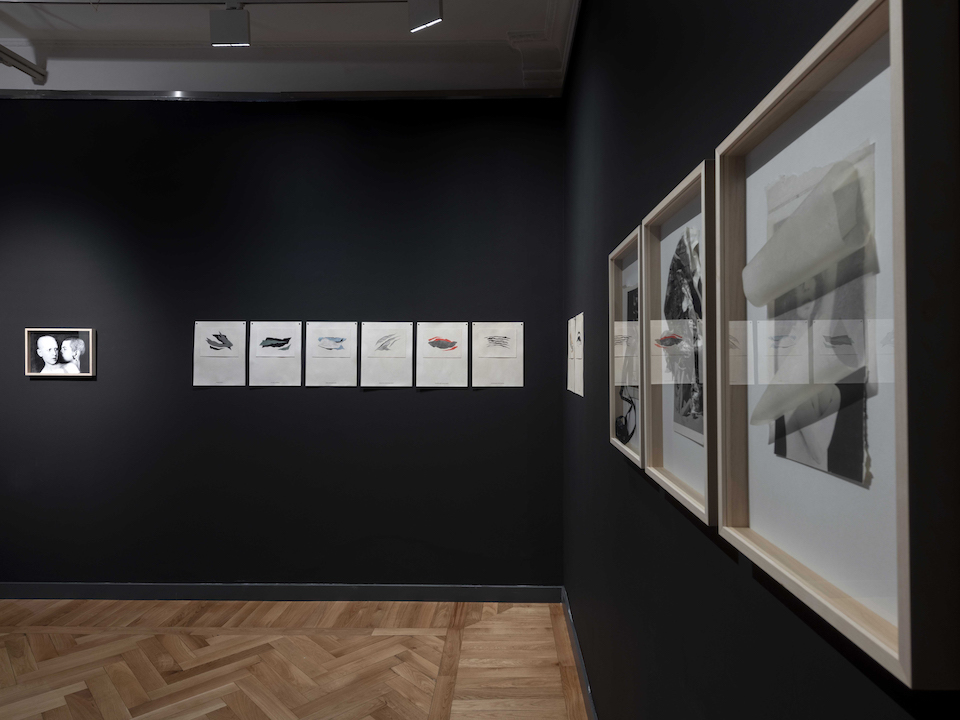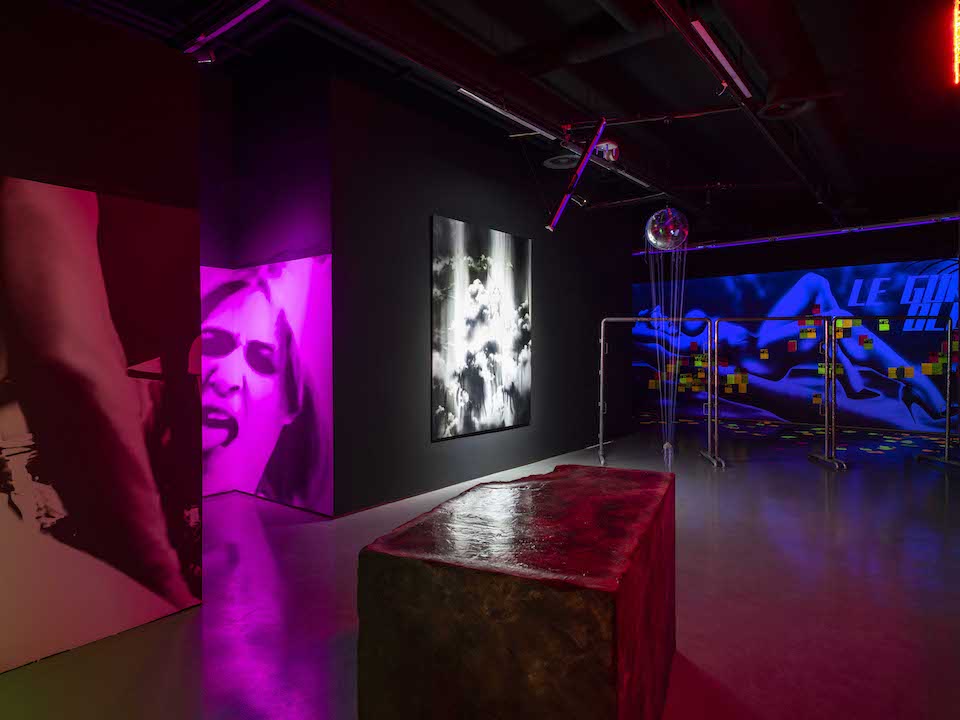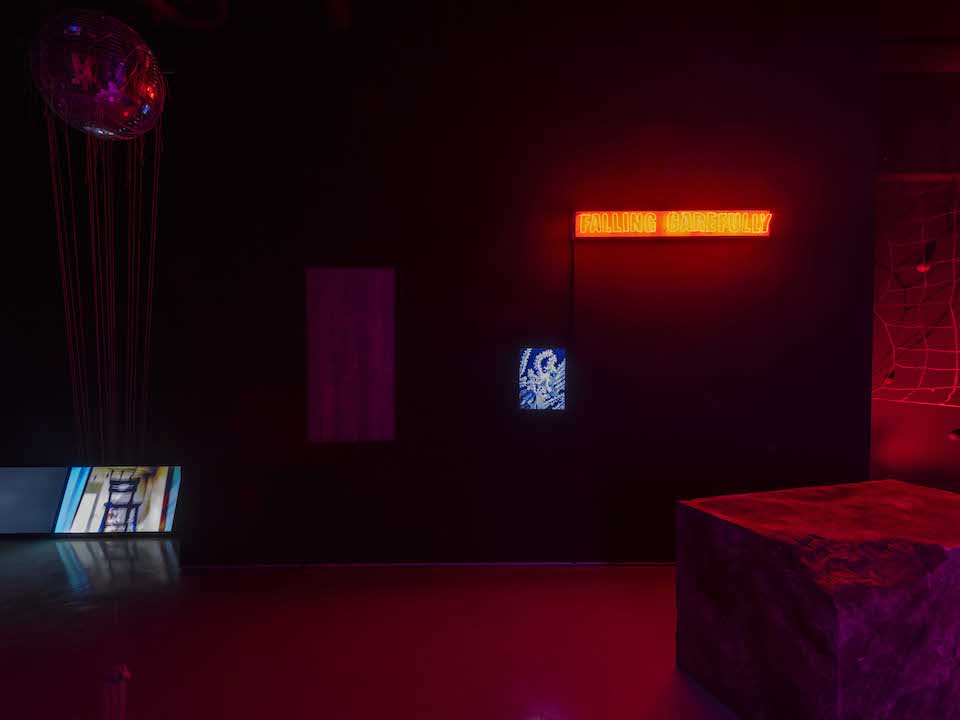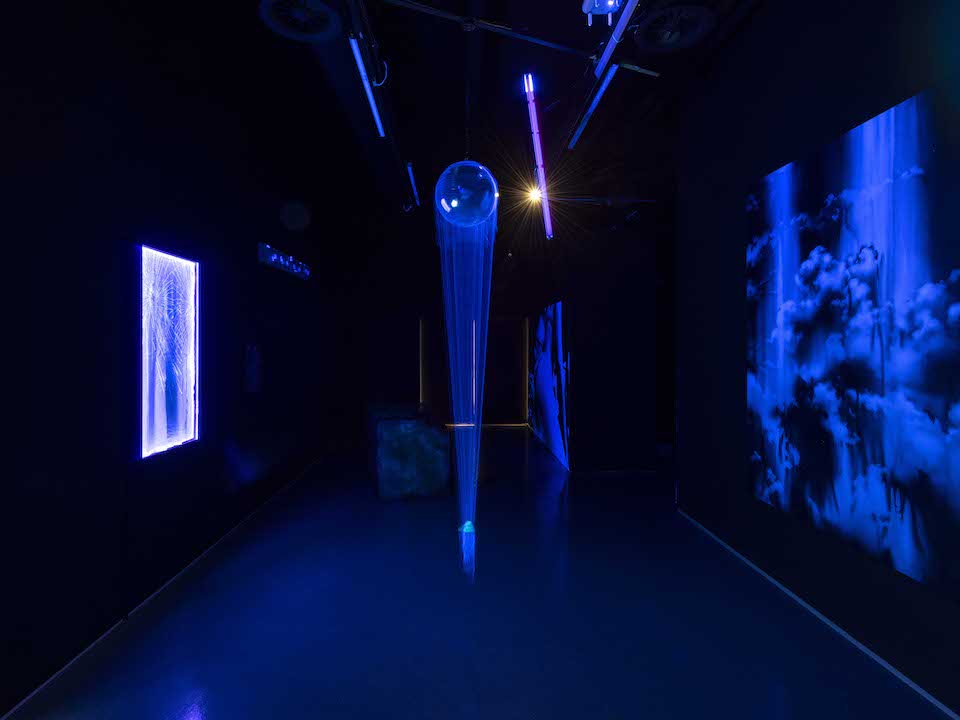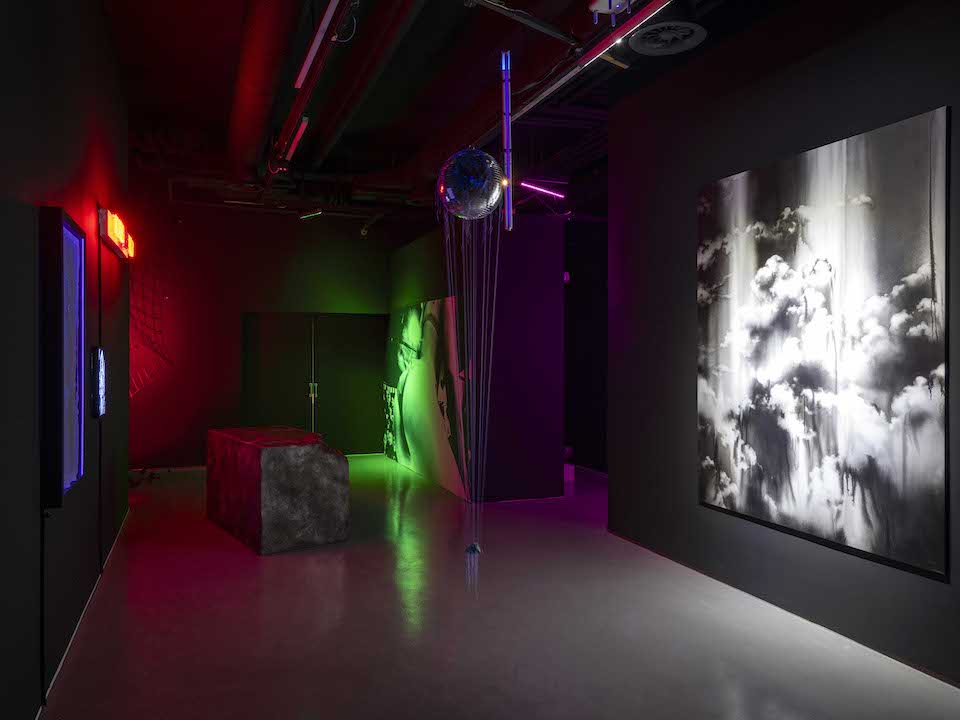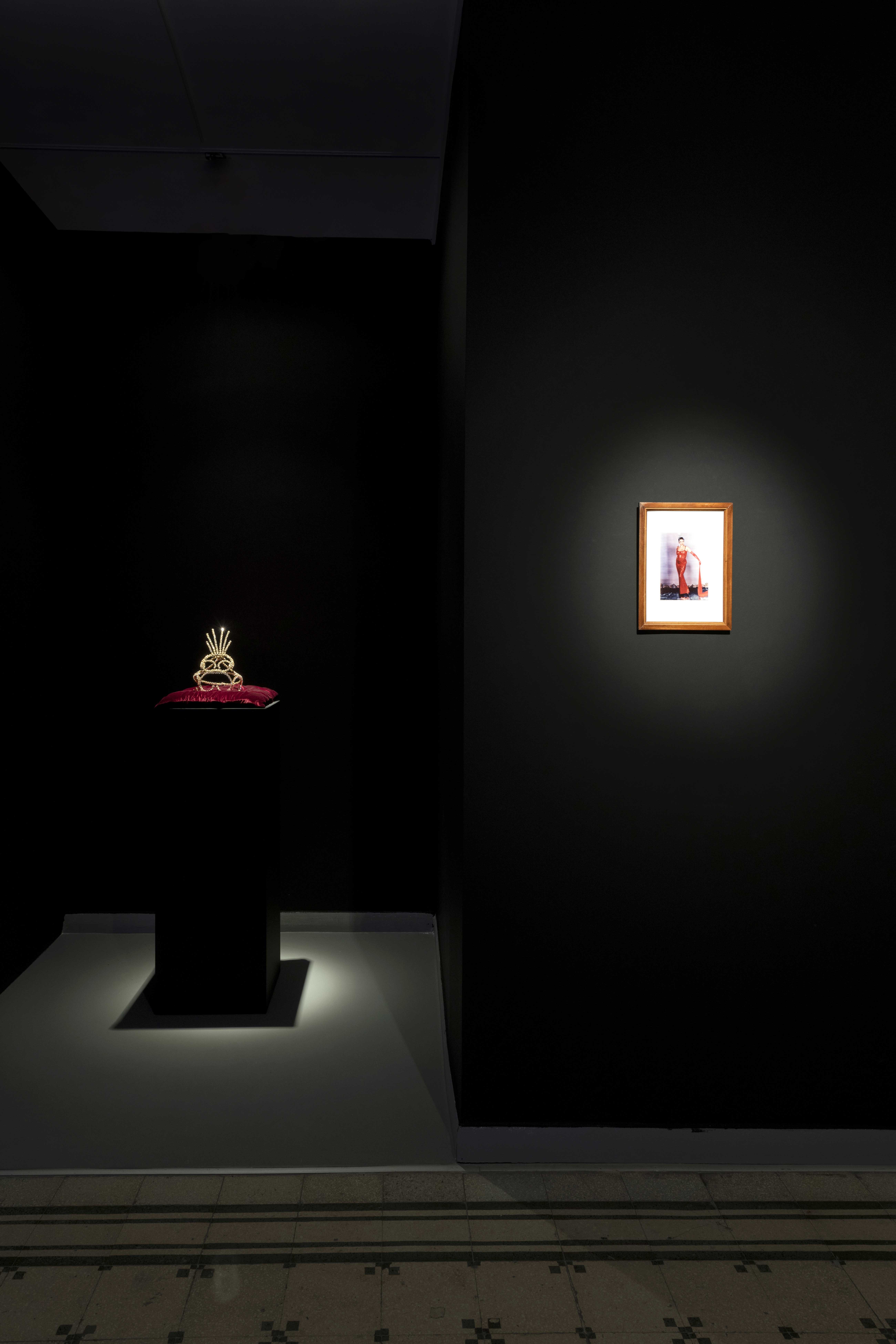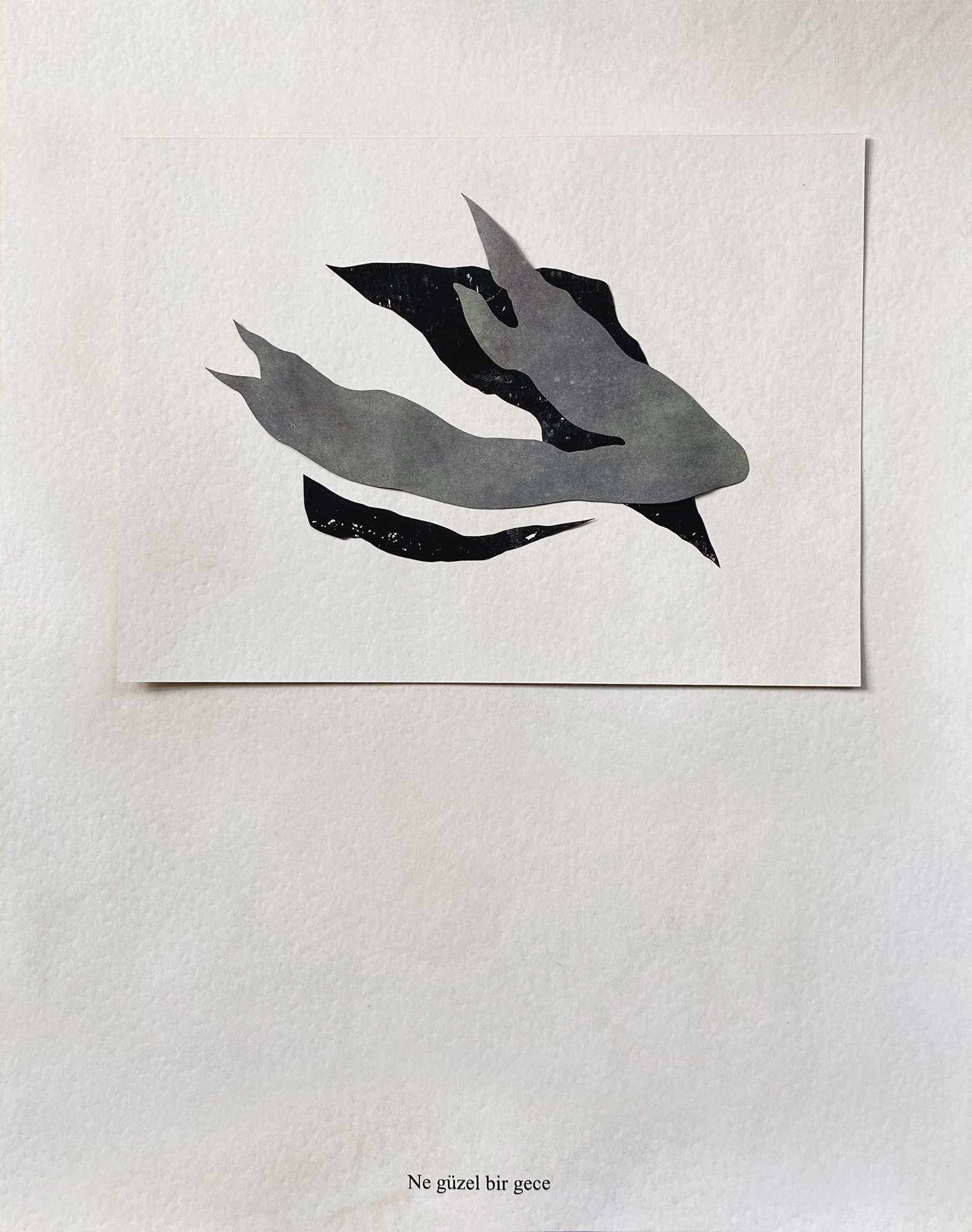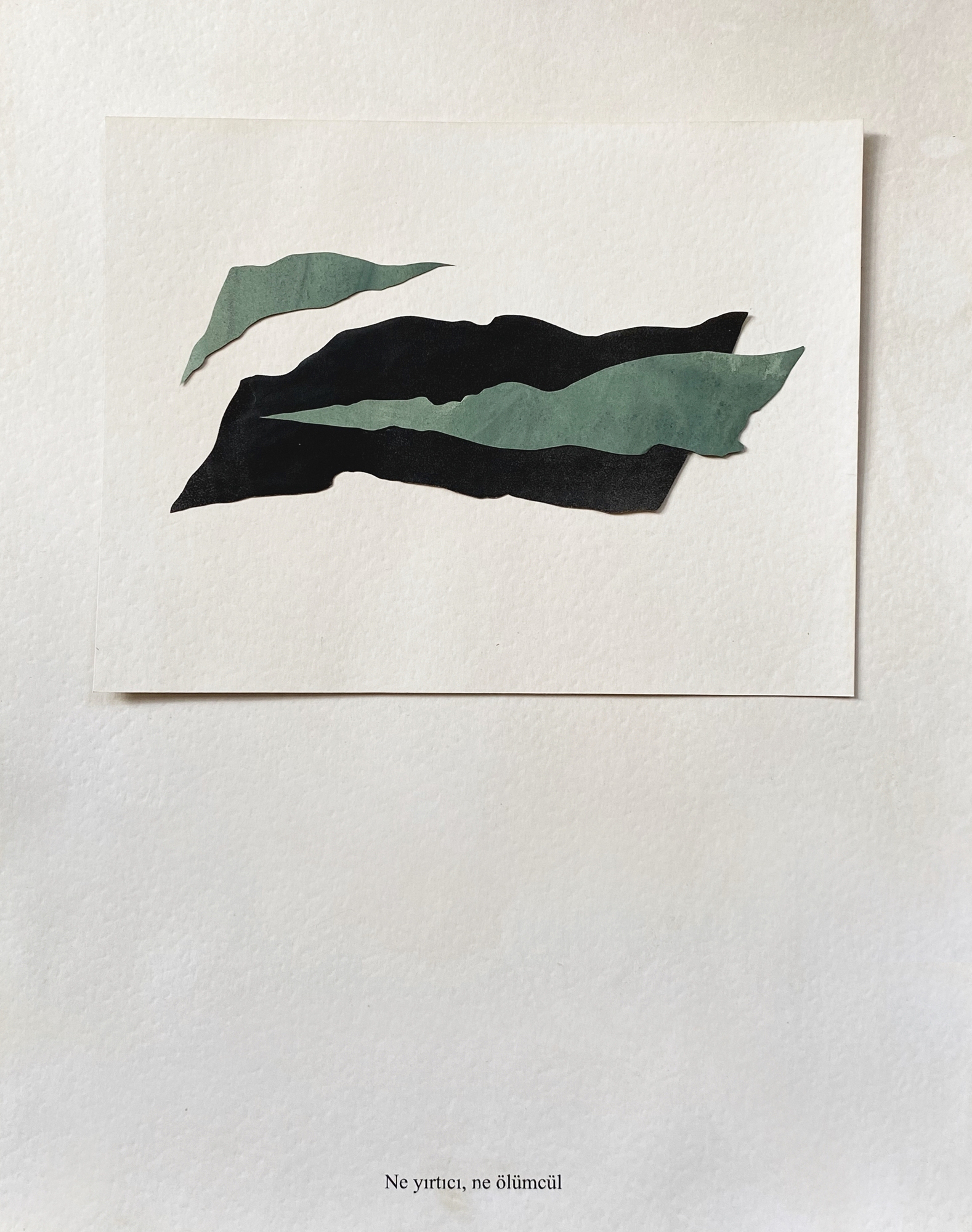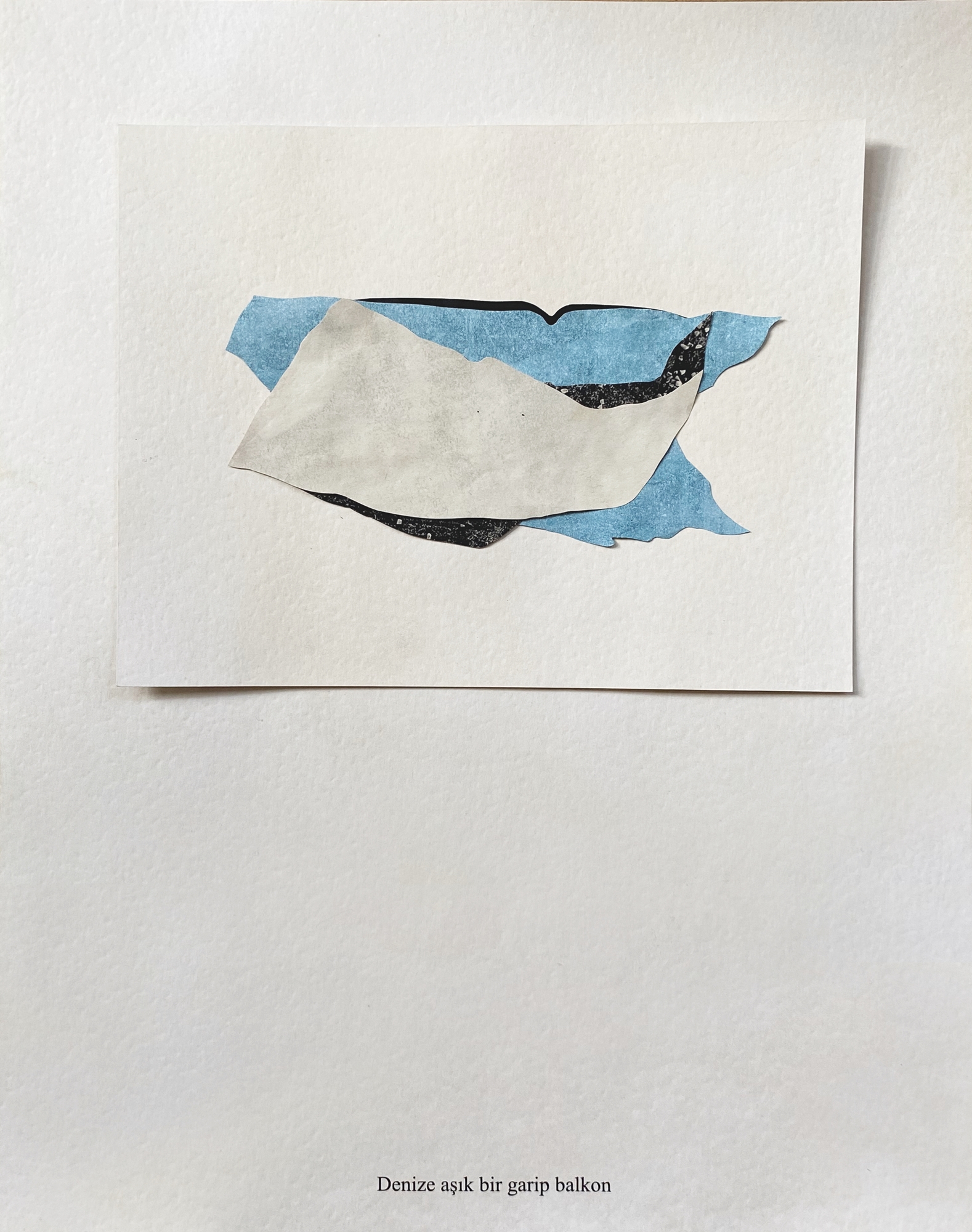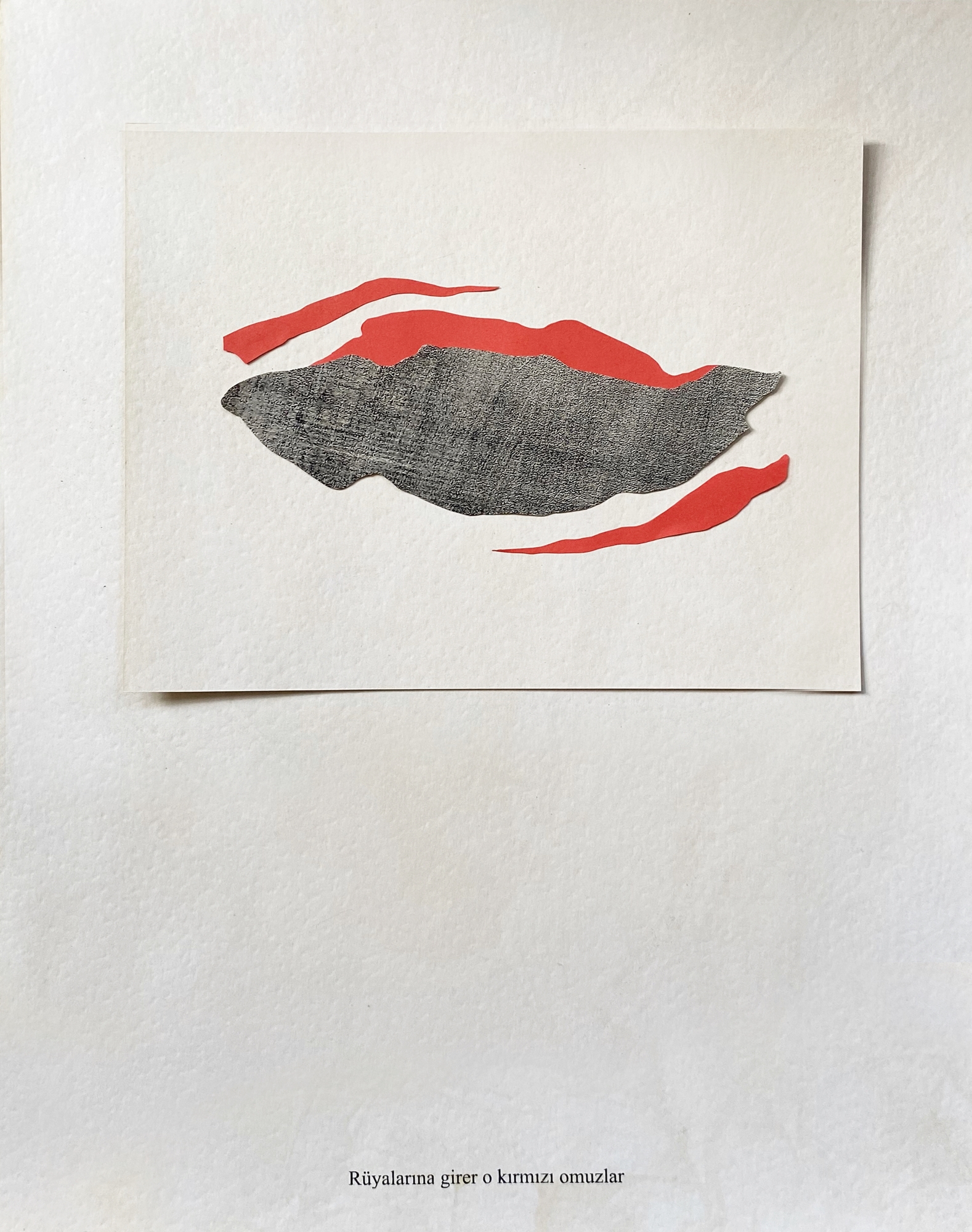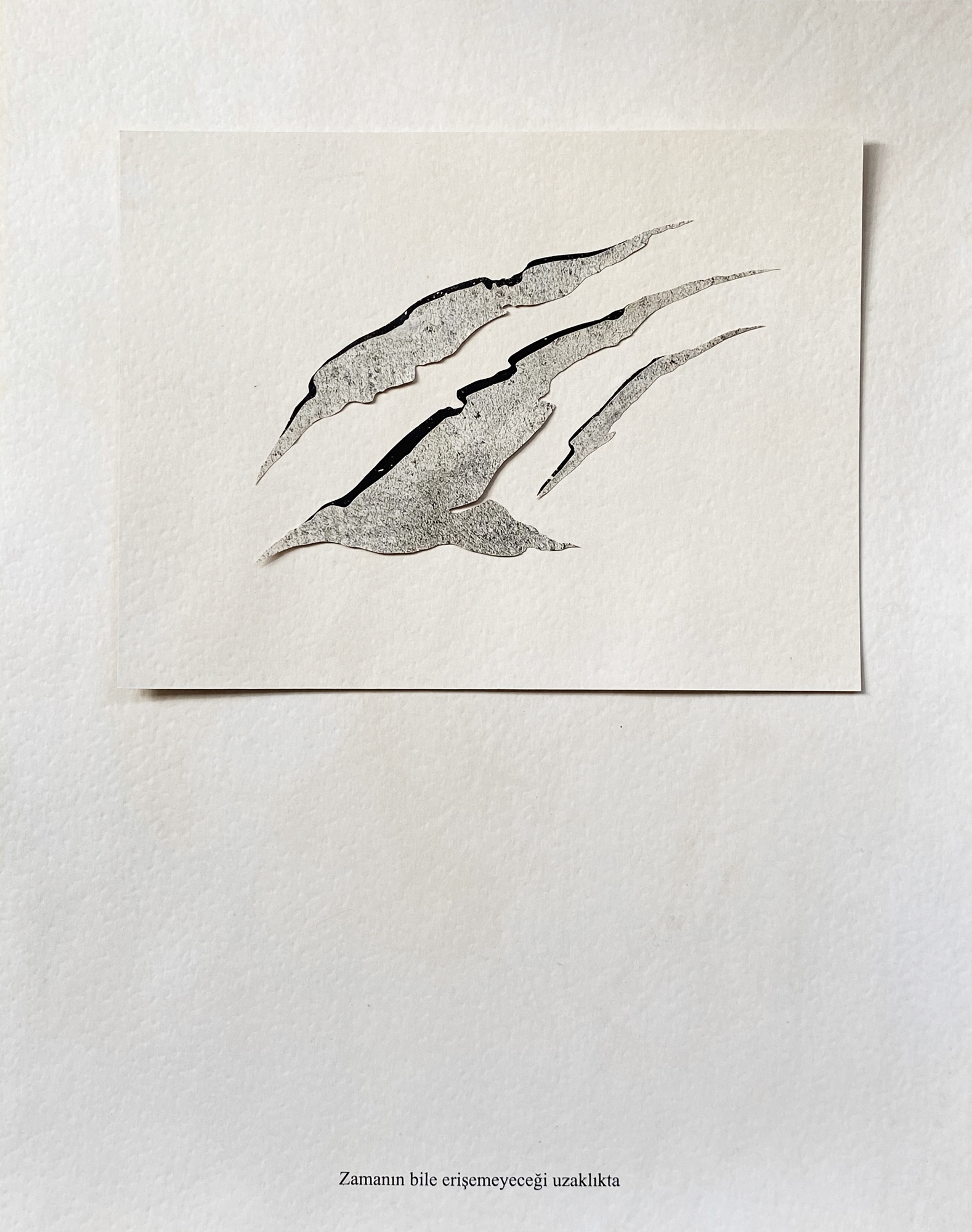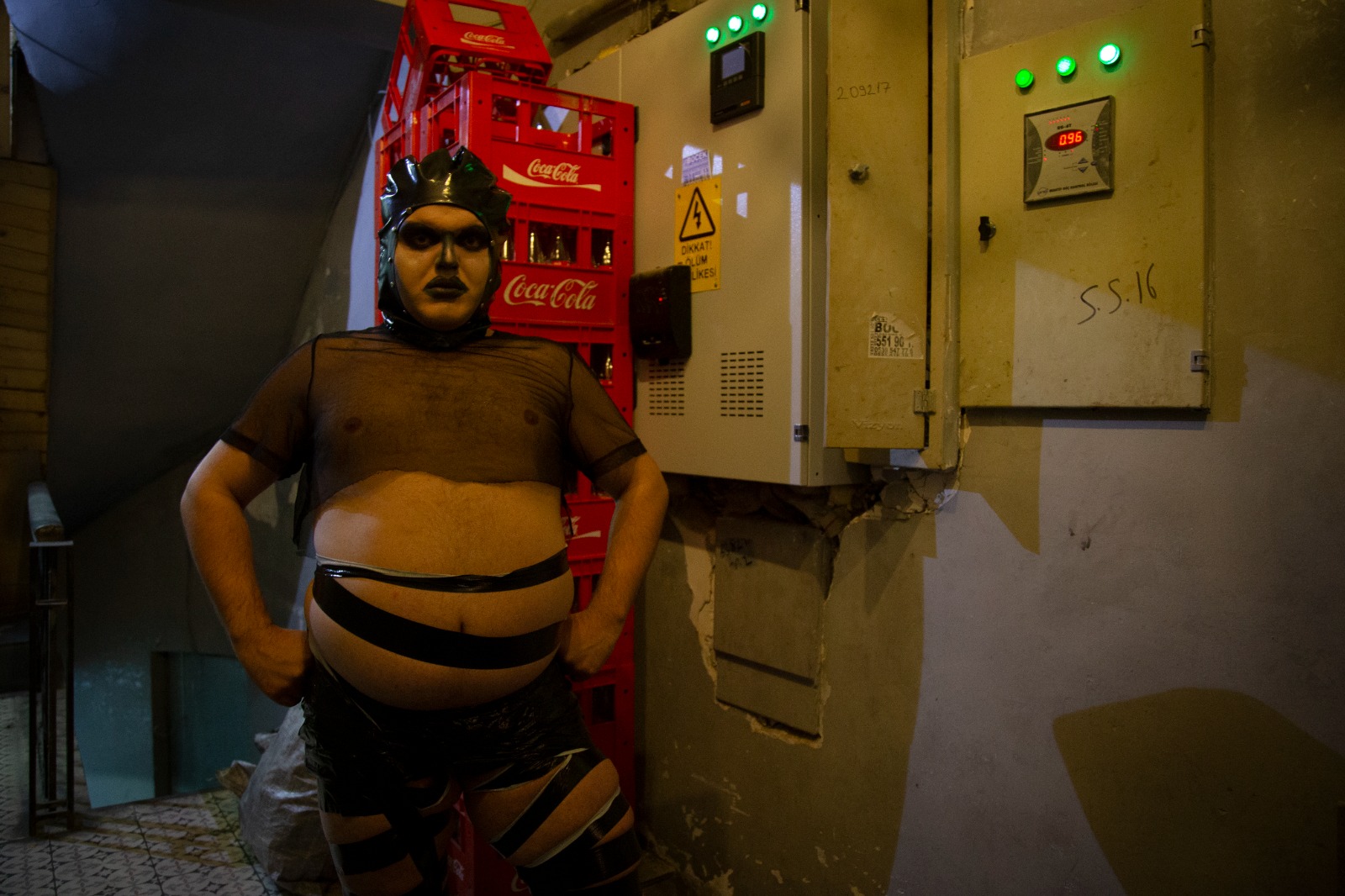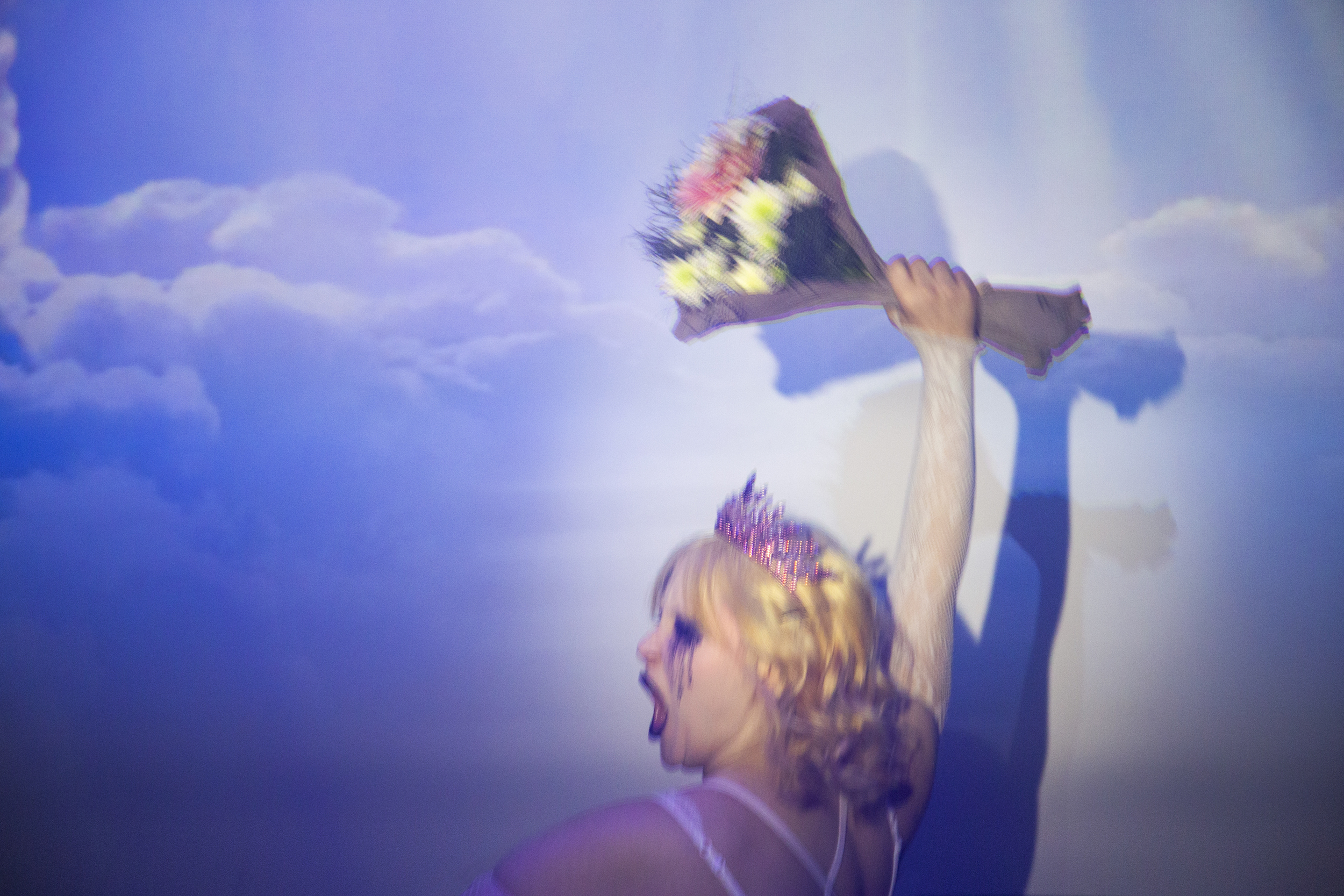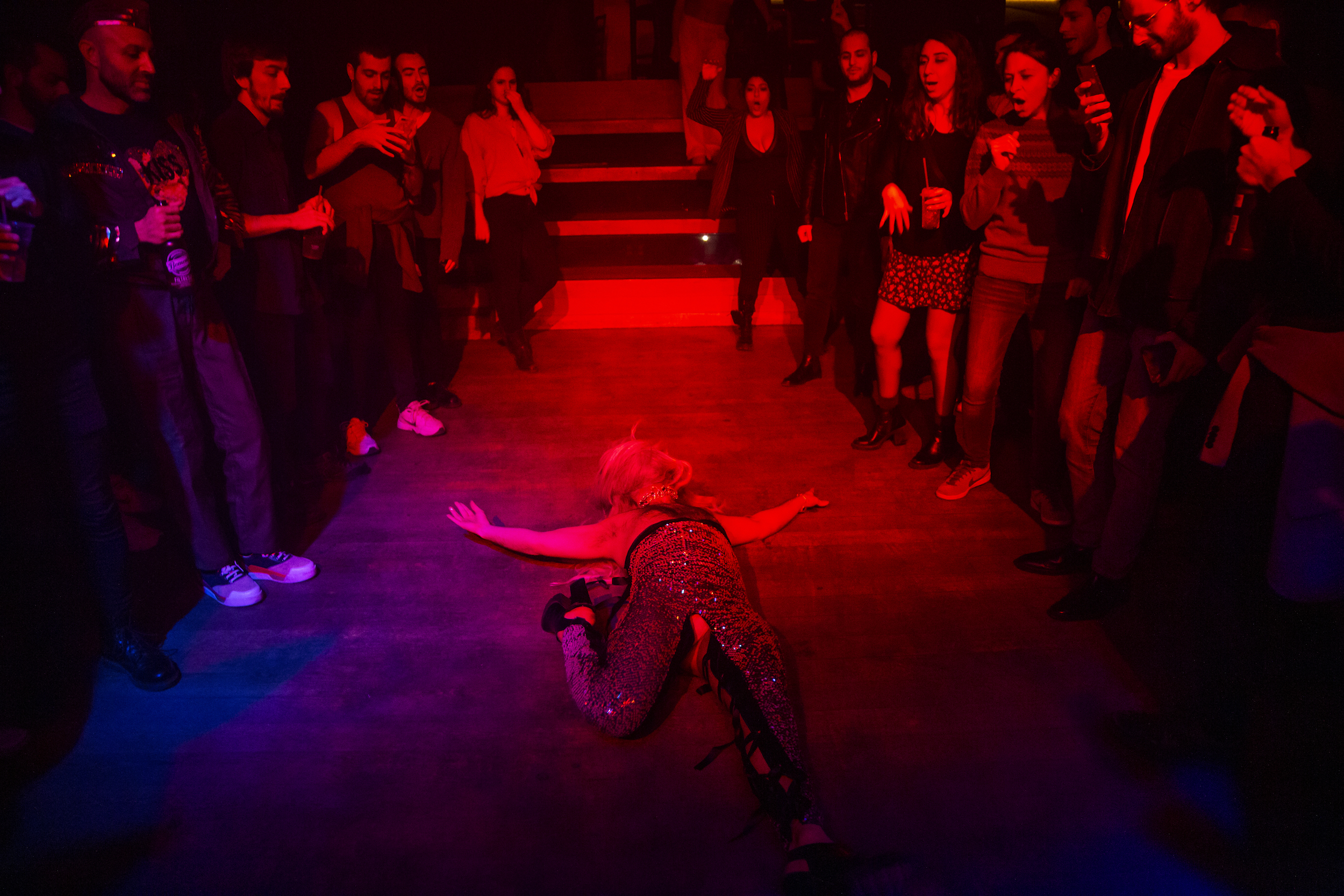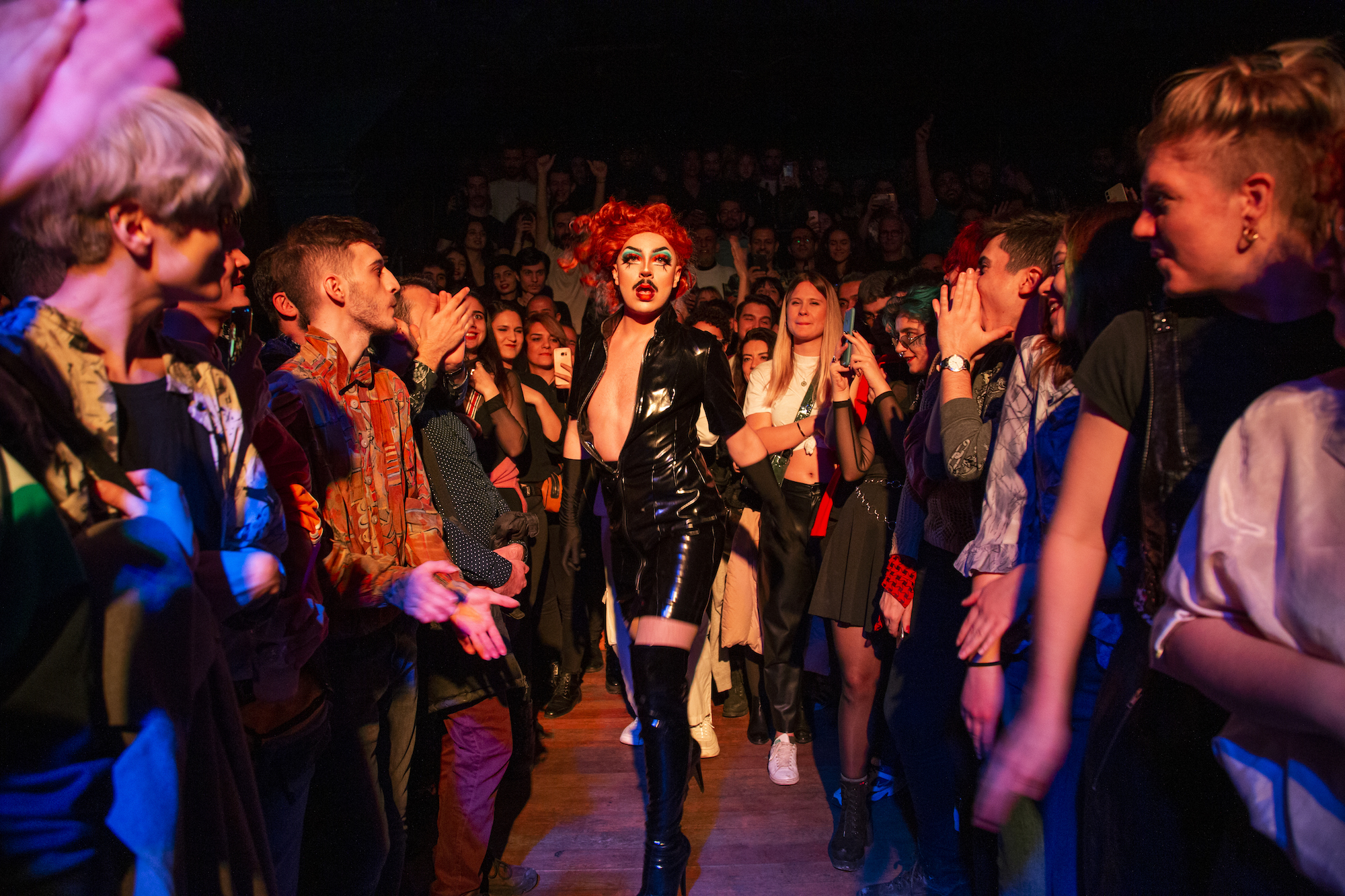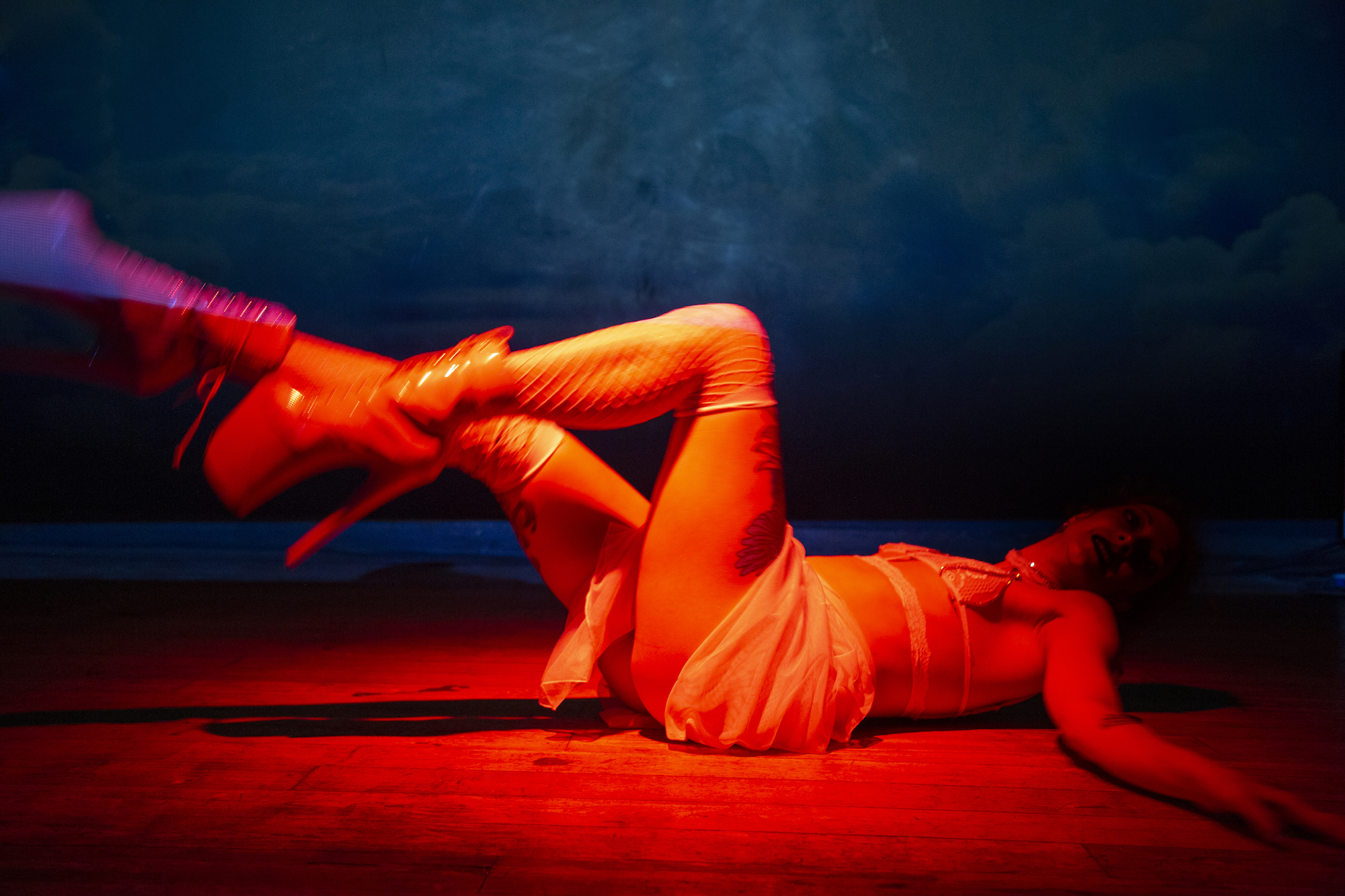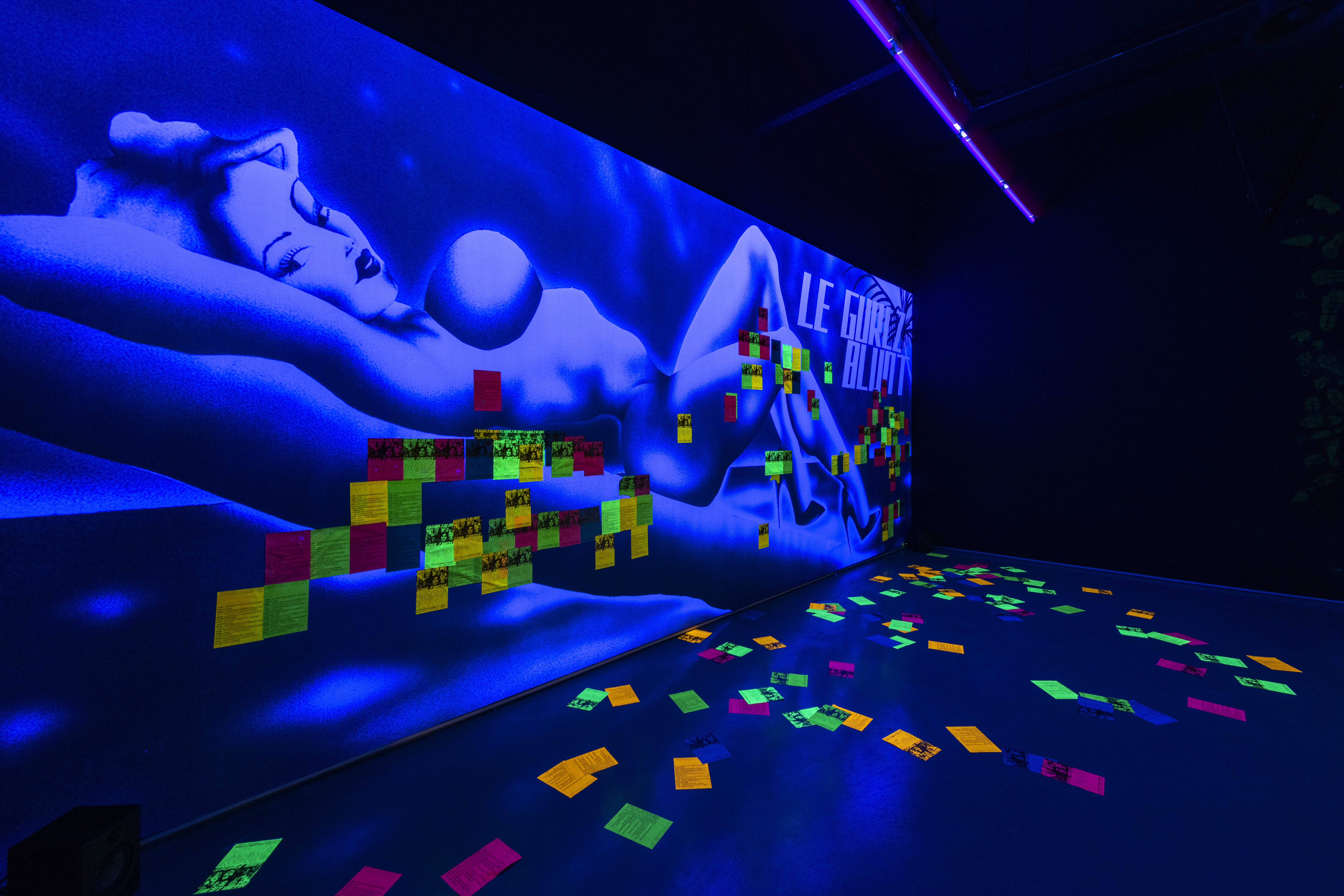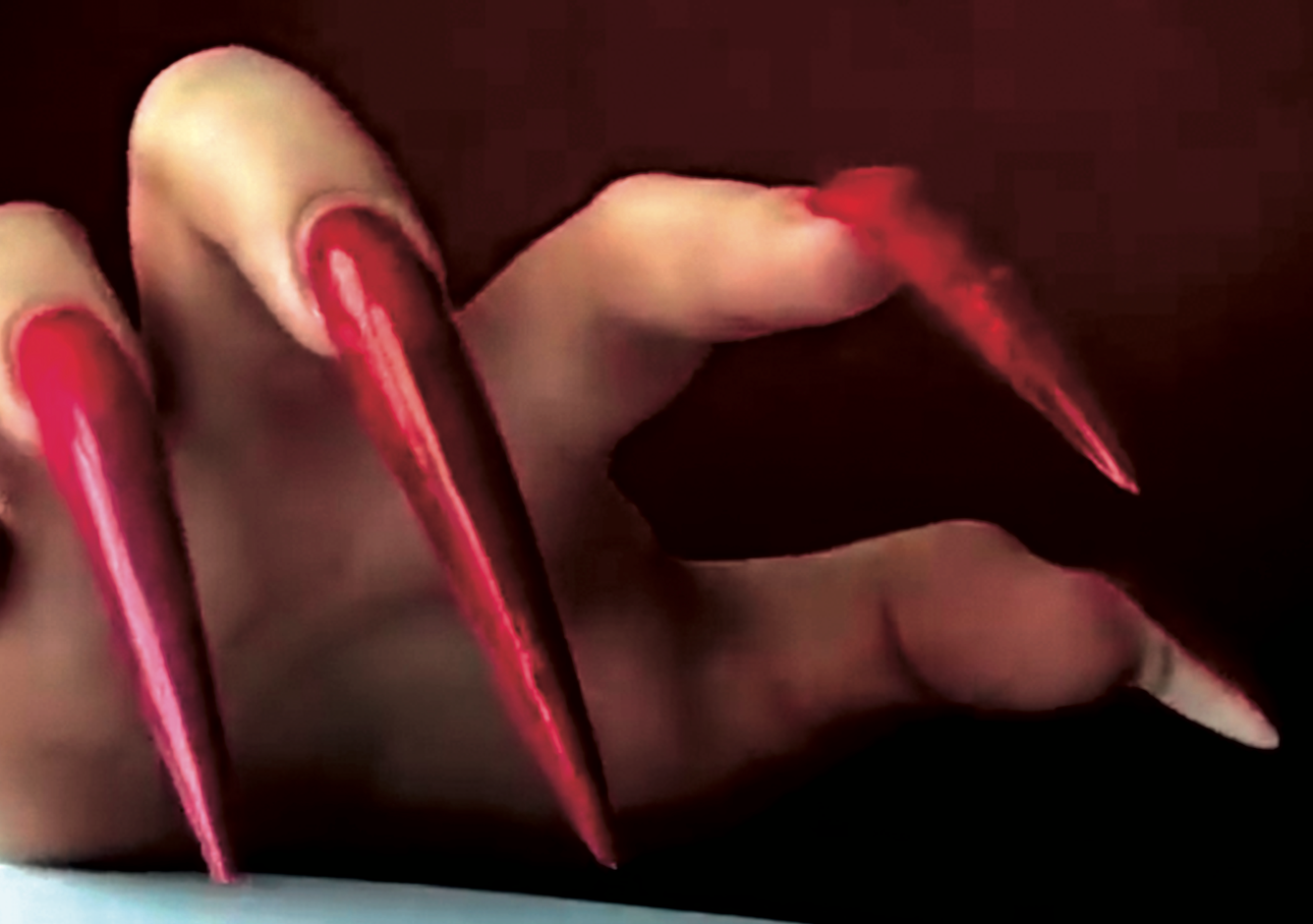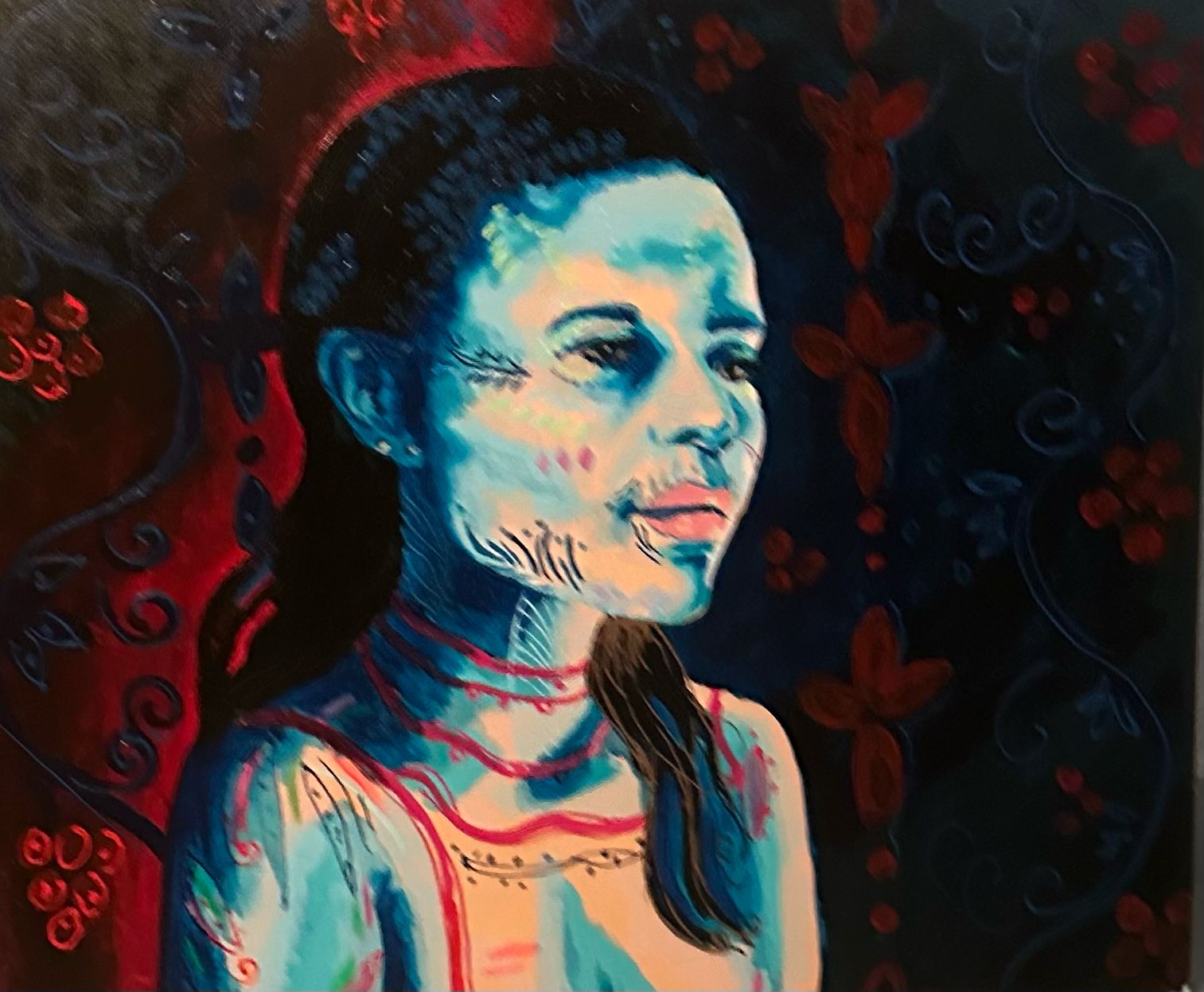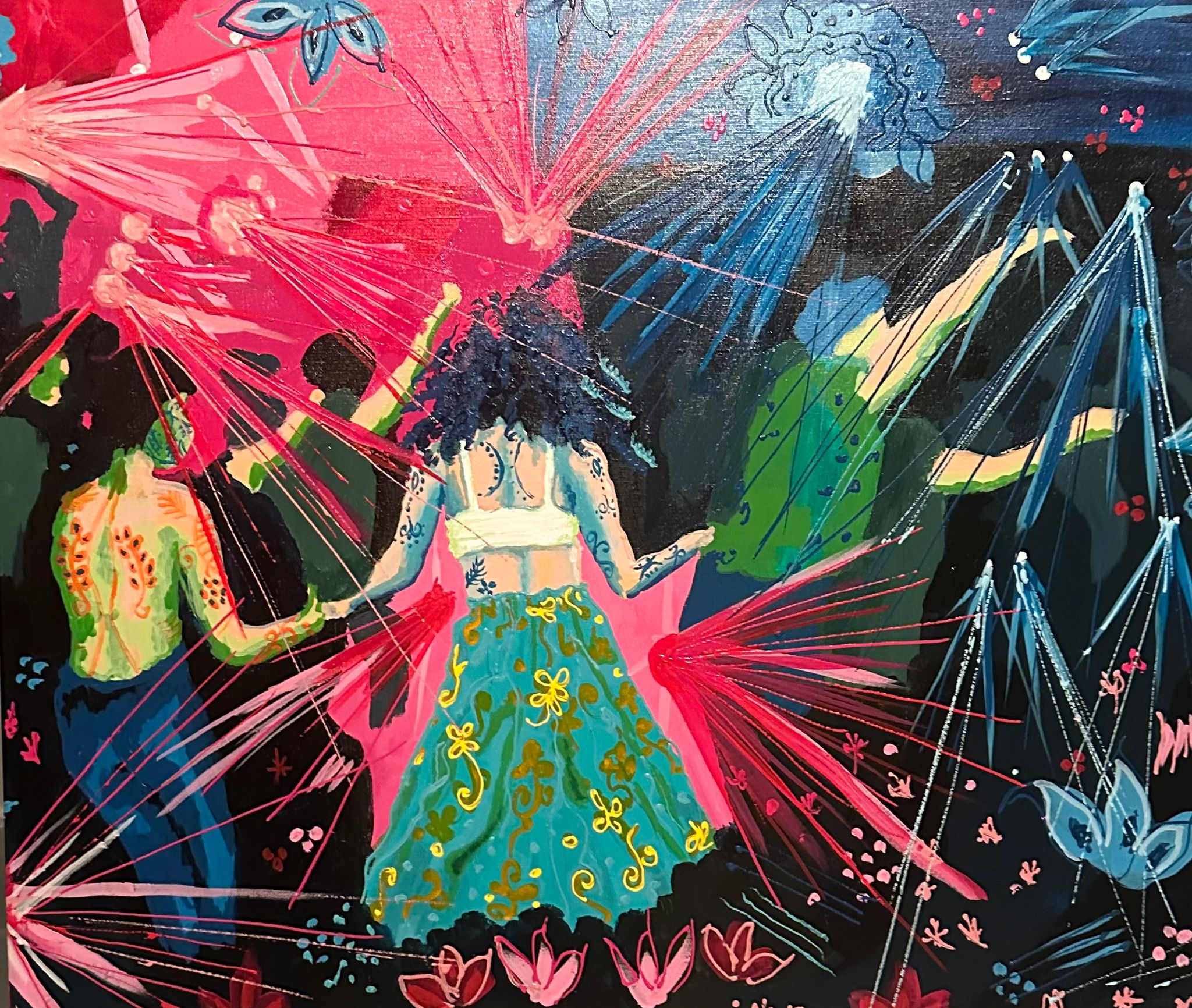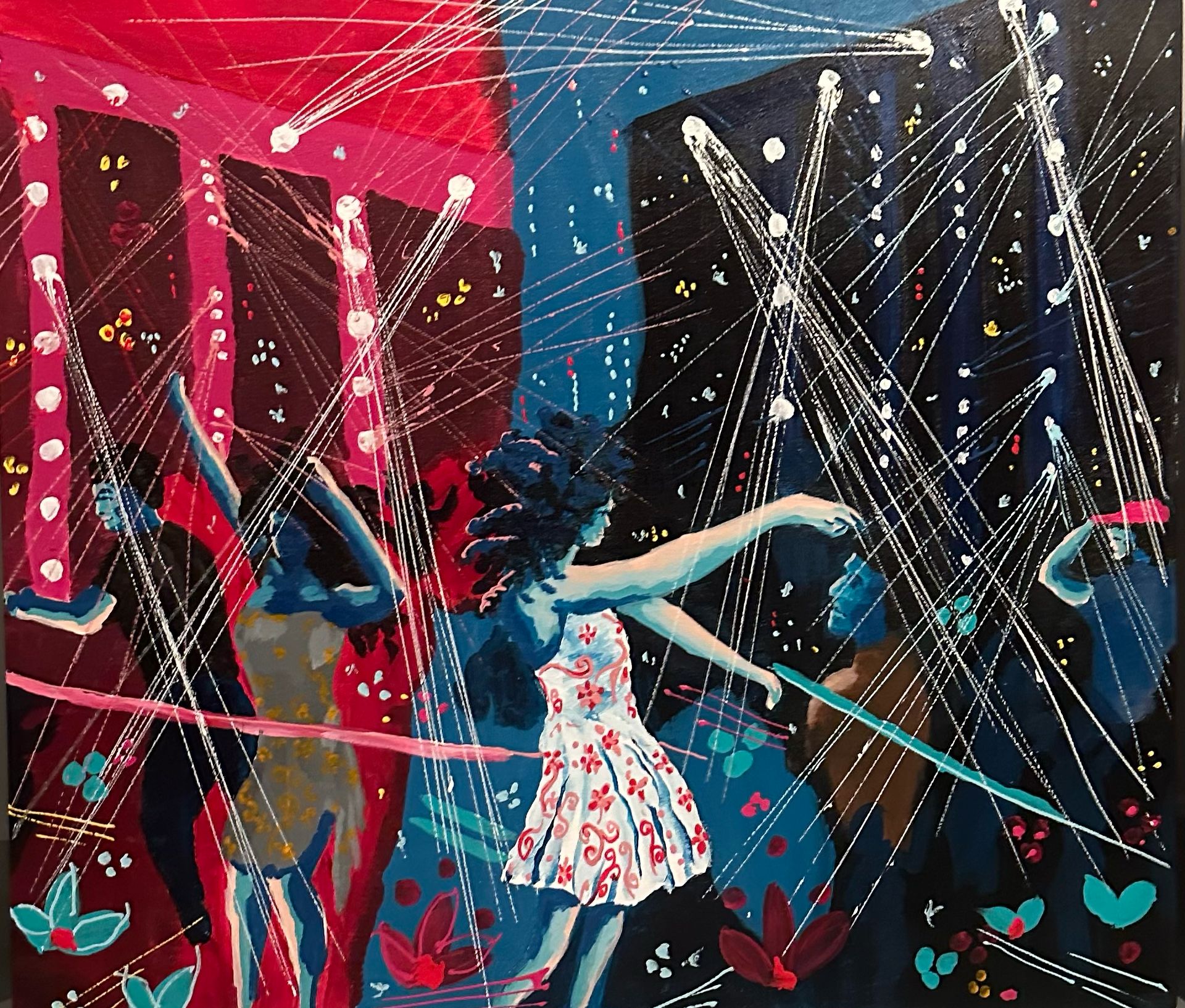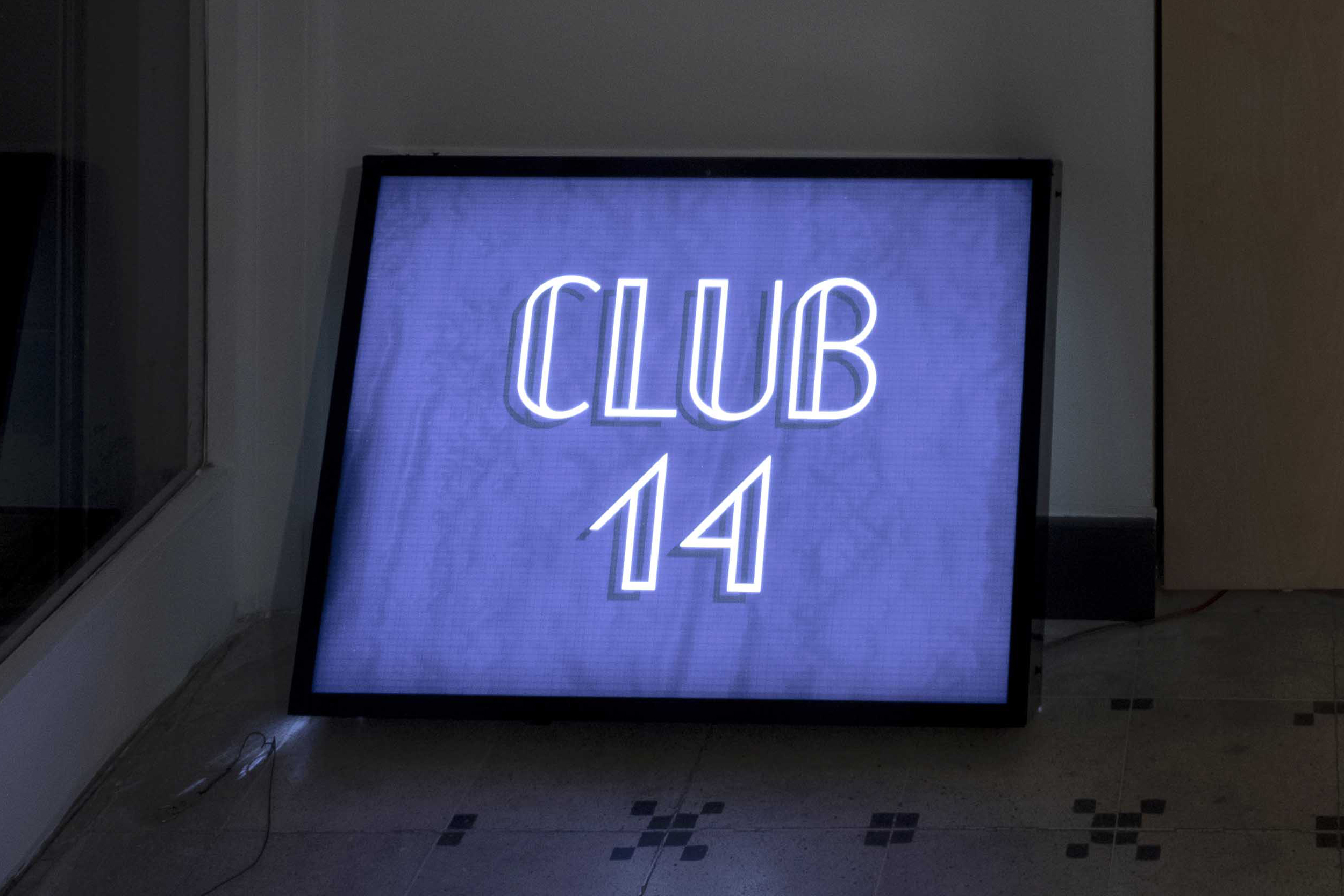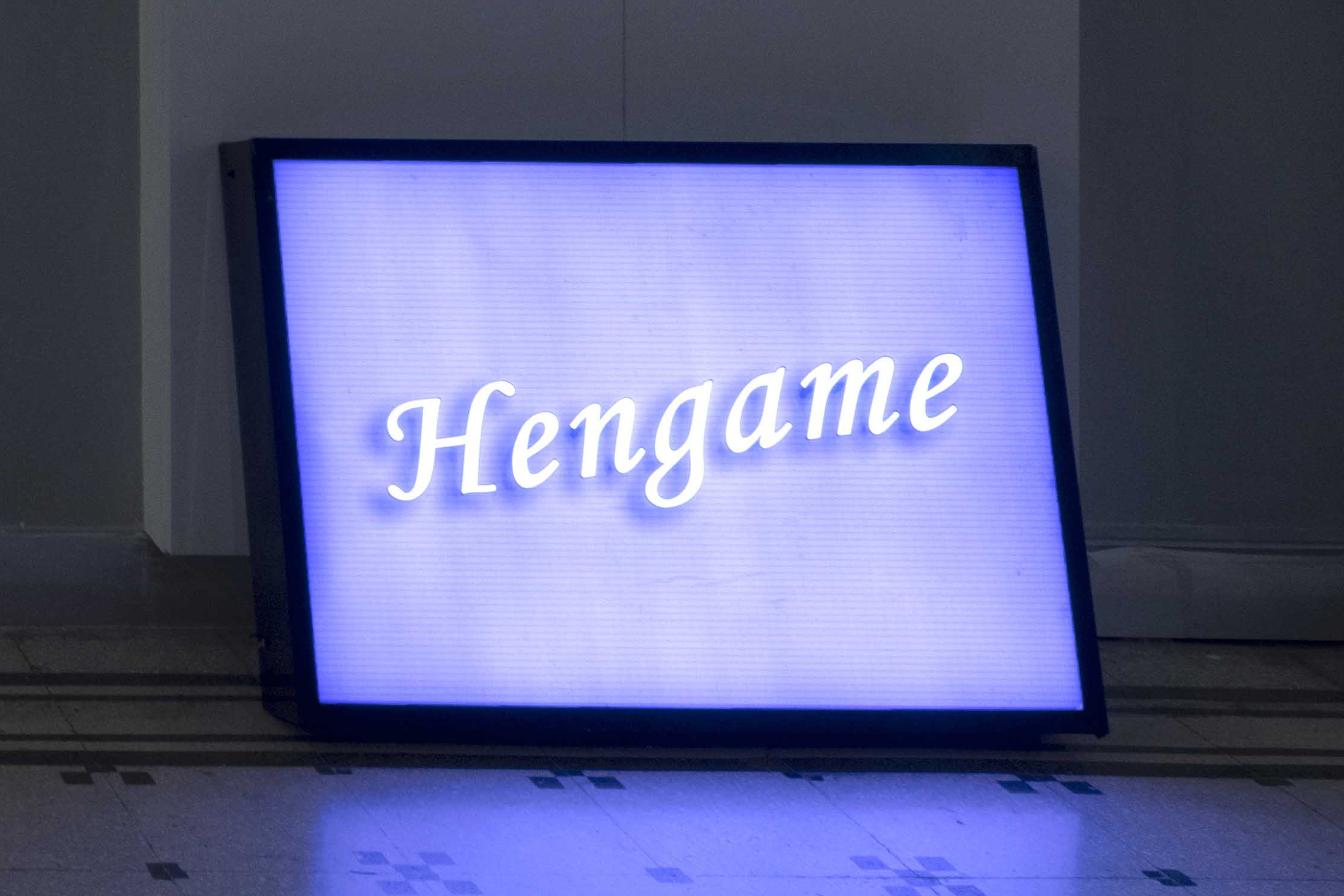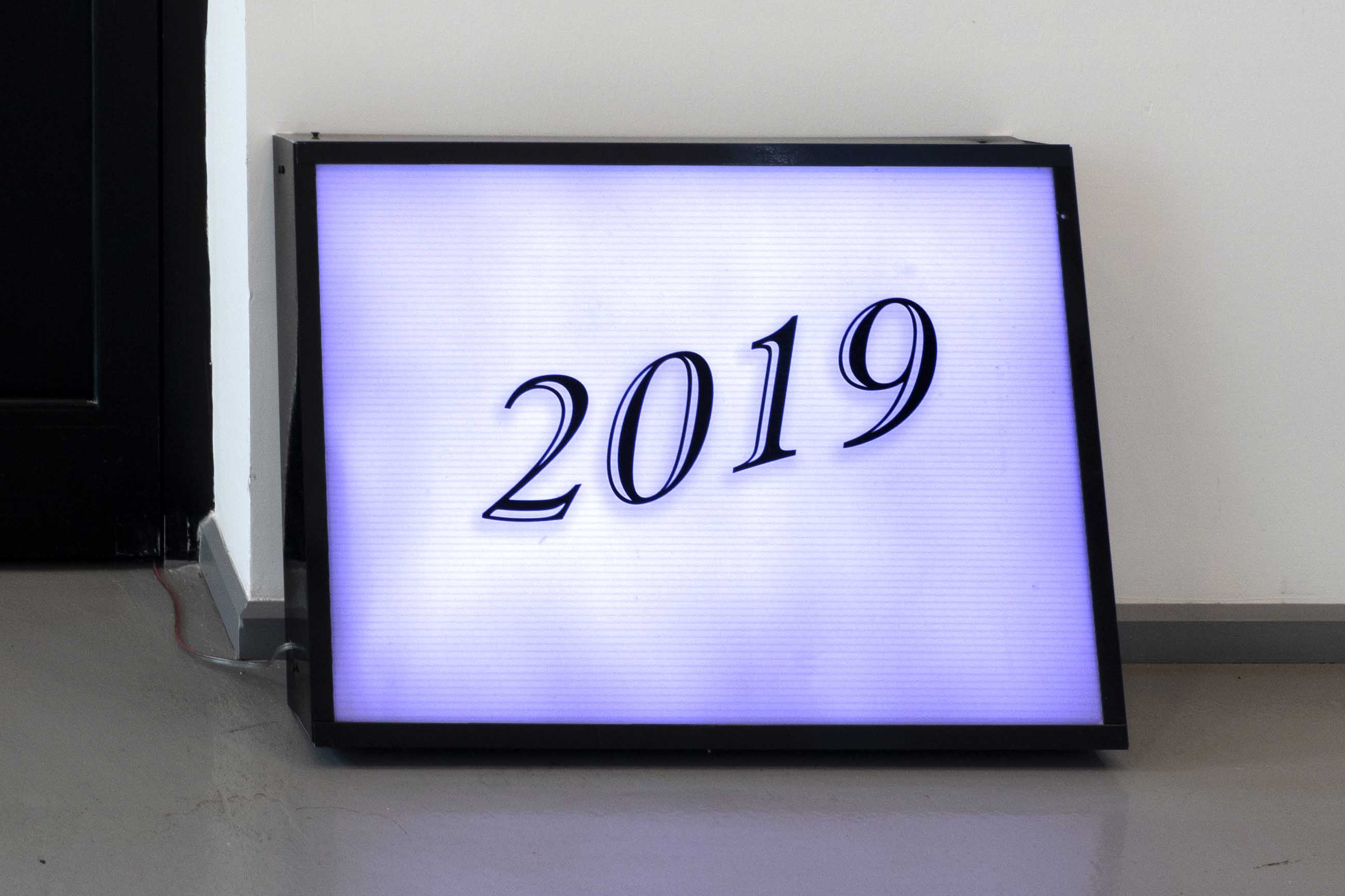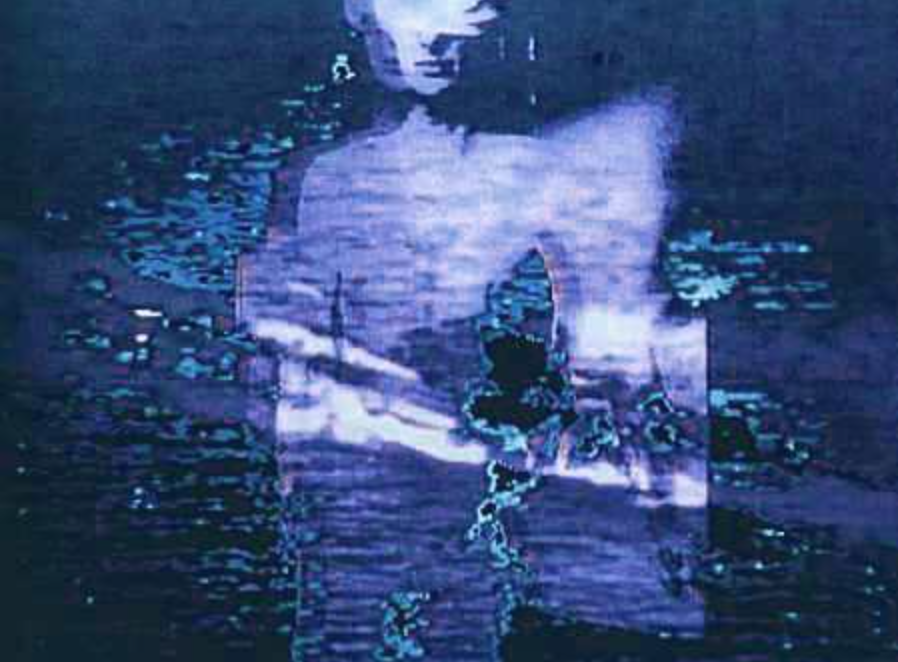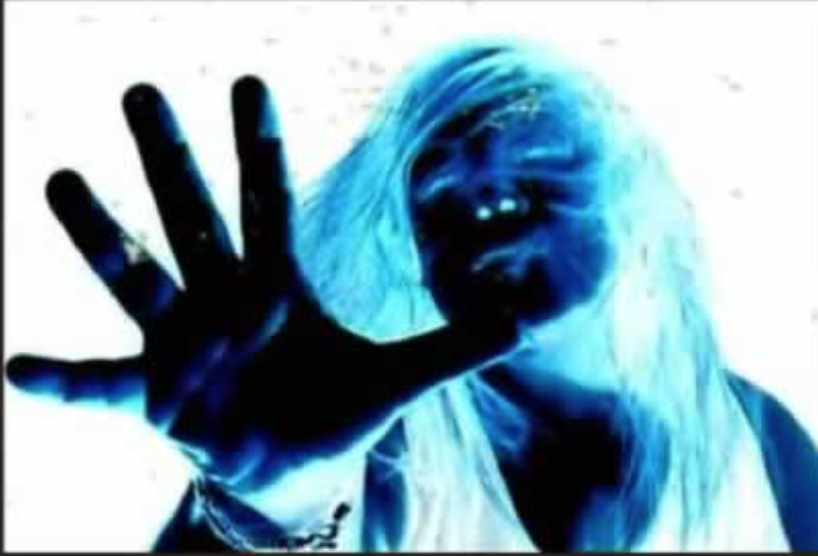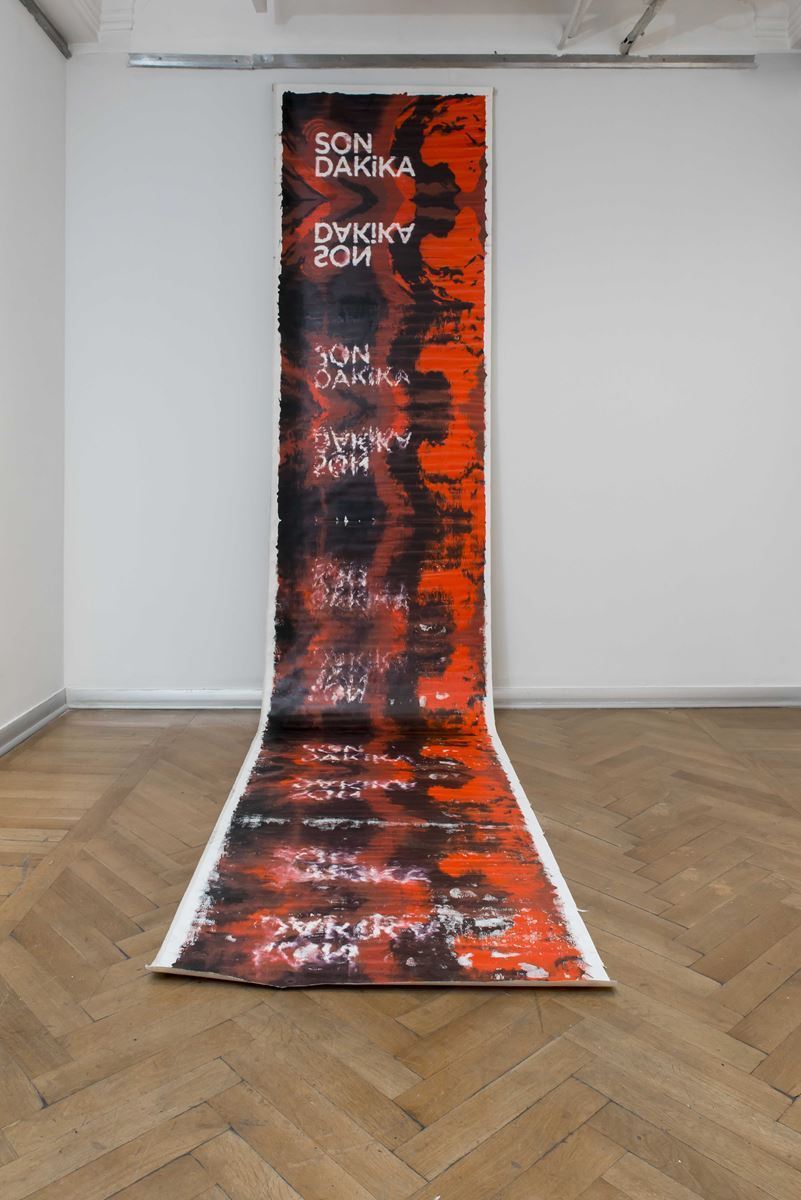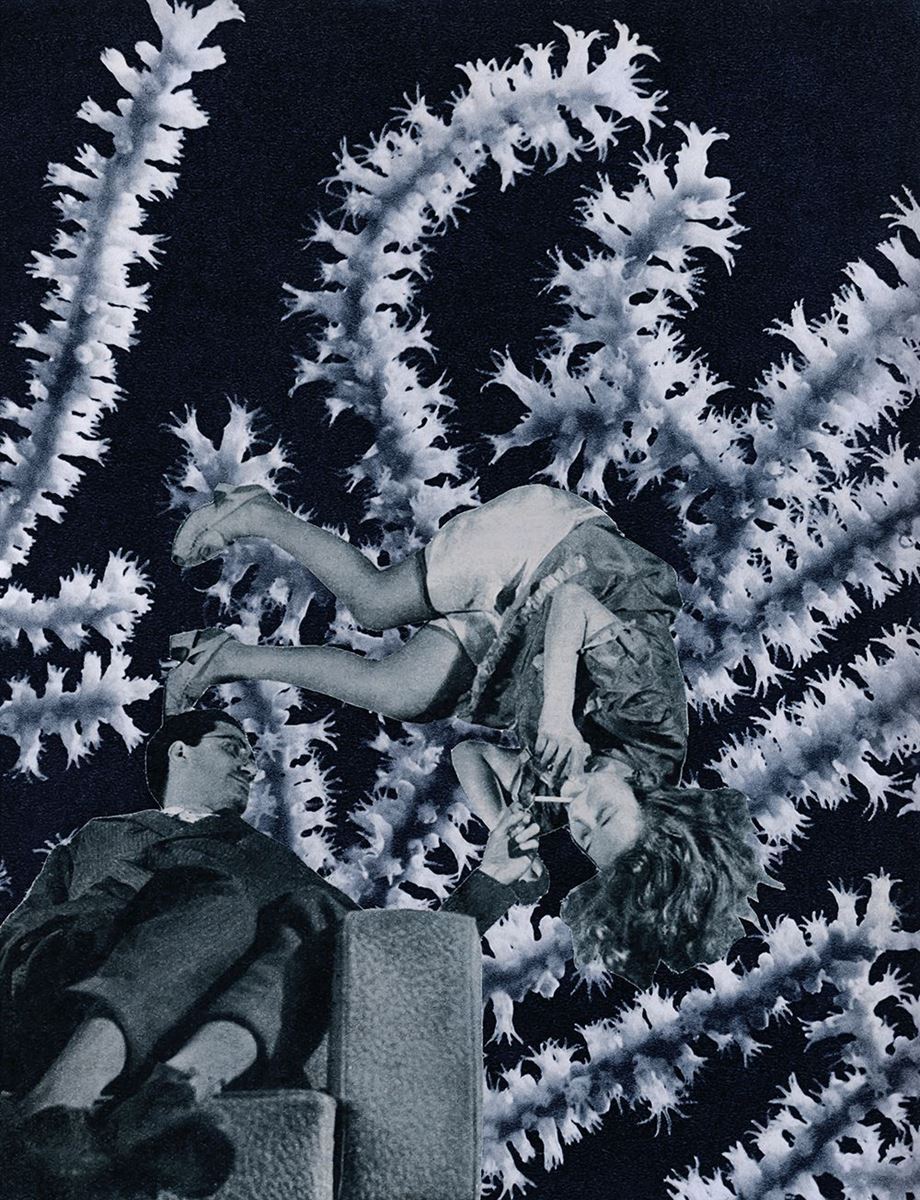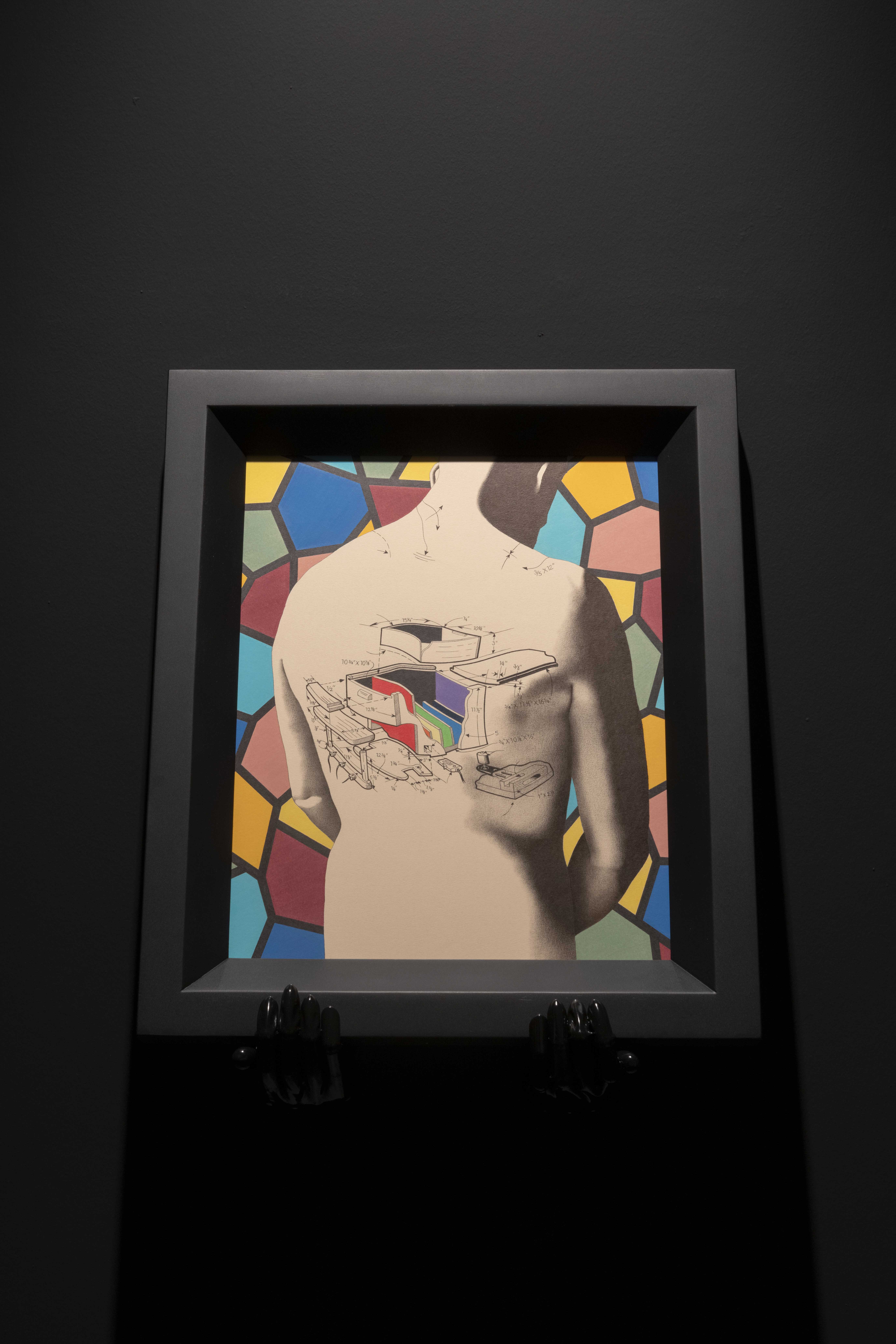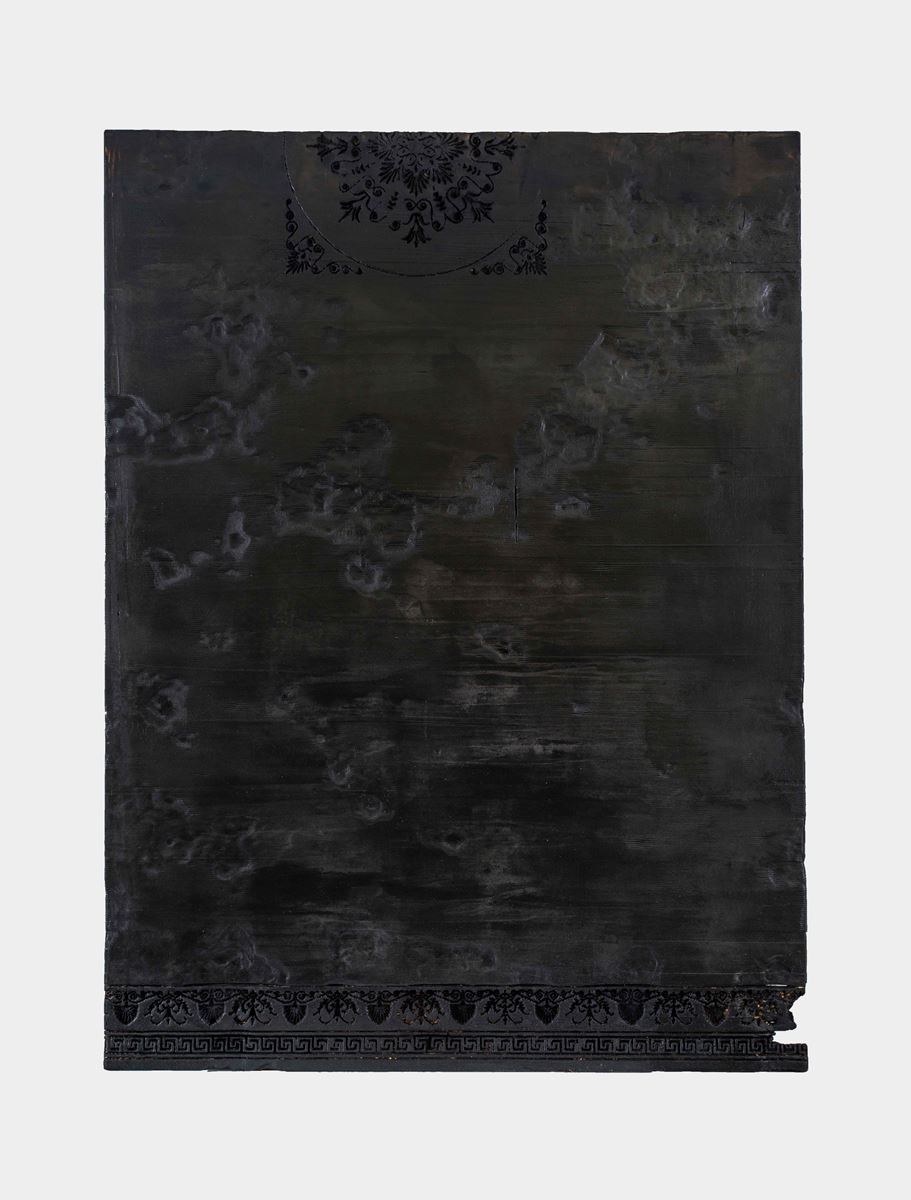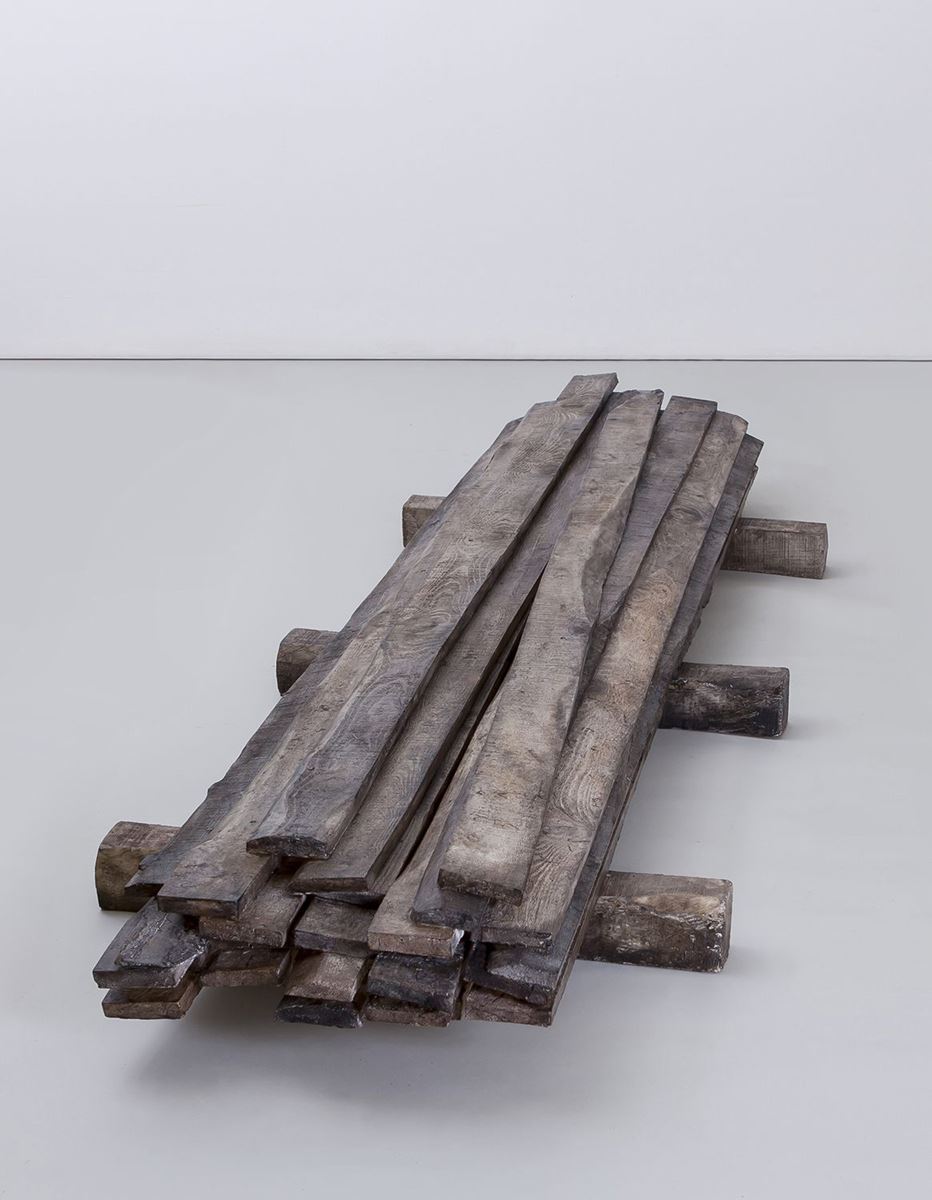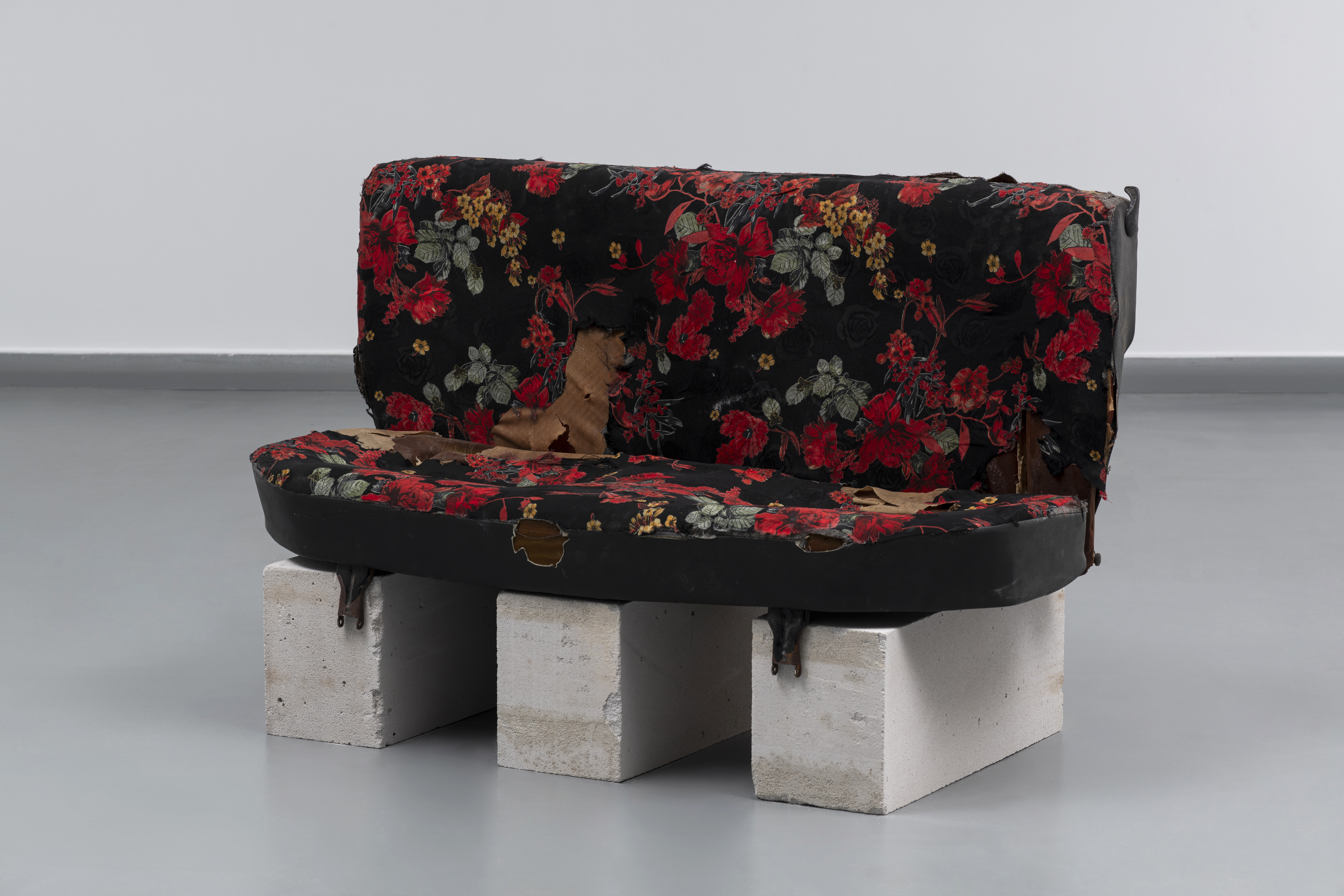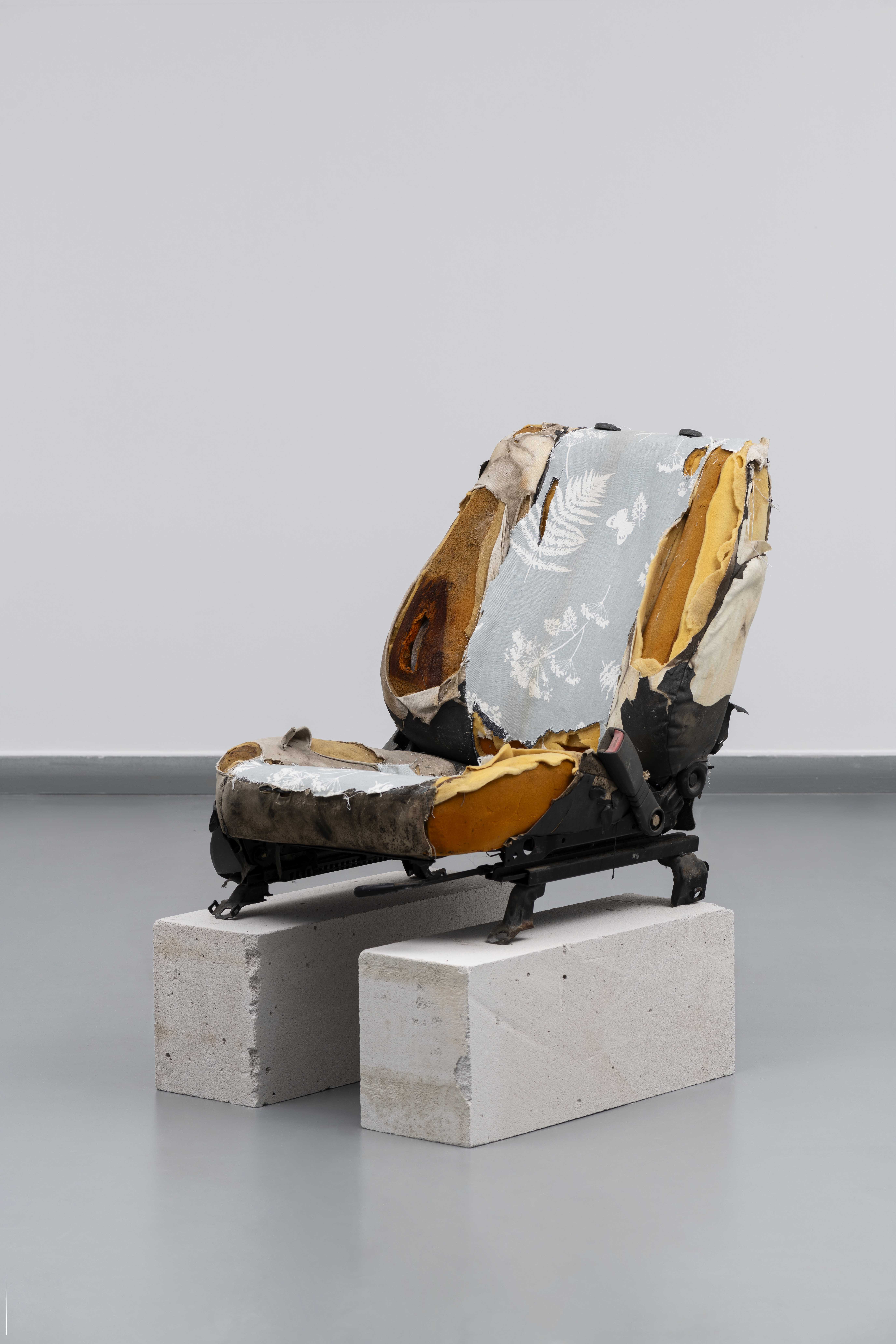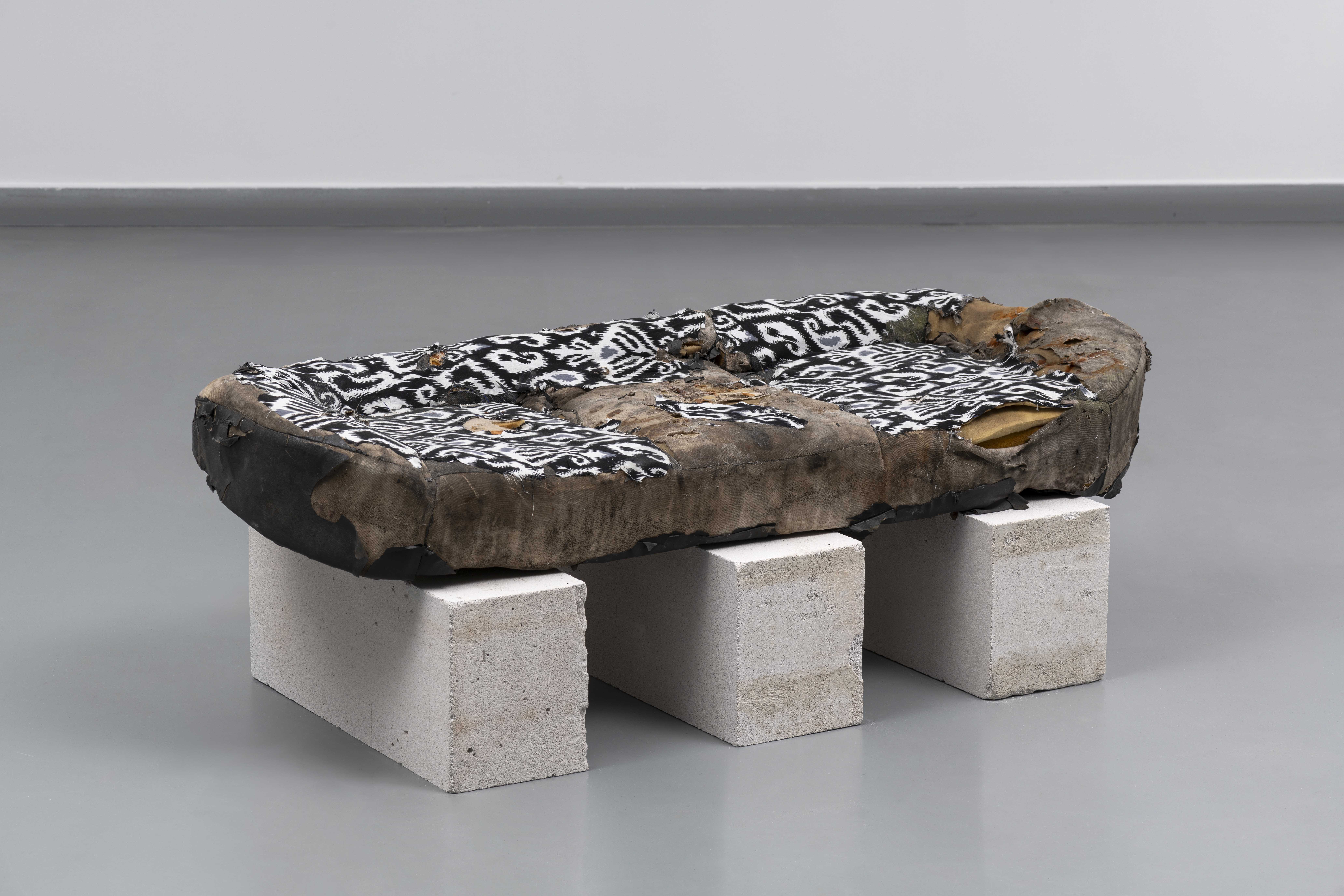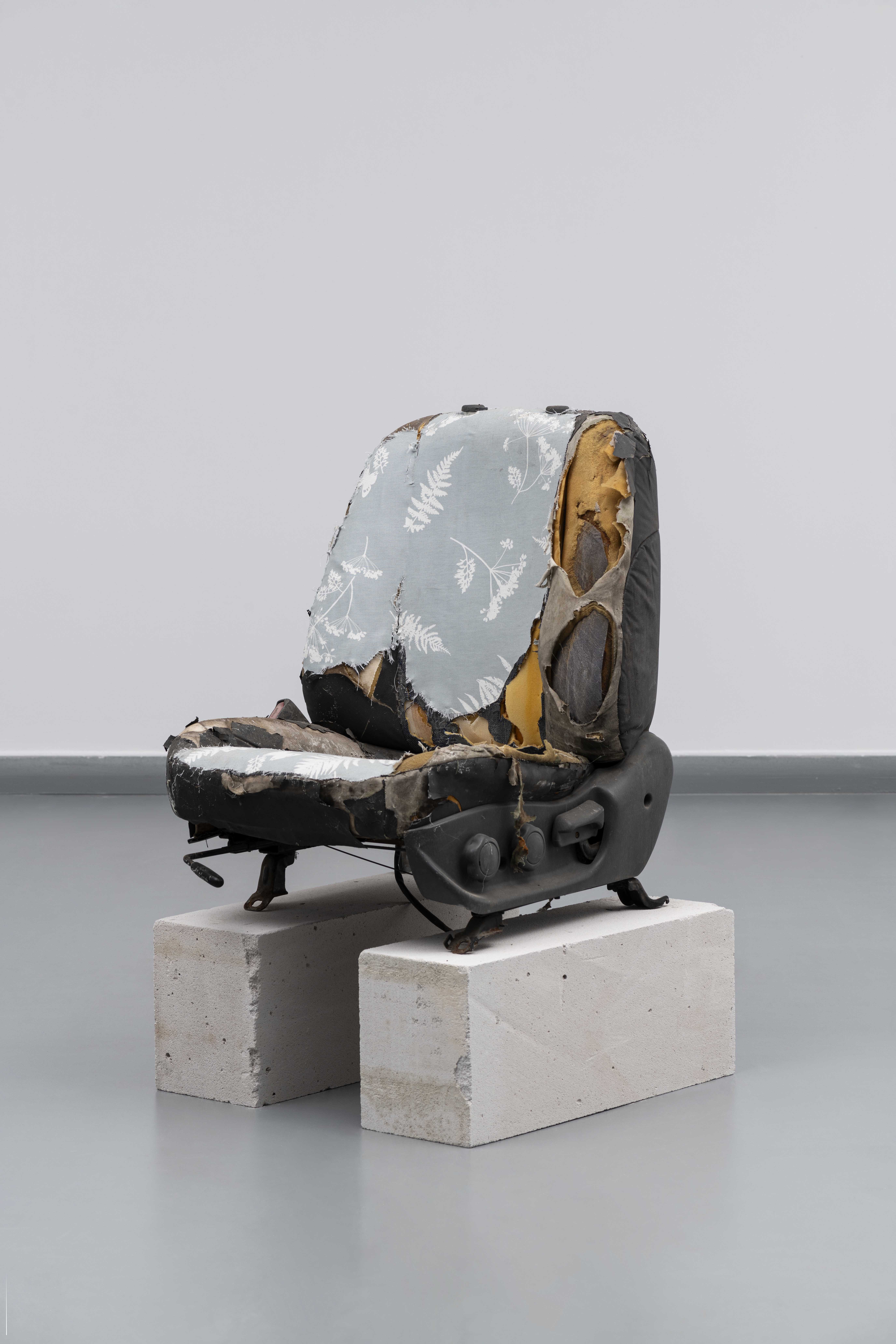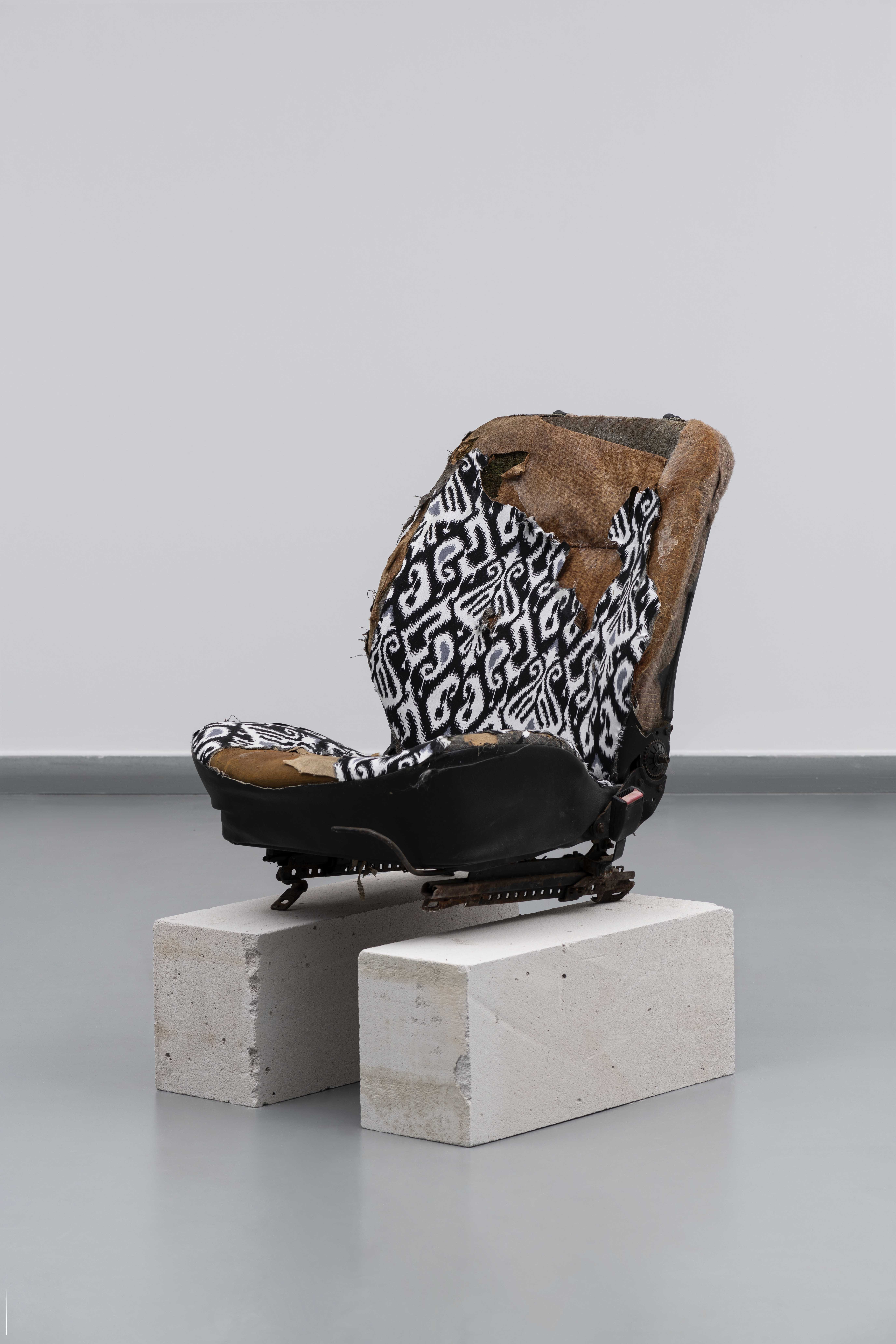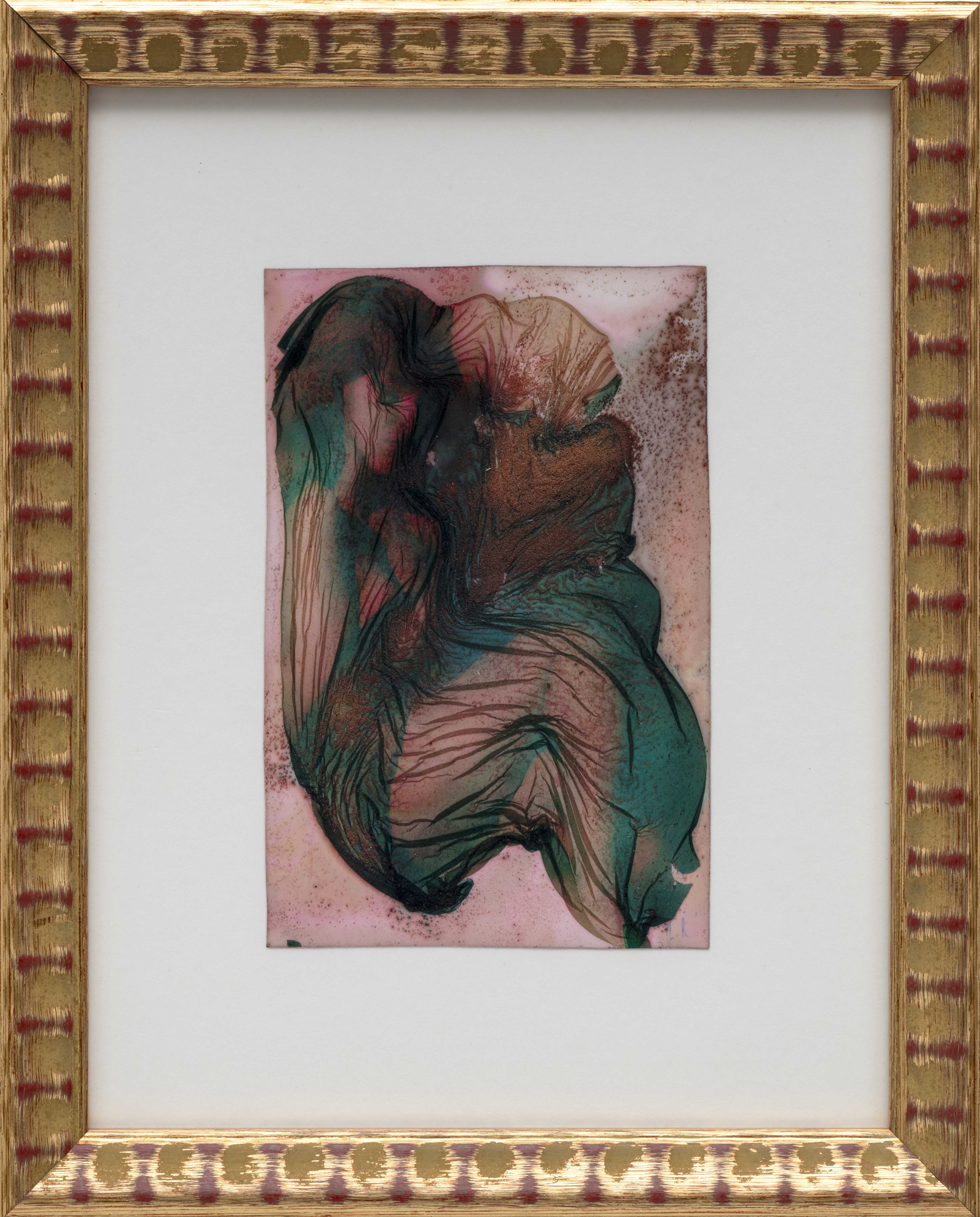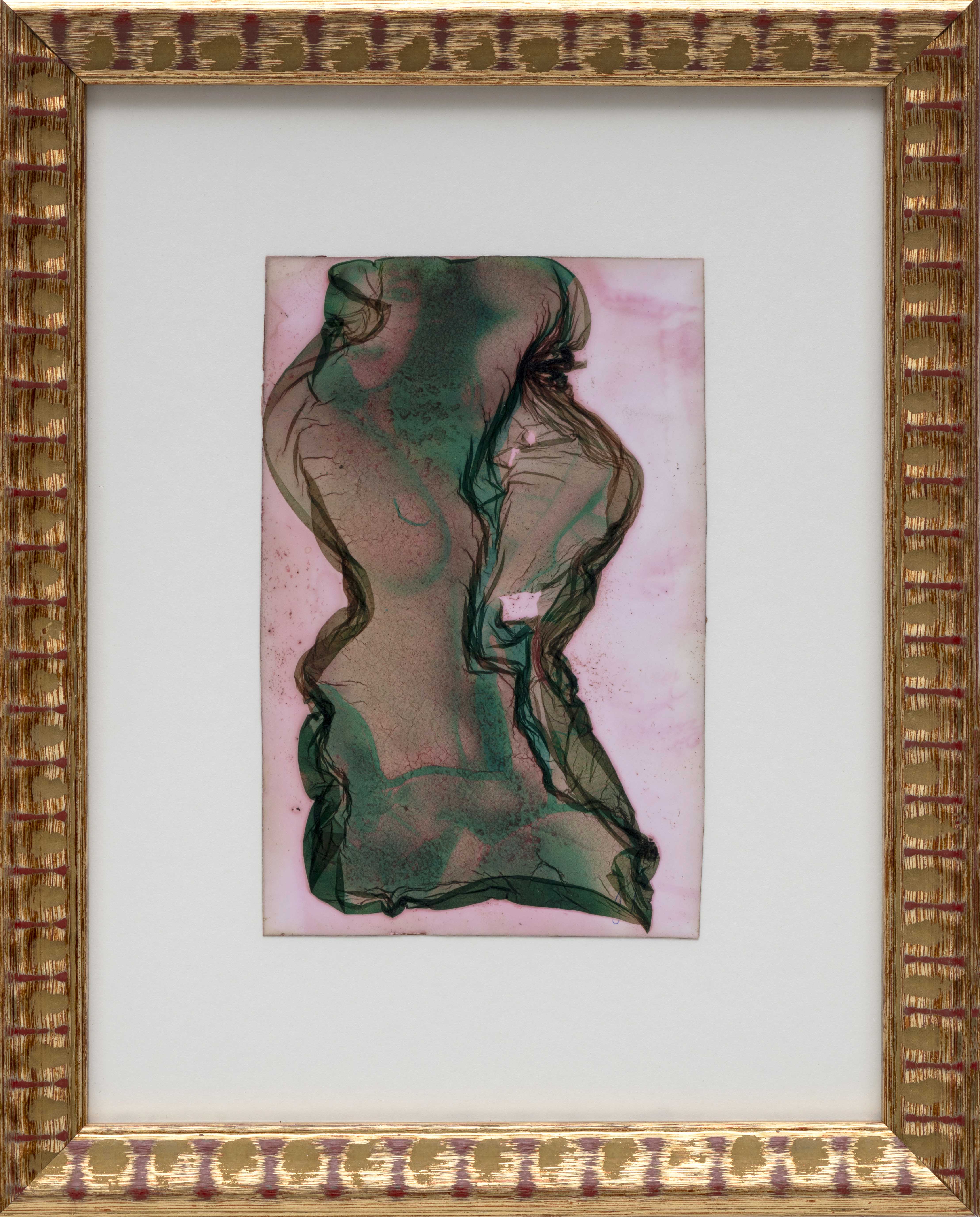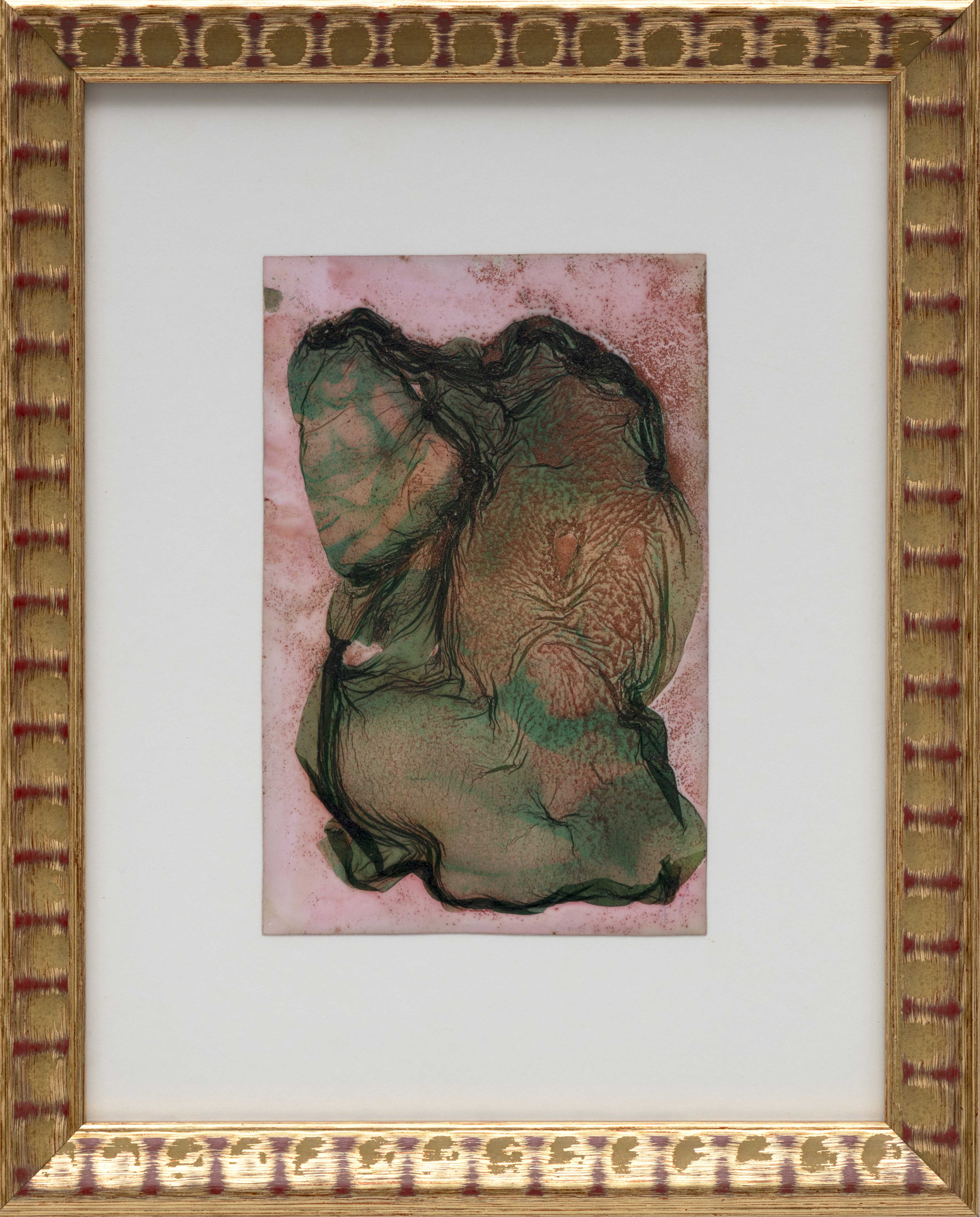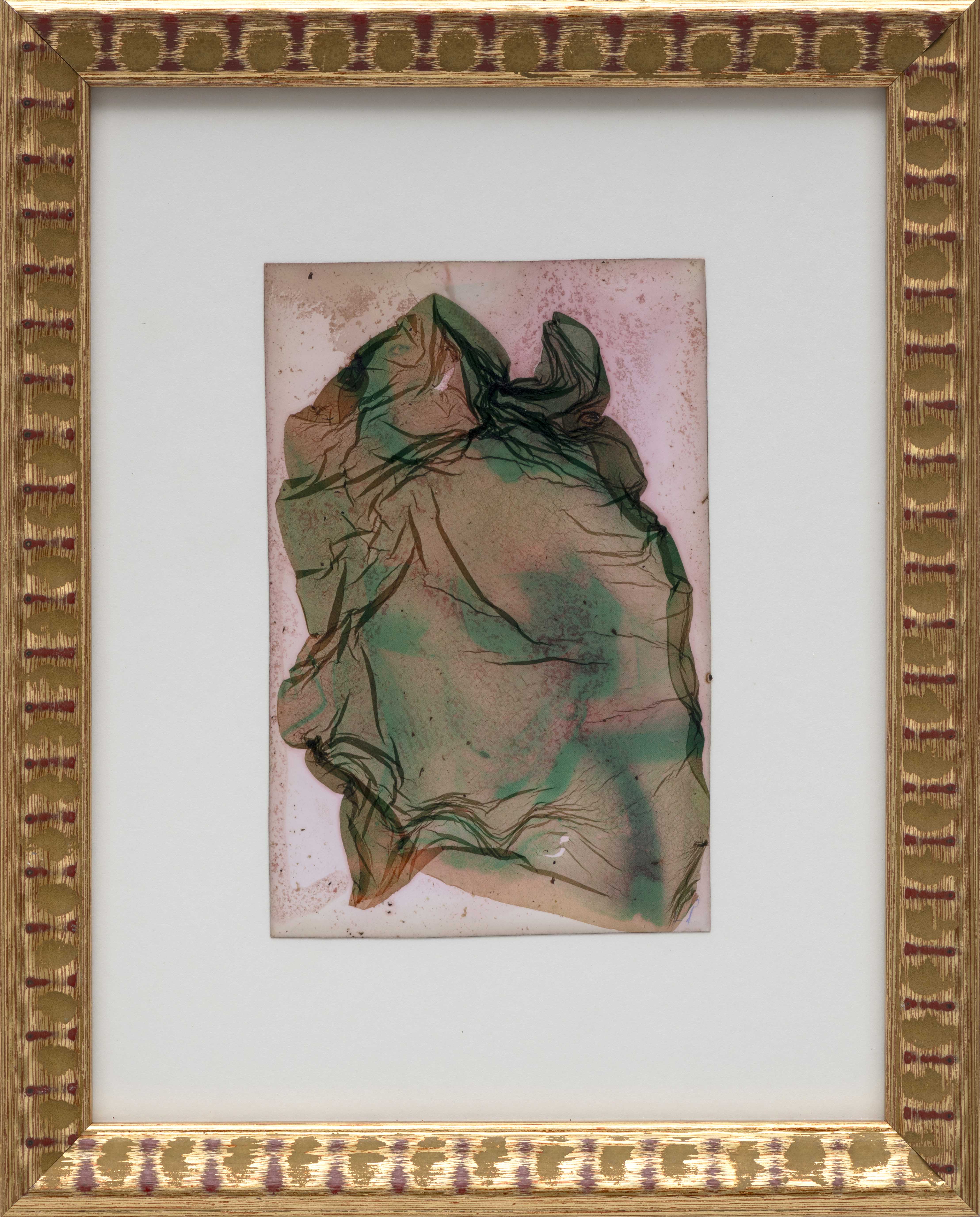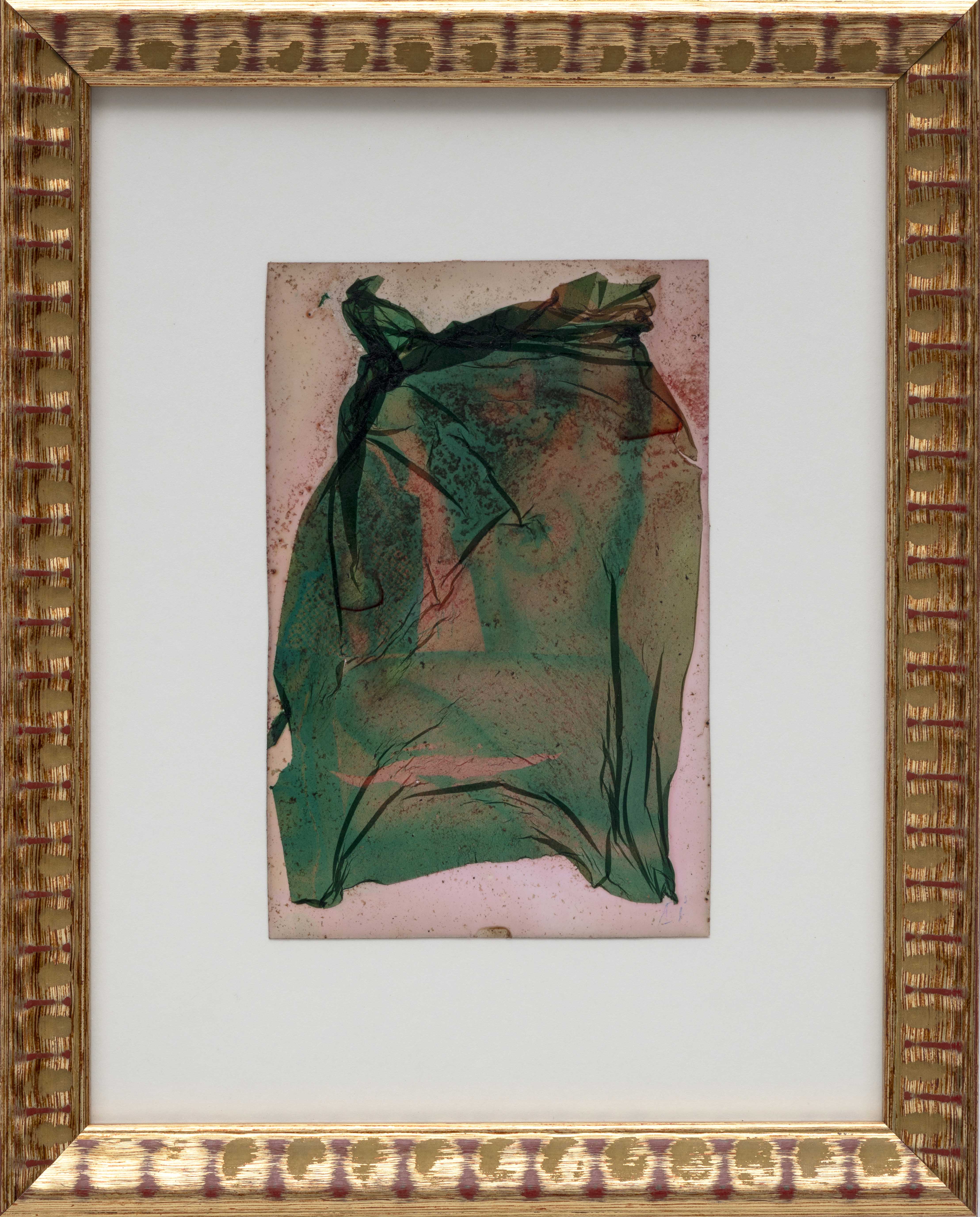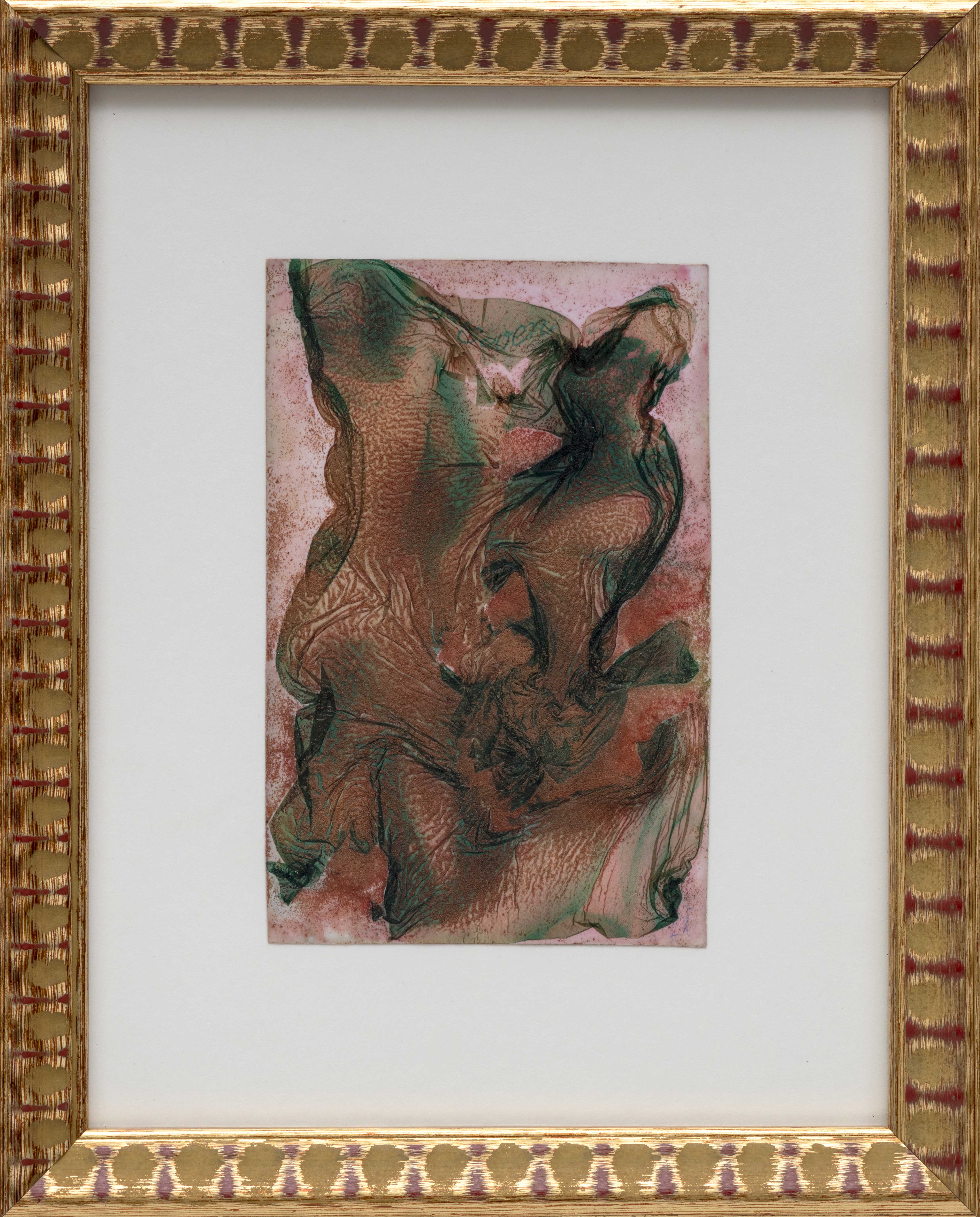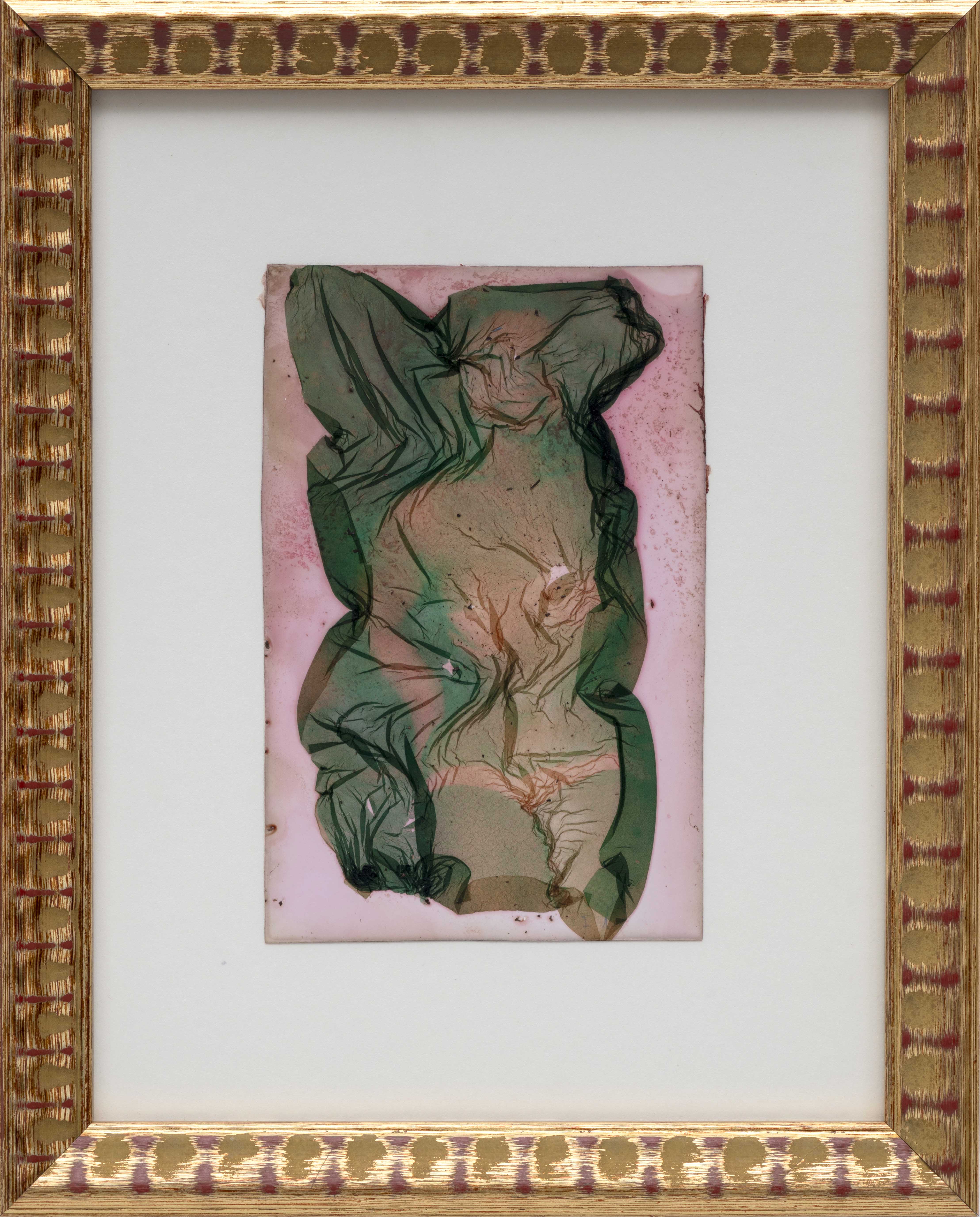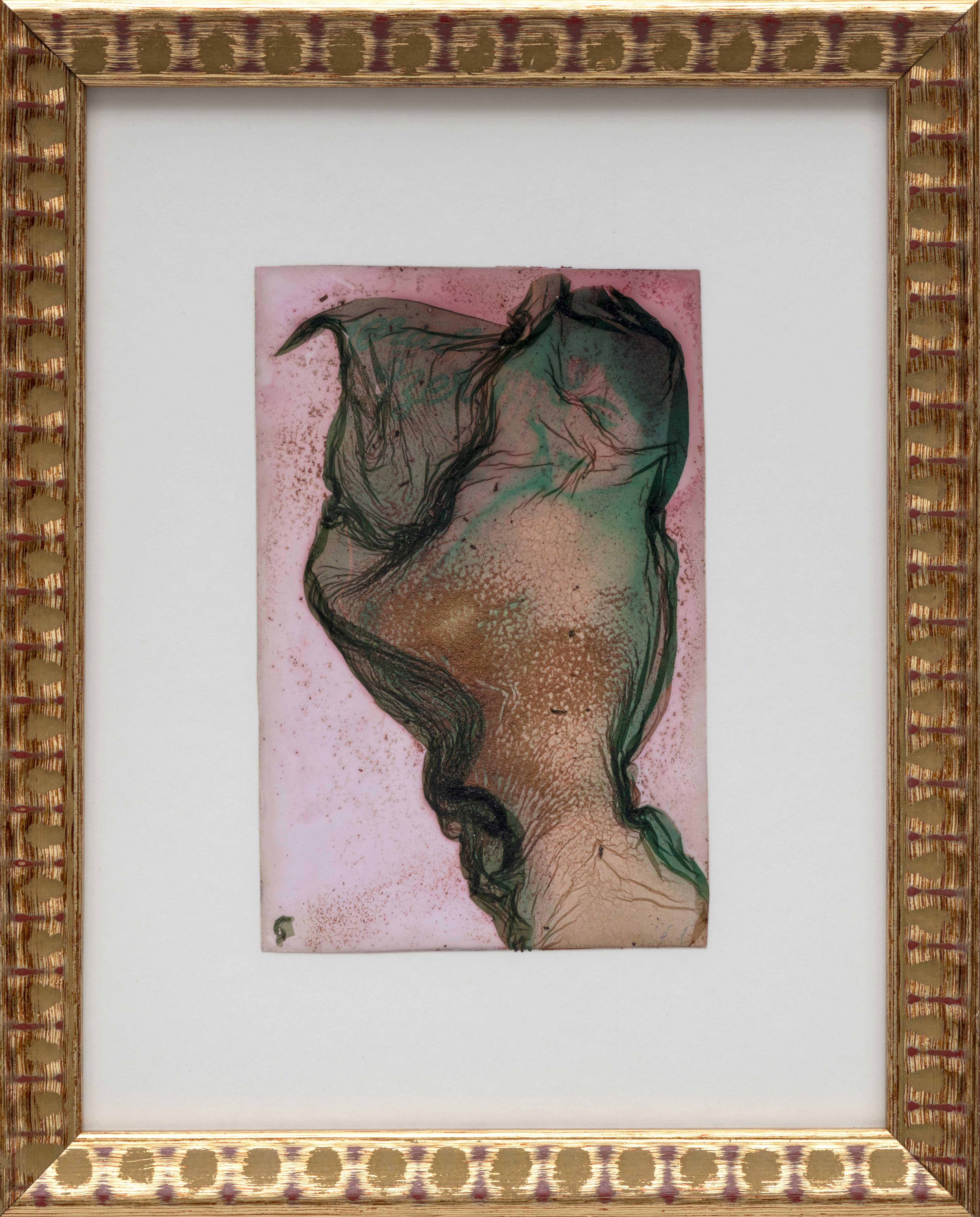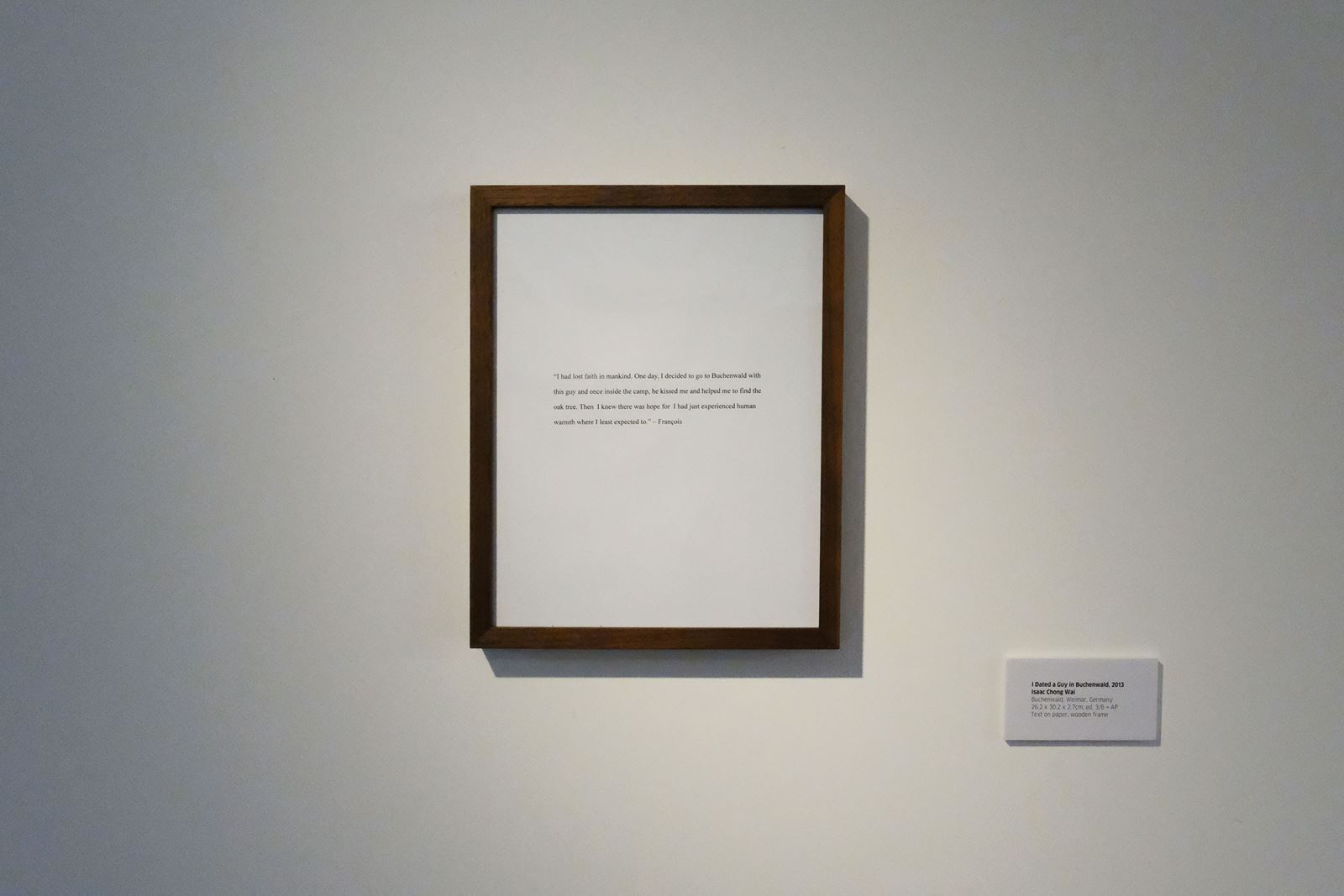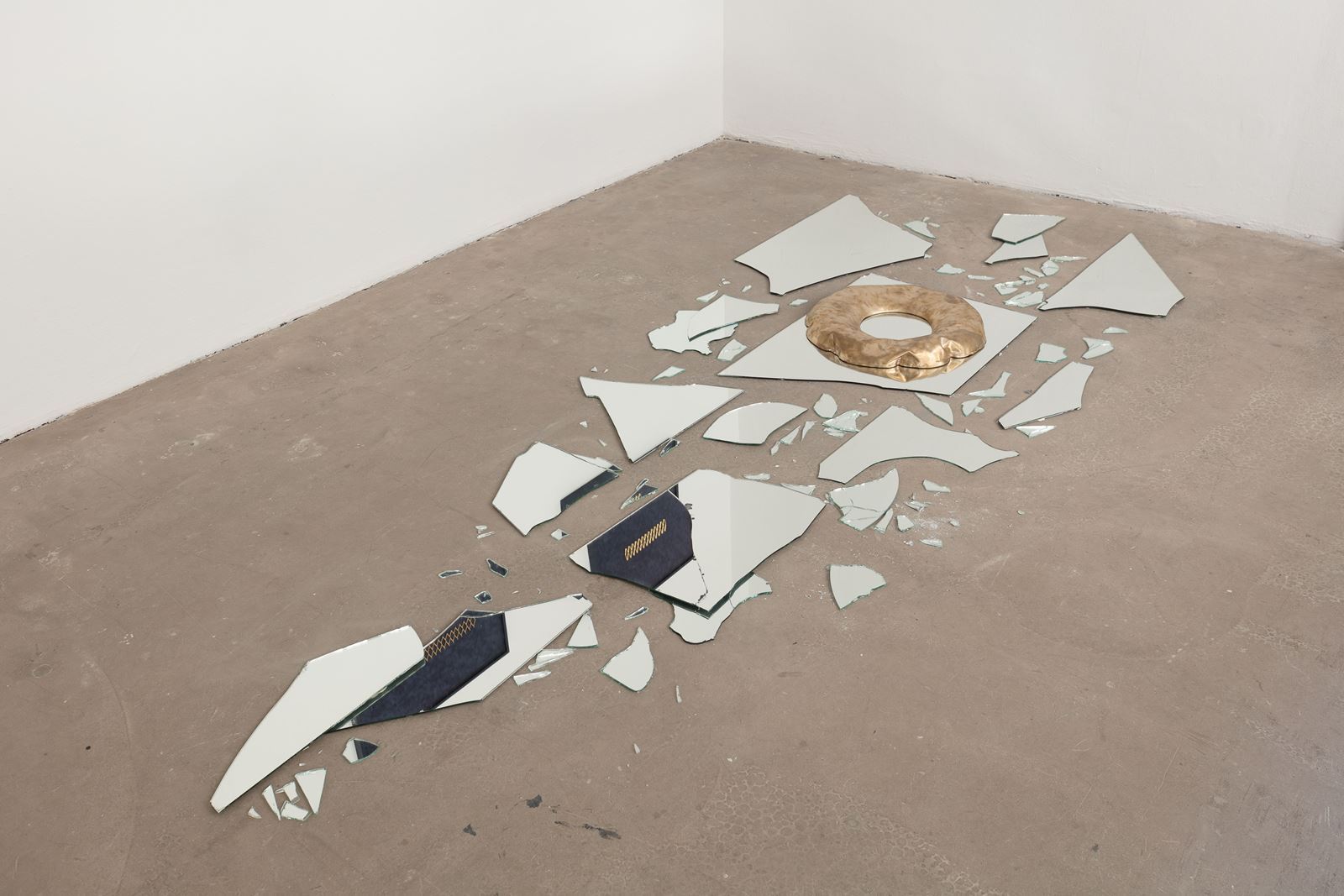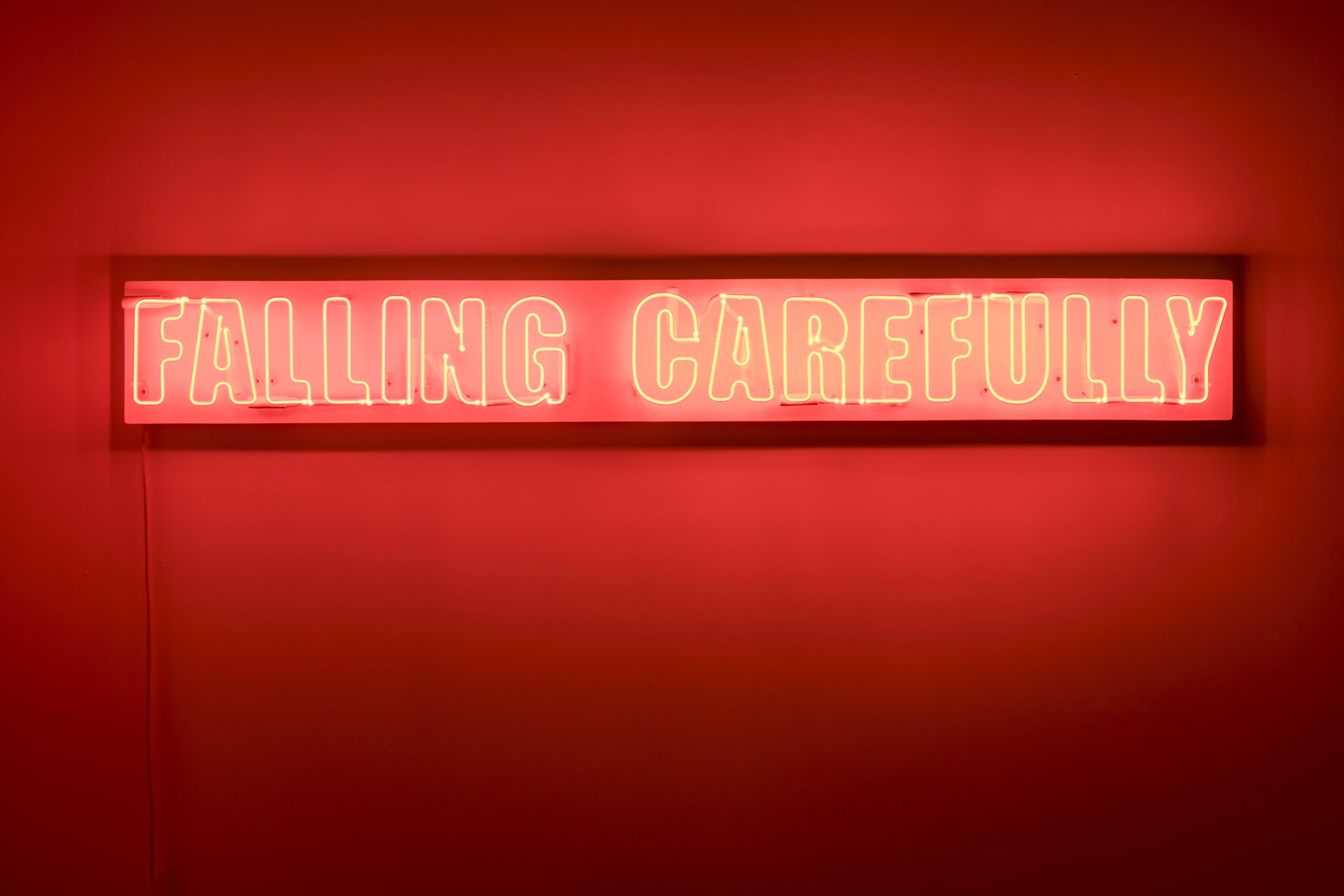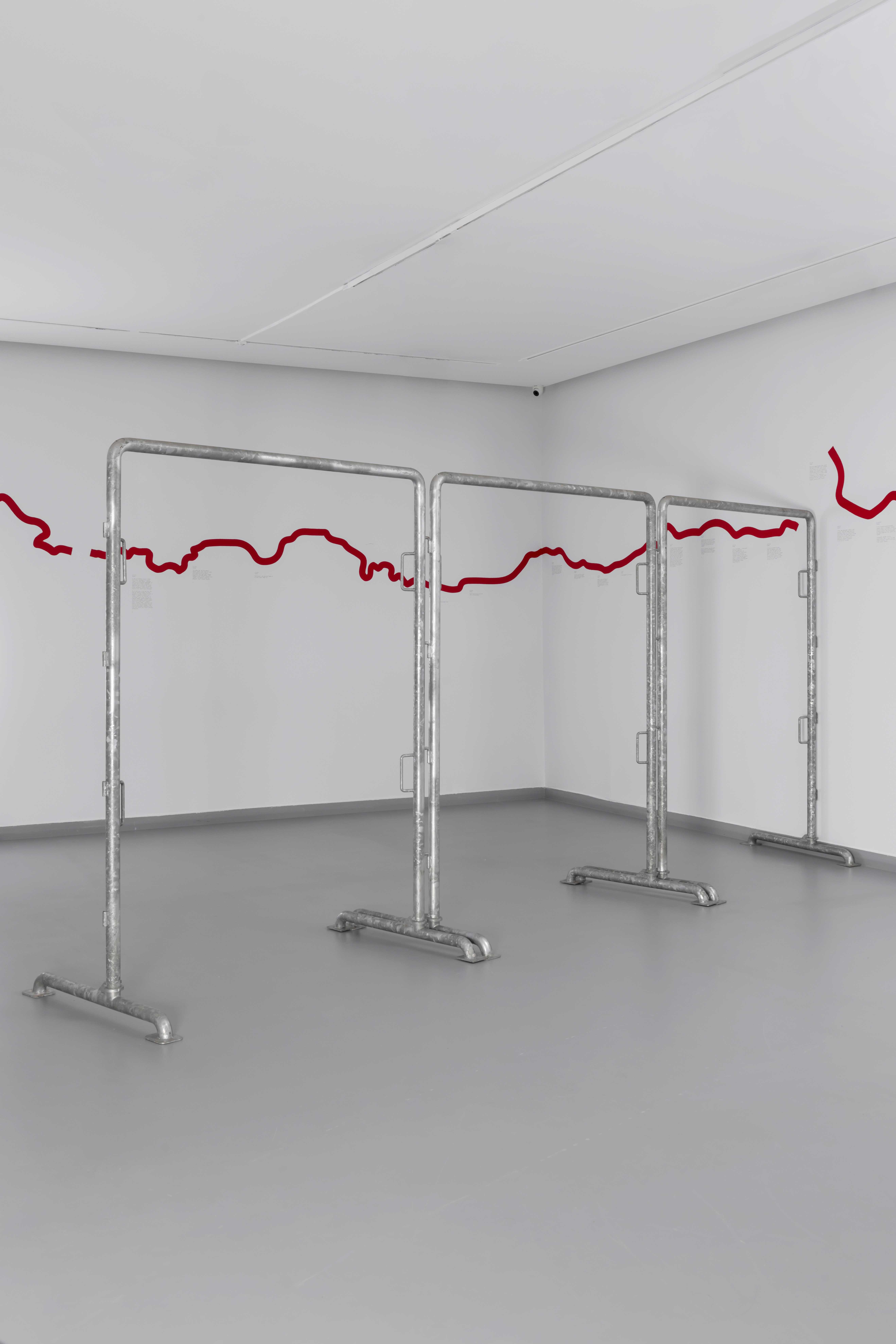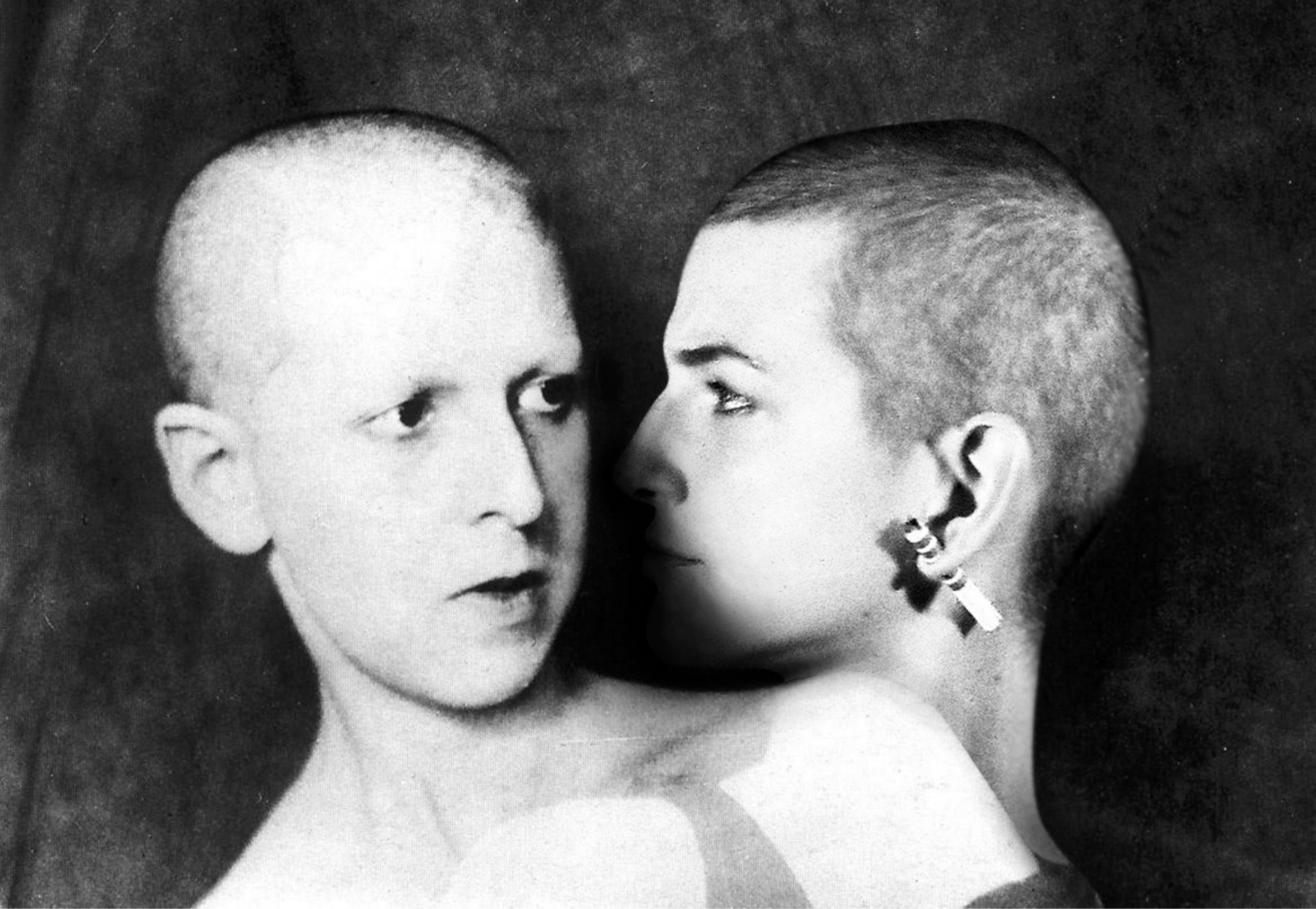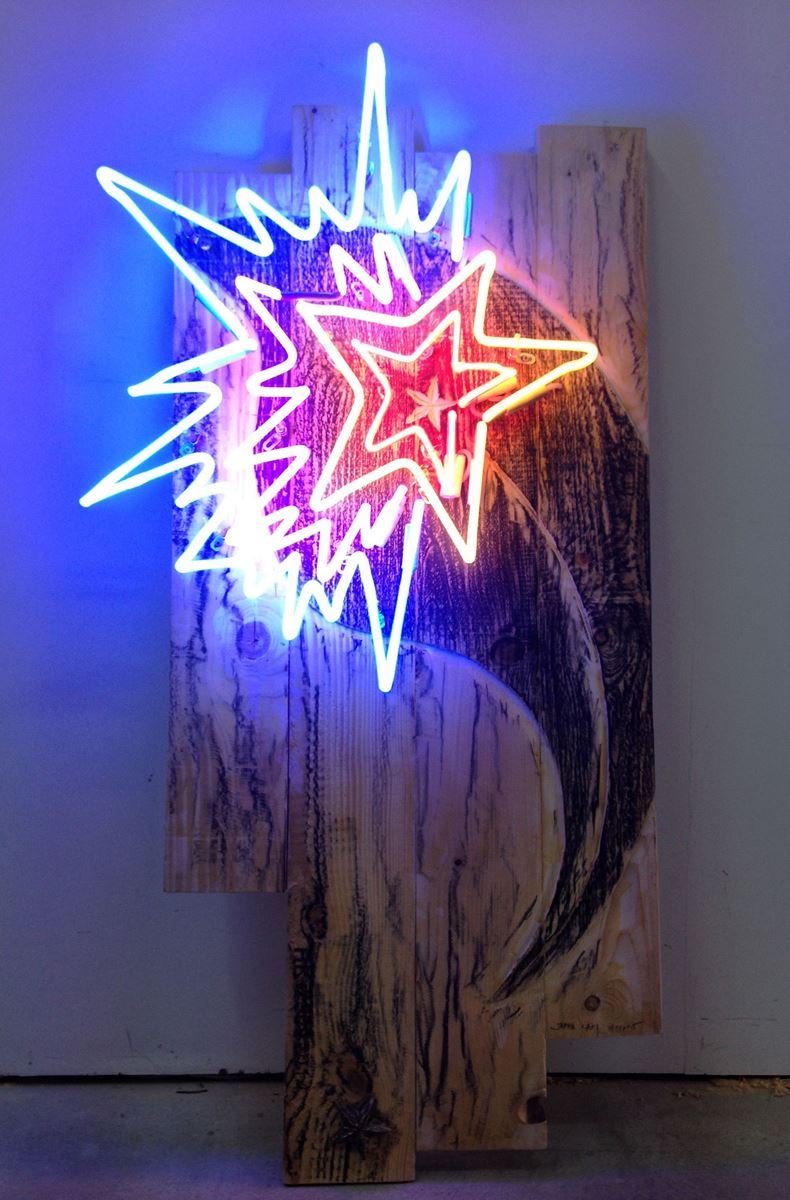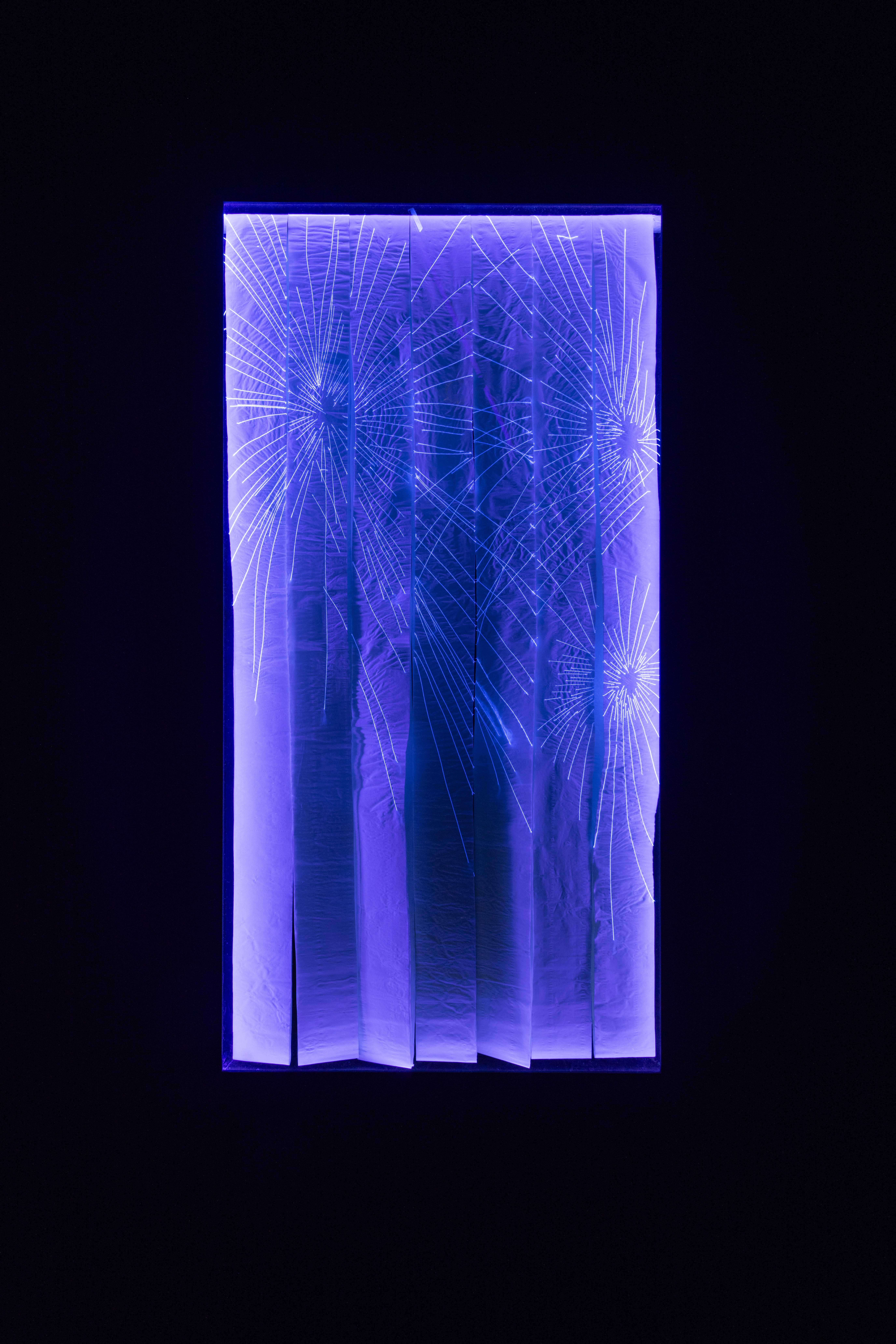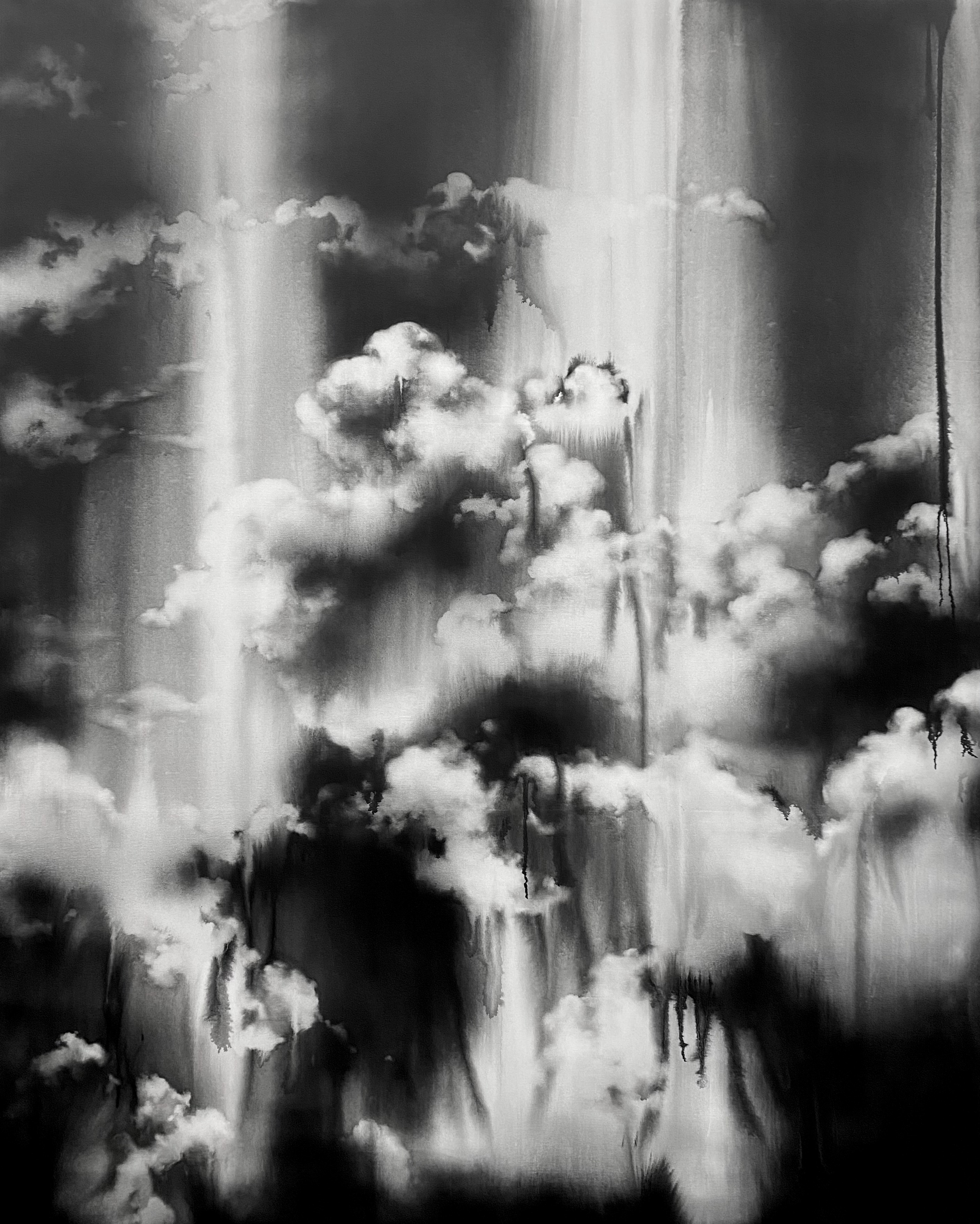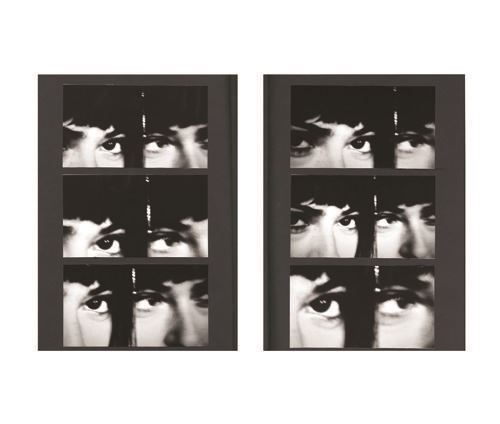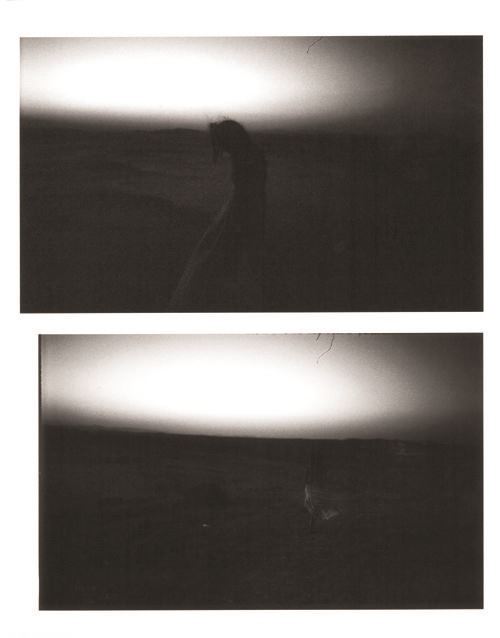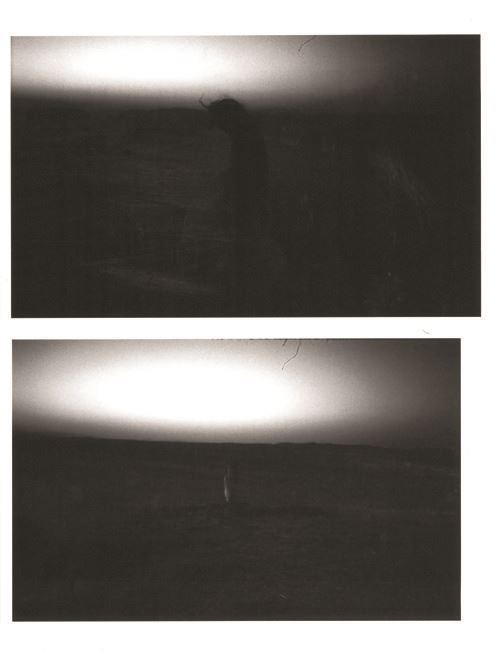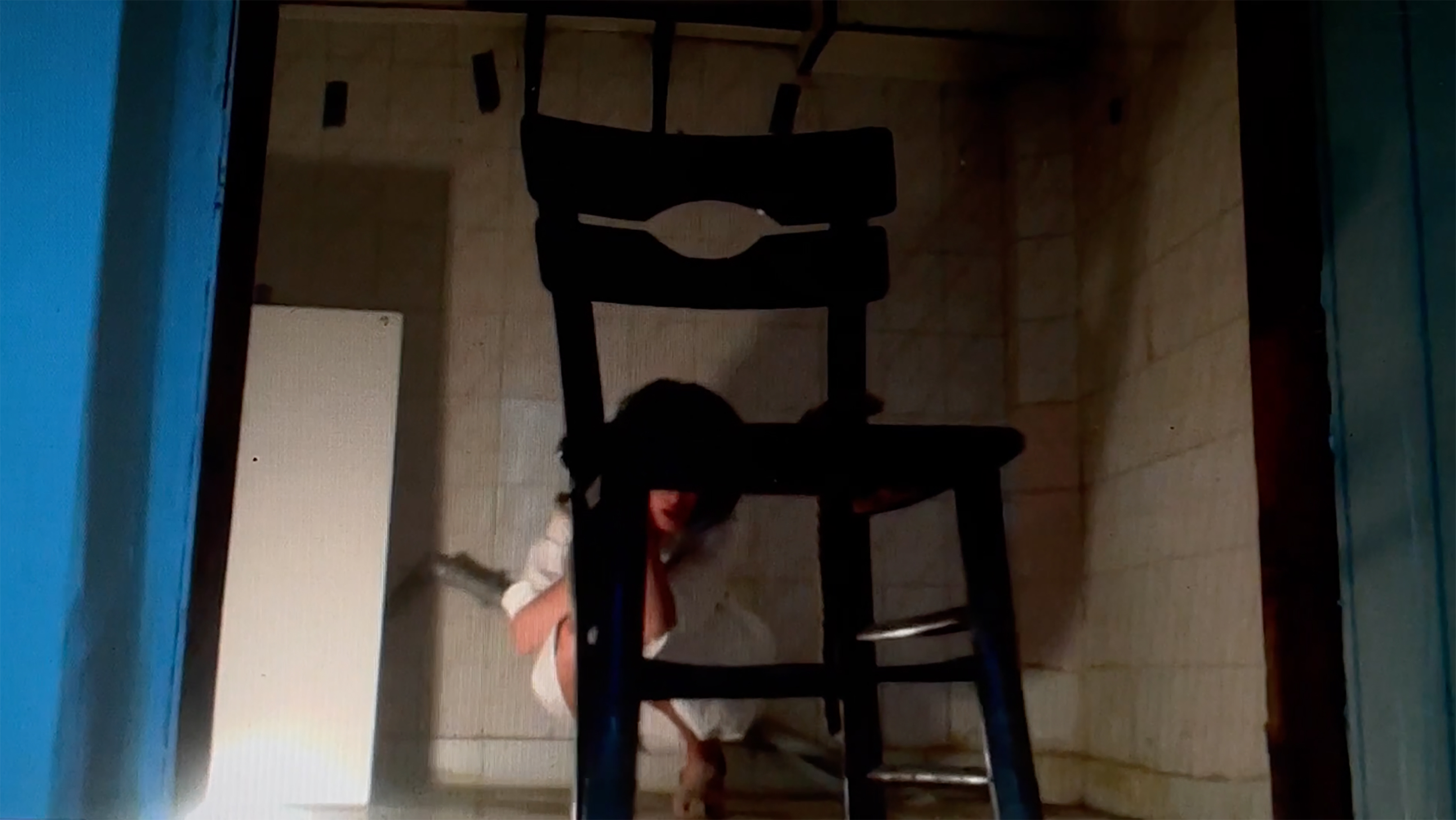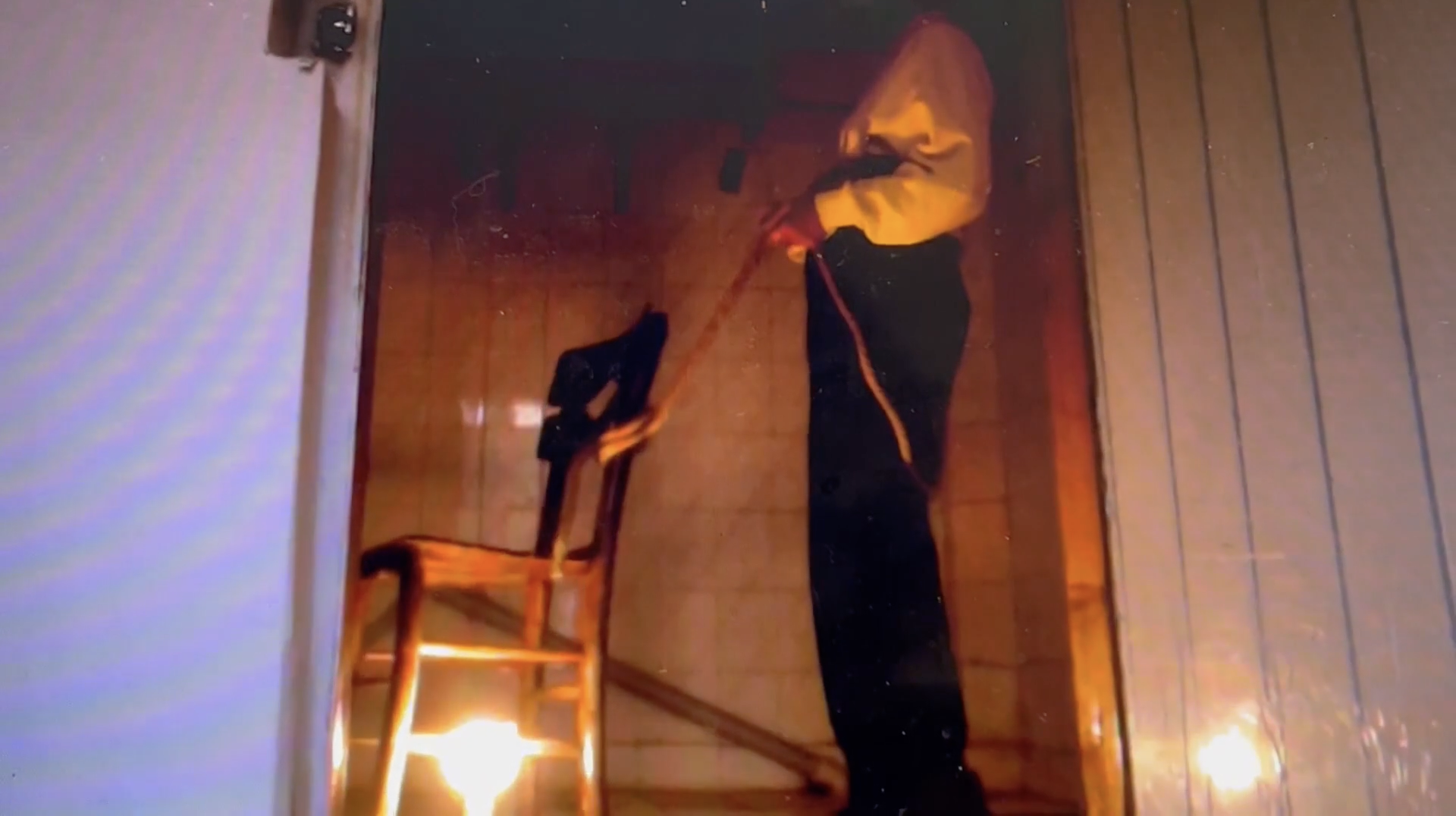2019
21/09/2023 - 25/11/2023
Zilberman | Istanbul is delighted to announce the group exhibition 2019 with works by Ateş Alpar, Alpin Arda Bağcık, Aïda Bruyère, Guido Casaretto, Isaac Chong Wai, Bawer Doğanay, Memed Erdener, Camille Henrot, Fatoş İrwen, Zeynep Kayan, Maria Klonaris & Katerina Thomadaki, Jaffa Lam Laam, İz Öztat, Furkan Öztekin, Erinç Seymen, Lucia Tallová, and curated by Yekhan Pınarlıgil. Reviving the sensual memory of the nightclub 2019 which opened in 1993 in a car graveyard right next to the Maslak auto industry site and quickly gained cult status, the exhibition can be visited between September 21 and November 25, 2023.
In the 1990s, the year 2019 seemed like too distant, a future that it will never come. It was a time too far away to be imagined and thus full of possibilities. It called to mind science fiction movies. Today, 2019 seems like a past that had never existed—a year that swings between existence and nothingness, a year sacrificed to the pandemic with no remains.
In the 1990s, the year 2019 was a nightclub. It was a space of freedom hauled from the future and an oasis where bodies resisting the domination of the routine and controlled life danced as if they were in a trance. Today it seems as if it had never existed. It is a hazy story, a fairy tale, a gradually forgotten urban legend that the transvestite grannies tell.
Night is a path that travels to the unconscious of the humanity. It is a pitch-black street, a bleak and daunting atmosphere, a luring tale, and indeed, a spell. Those who have the courage to follow the path are greeted with a heavy metal door in the end. Just on the other side of the door lies a festive place. Colorful lights, never-ending rhythms, music, dance, and trance.
The nights have always been very lively and zippy in Beyoğlu, or if you fancy the fairy tale name, in Pera. Even the intricate depths of the recent past cannot cast a shadow over the razmataz. Casinos, European style places with or without alcohol. The arabesque freshly taken out of the luggage of the newly arrived migrants; the belvederes flooded with the melancholy of the arabesque. Then, there are the jazz bars, the windows opening to the west. And, of course, the discotheques and dancing halls. Under the shadows of the military coups, economic crises, cold cases and pogroms, a vibrant nightlife with street demonstrations, Labor Day parades, and trams, exists.
This festive commotion is naturally eclipsed by the darkness of the 1980s. However, as soon as the livid atmosphere is cracked open, the nightlife enlivens in Beyoğlu. Perhaps, this time, the sound of the razmataz coming from the great depths is stronger and louder. Soft melodies flow out of the decent bars with few customers who drink café cognac. The sounds of shabby places drown out the calm. Metal music and head bang! And then rhythms of electronic music join the hustle of the nights. There are now alternative “weird” places which were hard to imagine until then. Valentino, Vat 69, and 1001. They are followed by Yeşil and 14. 19 and 20 are the most popular of them all. You enter the clouds of perfume and come out drenched in sweat. Spotlights, neon lights, very tall women with blue hair, bass in the lungs, rhythms, techno, dance, and trance.
And then there is the summer place of 2019. The nightclub, which has acquired the status of a cult in the memories, is located in a slightly different place than all the others. It was opened in 1993 in the car cemetery right next to the Maslak auto industry site. Its entrance reminds one of the prison gates or watchtowers on borders. The inside is completely independent from the outside, impossible to snoop. Passage through the tower is subject to strict control. What follows is another country or a prison that is much freer inside than outside. To reach the stage one has to pass through pathways between car wrecks. Lots of make-up, all sorts of colors, famous DJs, lithe performances, and horror shows; bodies, all different from each other, carrying their singularity on their skins, dancing in a frenzied rhythm just below the sky…
The exhibition, opened in Zilberman’s three exhibition spaces, aims to capture, in the light of 2019, the memory of these oases that emerged in Istanbul’s nightlife in the short period from the late 1980s to the early 2000s. Memory is not, as one might fathom, a collection of documents and rational historiography, in short, an intellectual exercise. The aim here is to embark on a subjective journey that focuses entirely on sensual memory.
Today, when you roam the streets or the corners of the city, you will come across almost nothing that might remind you of the undefined excitement that flourished thirty years ago, of individuals who could not be uniformized and, above all, of the feeling of freedom that prevailed on the dance floor and in the car wrecks. It is as if time has stopped, washed in bleach, dried on barbed wire, and then laid out on Pera. This exhibition aims to make the viewers feel rather than ponder on this past. It aims to trigger the feelings experienced by the bodies curled up on the runway of the nightclub back then; it endeavors to be an installation that will lure the visitors, make them forget the present for a moment, and take a look from the 1990s to the future. 2019 is a journey to long forgotten feelings, vanished freedoms, and lost time.
Ateş Alpar produces performance, video and photography works on social memory, traces, and broader mechanisms of control. His series Fısıltılı Tutkular (Whispering Desires) is part of an archive of more than 7000 photographs he has taken since 2013. Alpar captures the crossdressers and drag queens performing in nightclubs in Beyoğlu. His works in this exhibition focus on some of the gestures that have become commonplace and almost act as signposts in these performances. On the stage of 2019 or in the bars on the dark streets of Beyoğlu, the screams of the angels of the night and perhaps our gang turn into songs and their comedowns evoking vogueing at fashion shows become curtseys.
Alpin Arda Bağcık, often discusses in his works the ways in which reality is constructed by the mass media. Loksapin brings to the fore a procedure used by television language. All that flows on the screen is interrupted by a breaking news that conveys urgency and warning. There is an event, a scandal that disturbs the order. Perhaps it is a live broadcast covering the nightlife of Beyoğlu, perhaps something that would disturb sleeps has taken place… Darkness and transvestites, entertainment and dizziness, and the endless cycle of productivity has been disrupted. Will it be possible for the economy and ideology to calmly continue their rule? Things are not crystal clear. Someone has learnt to dance, someone else has begun to live differently at night. The artist first reproduces the familiar content borrowed from the television in oil paint and decontextualizes it. The distance created in this way makes it possible to adopt a critical take on what is going inside. Later, he reproduces the image over and over again with a technique that he created. However, each new copy appears to be blurrier than the the previous one. With each copy the truth of the image become less plausible. It is as if the image is drunk! The content is unsettled, and mere form turns into a frame that betrays the emptiness of the content.
Aïda Bruyère was born and raised in Mali. She later received her art education at the Academy of Fine Arts in Paris. Her work is naturally inspired by her experiences in these two countries. They carry the traces of pop culture and her experiences in Mali, especially the night life of Bamako. Her installation Never Again is a striking fresco inspired by the murals found in bars in many West African cities. An enormous body reclining in a nonchalant posture covers the entire wall. It has the air of spite against those who are dancing, perhaps on a beach or on one of the seats in the wreckage of 2019. It has a sassy and shady posture. Aïda Bruyère’s work tells the story of a night that travels from Paris to Istanbul to Bamako. Aïda Bruyère is a fierce warrior, her weapons are nail art, bootyshake, and make up. On the stage of 2019, they turn into an army, a mob which sways their hips, sticks out their tongues, and is ready to go into a trance, to attack with their nails red with lipstick, to blend into a glittering night with no end in sight. The rest is a dizzying twerk!
Bawer Doğanay has a colorful, vibrant, and fantastic world. Sometimes he is a muralist, sometimes he is a dramaturg who creates highly emotional scenes. His canvases in this exhibition are influenced by nightlife and resemble frames taken from the dance floor of 2019. They depict people who are in a trance and give themselves over to the rhythm. The lights are spears or gigantic fingernails that pass through the night and embrace the dancing bodies. There is also a portrait of a young woman watching those who dance, a woman of unknown height. She looks tired, perhaps a little melancholic, perhaps approaching the end of the night, perhaps carrying the night on her skin. The motives, barely discernible in the darkness, crisscross the exhibition, like flowers or weeds plucked from the summer place of 2019. The phosphorescent lights of the runway receive the debris, our debris, without haste.
Camille Henrot participates in the exhibition with a long video titled King Kong Addition. The artist superimposes three different King Kong movies from different periods (the original 1933 version by Merian C. Cooper and Ernest B. Schoedsack, the 1976 version by John Guillermin and the 2005 version by Peter Jackson). Playing with the transparency of the layers, she makes it possible for the viewer to follow the story, albeit with difficulty. But it is not a very comfortable experience. At times the viewer gets lost in the darkness, the image turns into a labyrinth, and the sound becomes chaotic. The most important thing that remains from the superposition of the three films is the passionate tension between the gigantic monster and the fragile young woman he holds in his hands. Unprogrammed, unexpected encounters of very different bodies, different consciousnesses, different creatures. It is more than an encounter; their journey together is a movie adventure or a one-night journey through the depths of cinema.
Erinç Seymen’s world can be entered into using some keys, some codes, some doors, just as his installation in the exhibition. A superficial glance reveals a perfect harmony. Hands in black latex gloves are carrying a painting. The painting is extremely colorful, done with incredible rigor as if it is a technical painting. However, it does not leave you in peace, you cannot get away from it. It offers itself to you, it has the air of serving you. But on the other hand, it captures you. The skin on the back of a man carries a very finely crafted tattoo. It looks like it is depicting the internal parts of a machine or the assembly of furniture. The details are done with a mathematical precision. You feel like you can understand it, but you cannot quite get it. In any case, the images here refer both to the stage of the nightclub and to the dark racket surrounding it. It is as if Erinç Seymen is giving us the codes we need to have to return to a period we have long forgotten.
Fatoş Irwen’s work explores issues such as justice, power relations, belief systems, and gender politics. Her two installations in this exhibition, namely Güvenlik Ağları (Safety Net) and Gülleler (Cannonballs), are made by weaving women’s hair. It is possible to read the work from many different angles. It refers to the position of the female body in patriarchal societies, it tackles political issues in contemporary Turkey, it underlines the artist’s highly subjective approach. And the scenography of 2019 brings a different perspective to these two installations, without overlooking the essence of the works. The cage made of hair is reminiscent of a spider’s web in the nooks and crannies of a nightclub. The cannonballs are scattered around like the eggs of the mother spider. From a completely different angle, it is possible to see a map of the sky with the cannonballs as distant planets and stars. Fatoş Irwen tells a story from the deepest corners of the club to the farthest reaches of the sky.
Furkan Öztekin is known for his collages. In 2019, we see a unique collage series which he attributes to stage artist Ceyhan Fırat. This is accompanied by a replica of the crown Ceyhan Fırat used on stage as a performative sculpture. In this way, the artist reminds us how fleeting but essential the glow of stage life is. No matter what happens at night, no matter how free the clubs are, the party always comes to an end. Maybe there is a bit of melancholy here as well. Another installation by the artist, spread across three exhibition spaces, returns to the time when the clubs were closed. The signs have been dismantled and taken down. A transformation begins, both in the spaces and in the socio-political context. What is to come is not yet known. But it is a matter of time that these spaces of freedom would be transformed into highly controlled commercial establishments under the guidance of completely different economies.
Guido Casaretto has created a very special new work for 2019; a series of sculptures exhibited in three different spaces of the exhibition. These works, which have been created by transforming waste car seats, can be called banks or chairs on which one can sit. They create a passage, a tunnel between the exhibition and the physical space in which the nightclub has been located. They seem like the extensions of the space that no longer exists, resisting the passing of time. 2019 was a dance floor situated in the middle of a car graveyard, an oasis with an open center. A post-industrial graveyard! A space that heralds the end of our not-so-successful civilization. In this graveyard, the bodies that civilization could not contain, the movements it could not control, the individuals it could not dominate, had forgotten the rigid and aging system that was malfunctioning on the outside. For a night or so…
Isaac Chong Wai is participating in 2019 with many works. One of her works is the neon installation Falling Carefully which is located at the very center of the exhibition. Again, it is possible to offer multiple readings of this work. But when we think of the stage, it reminds us of people who are intoxicated by dancing or alcohol, by the open air and performances, tottering and deliberately letting themselves go and gently falling. They call to mind the movements of the Vogue performers, sometimes hard and sudden and sometimes slow and deliberate. Abruptly breaking free from the rigid and regimented march of the fashion show, letting go of the weights and dropping to the ground only to suddenly reach the sky. Another thing the work might suggest in the context of 2019 is the comedown experienced at the end of the night. After a night spent in a completely different dimension, in an uplifting and extremely lively atmosphere, the lights of the club turn on, the music stops, and people’s voices are heard again. With the ghost of rhythm in their ears, those who have descended to earth from the planet 2019 slowly disperse, a little melancholic but surely knackered. Isaac Chong Wai’s installation is like a well-intentioned wish for a caring ending.
İz Öztat has two different works exhibited in 2019. Eşik (Threshold) is an installation consisting of suspended high metal barriers. It divides the dance floor of 2019, reminding us of the fact that the space of freedom we experience is limited. Öztat starts from the aesthetics of the barriers used by the police to manage human movement but moves by modifying the objects. These barriers, raised high enough to be passed through, cannot fulfill their originally envisioned function, that is, they cannot prevent human passage. The aesthetics constructed by power are present, but the objects are unfunctional at this point. Another work in the exhibition is a photograph, a portrait, which the artist calls Sisters (After Claude Cahun). The faces depicted seem to come from another time. One senses that there is something that brings them together, an almost uncanny resemblance. There is an inaudible, rationally inexplicable dialog between the two figures. This is an encounter which we can feel perhaps in the darkness of the soul and beyond the control of consciousness.
Jaffa Lam Laam is an artist from Hong Kong. As such, she is very sensitive to the transformation of the region in which she has been living in recent years and the fact that the region has become a scene of conflict between two countries. One of her works in the exhibition, Shot the Star, refers to a resistance movement that took place in Hong Kong in 2014. The people, who resisted the sanctions of China, to which they were subjugated, took to the streets in all their diversity. Since then, however, freedoms in the region have had to be confined to highly controlled areas. This regression is a situation that we also experience and feel in our geography in recent years. When we looked from the 1990s to 2019, there was a future full of hope and progress. But today many things seem to be lost. However, we need color, sparkle, hope, freedom, rainbows, nights, dancing, and of course, a breath of air free from domination.
Lucia Tallová’s glorious painting of the sky, Clouds, stands slightly above the dance floor of 2019. It is a blurry and dizzying sight. It is a state of self-forgetfulness, just like the state of the bodies in the nightclub which recline in car wrecks tired from dancing, sleeping, dreaming, and daydreaming with their bodies facing the vast sky, the ceiling of the nightclub. The same sky may look very different from other places. Elsewhere it can be extremely gray, a heavy dome over humanity, extremely monotonous, extremely boring! But the sky above 2019 is no longer a boundary between above and below. It is a permeable and light habitat where bodies that know how to ascend take refuge, where strict rules do not apply. Tallová’s collages in the exhibition depict dozens of different ways of thinking on and reconstructing the body.
Based in Paris, Maria Klonaris & Katerina Thomadaki have been working together since the 1970s, using various media such as performance, experimental cinema, video, and photography. They have two works in this exhibition. Their first work is a video titled Requiem for the 20th Century. Maria Klonaris’ father was a doctor in Alexandria. They take a photograph of a hermaphrodite they found in his archives and bring it closer to the image of an angel. In the video, this supra-gendered, trans-gendered, angelic body, standing with a blindfold, confronts the traumas of the last century. It resembles the tension between 2019 and today’s reality. In another video, Pulsar, named after the acronym for pulsating star, the duo also uses the image of an angel, but this time the angel is Maria Klonaris herself. She performs a hypnotic dance in front of the camera; it is as if she is in a trance and the aesthetics of her movement call to mind images from an intergalactic planet. Klonaris’ passionate dance seems like it can guide those who have forgotten themselves in ecstasy in 2019.
Memed Erdener’s highly entertaining Pinocchio sculpture is one of his works displayed in this exhibition. It is an ode to irony and laughter. Pinocchio is a sculpture that mocks the domination exercised over us. The puppet itself portrays the control, it has a very cute face, but it gives itself away. His nose is elongated because he has started to lie. How long will he be able to look down on us? How long can he continue his lie? And how long will we tolerate the power he exercises? Erdener’s second work in the exhibition is a painting titled Bul Beni (Find Me). Who are we going to look for? Who will we find? And what will be helping us in our search? Probably the senses. We cannot perceive everything with the five senses. For instance, the moonlight, we can only see it. In a nightclub, all five senses are working. “We have five worlds. Whoever loses one sense loses a world,” says the artist! Therefore, we need to enjoy the five worlds before the sunrise and appreciate them before they disappear.
Zeynep Kayan’s works in the exhibition are important not only for their sounds but also for their images. For instance, the silence in her photographs… The nightclub closes, the lights turn on… It is the moment of silence experienced just before night comes to an end. The bodies under the influence of the music are disconnected from the physical space they are in for a moment when the sound is turned down and the lights are turned on. They leave in silence. A walk into the darkness begins again. The bodies begin their search for new nights. Kayan’s two videos in the exhibition are about the other end of the sound. The works capture her performance with a chair perhaps done in the backstage of 2019 or maybe on the dance floor just before or after the party. The place is empty. There is only sound, a sound that is disturbing and mesmerizing all at once. It is reminiscent of the pitch made by the DJs in the middle of the beat; or perhaps it is a scream heard on the dance floor. You must listen carefully!
** The exhibition does not aim to write the specific history of 2019 or any other nightclub or to analyze Istanbul nightlife. It is a subjective installation aiming to remember the feeling of freedom experienced in Istanbul's nightlife in the 90s.
» SIEHE AUCH
Artist Pages
- Alpin Arda Bağcık
- Guido Casaretto
- Isaac Chong Wai
- Memed Erdener
- Fatoş İrwen
- Zeynep Kayan
- Jaffa Lam Laam
- İz Öztat
- Erinç Seymen
- Lucia Tallová
